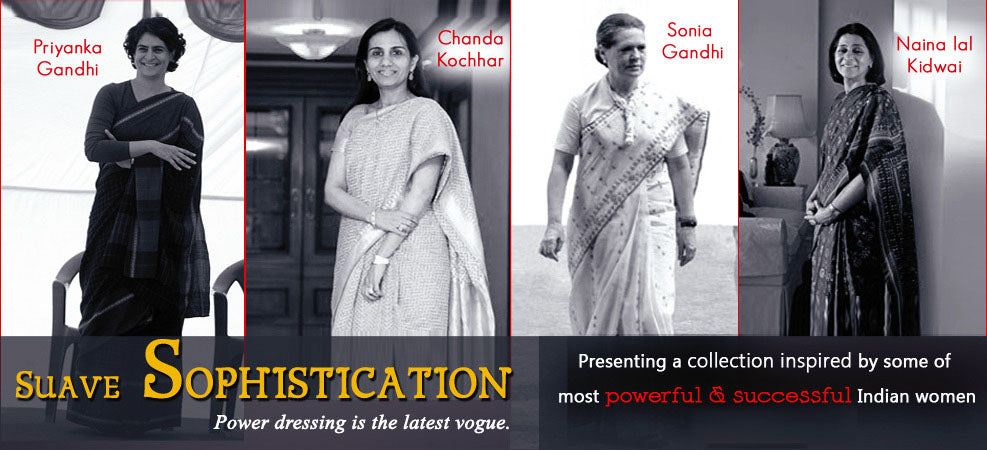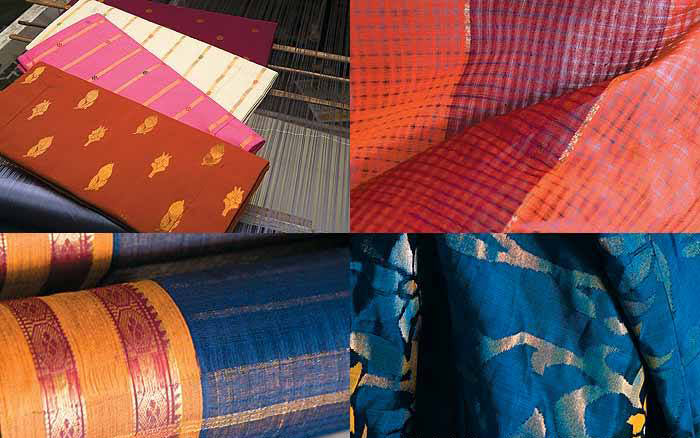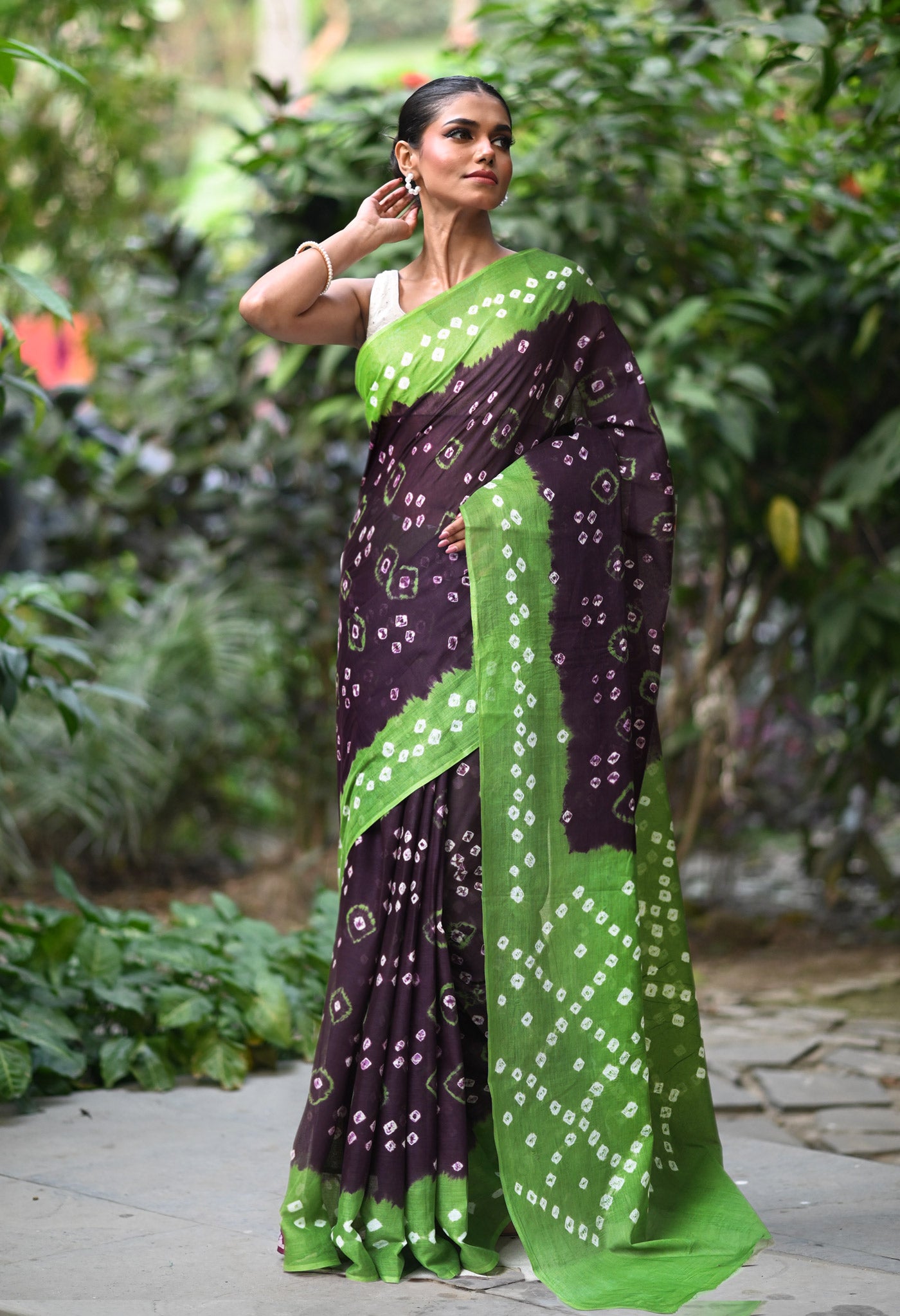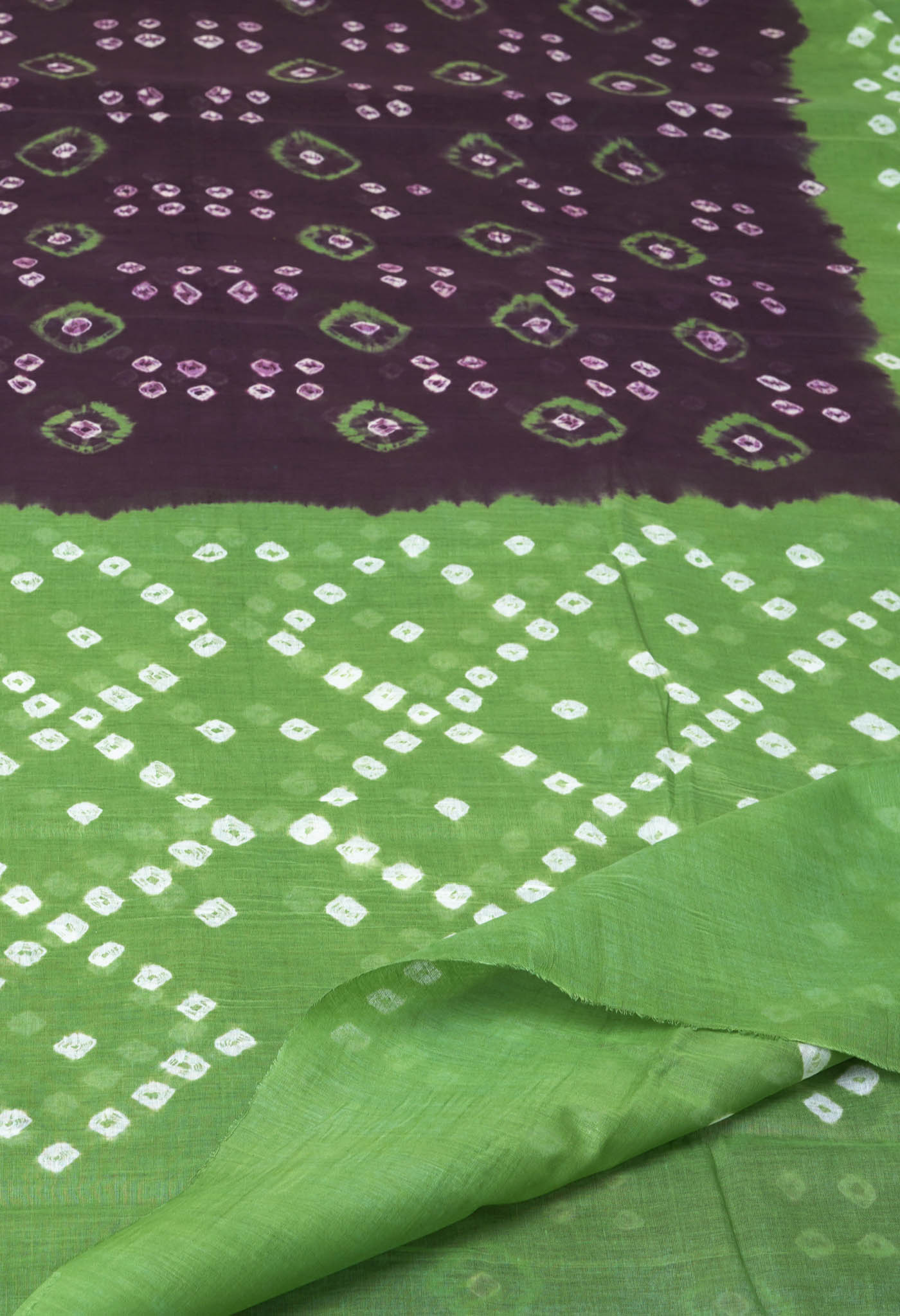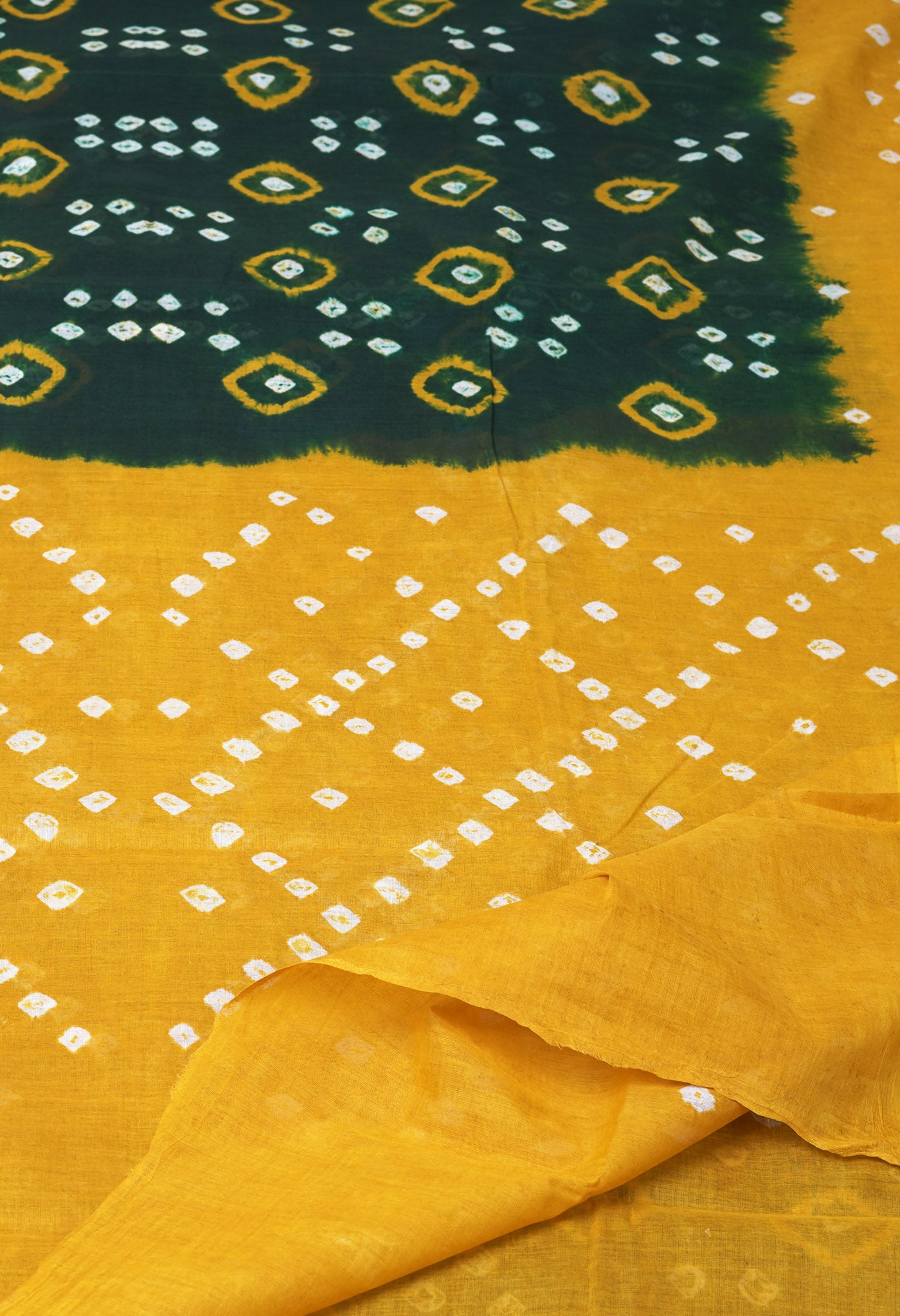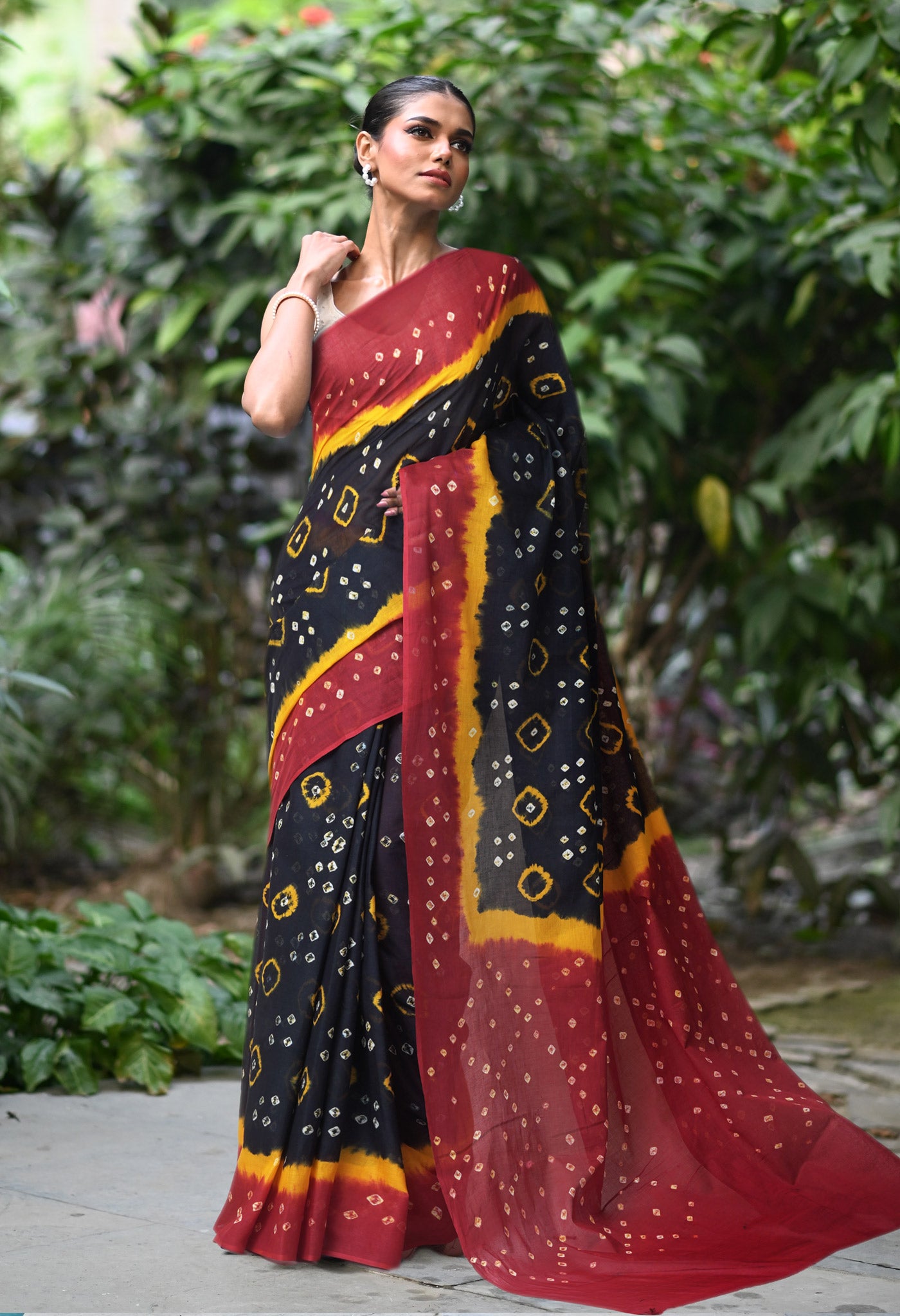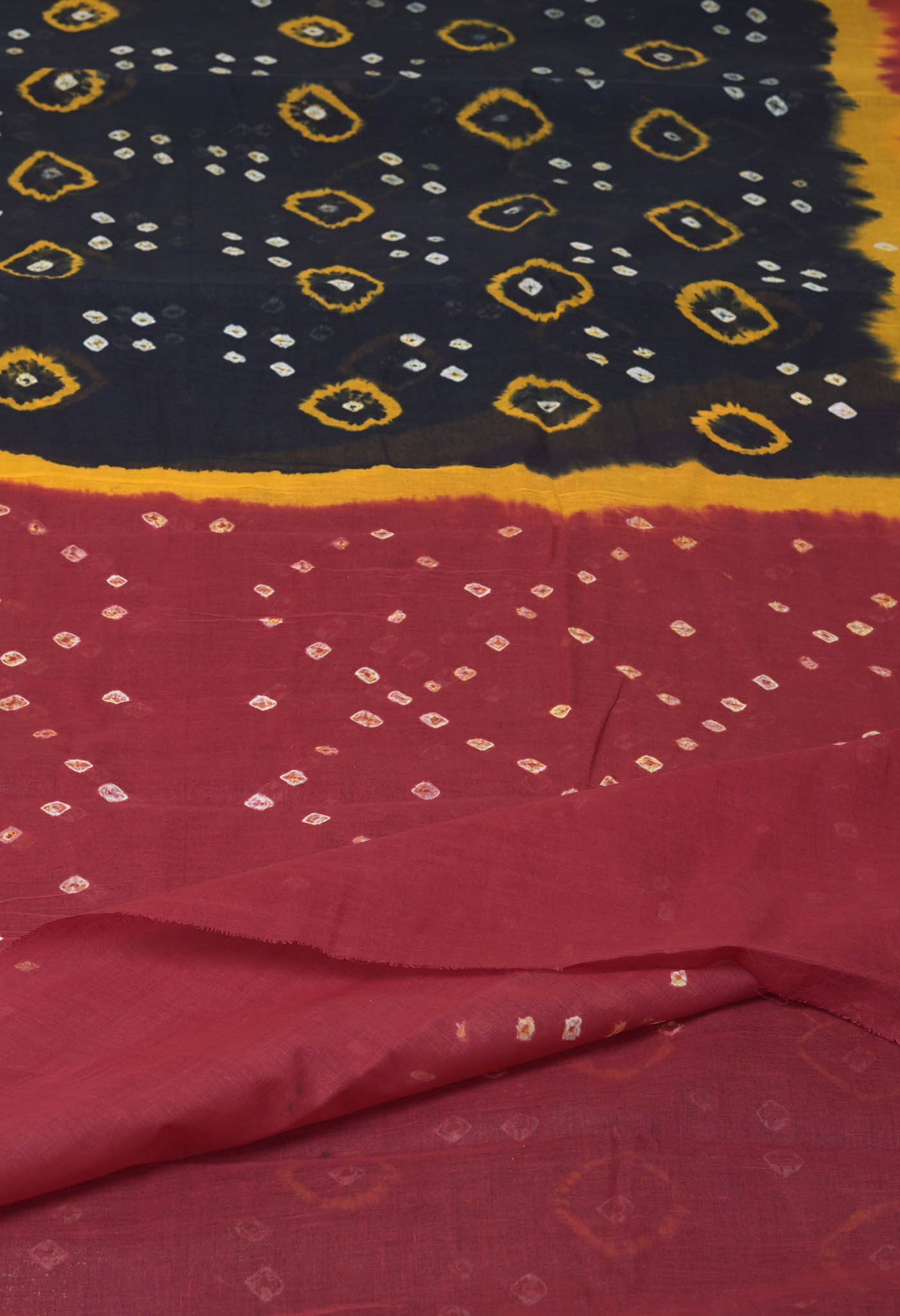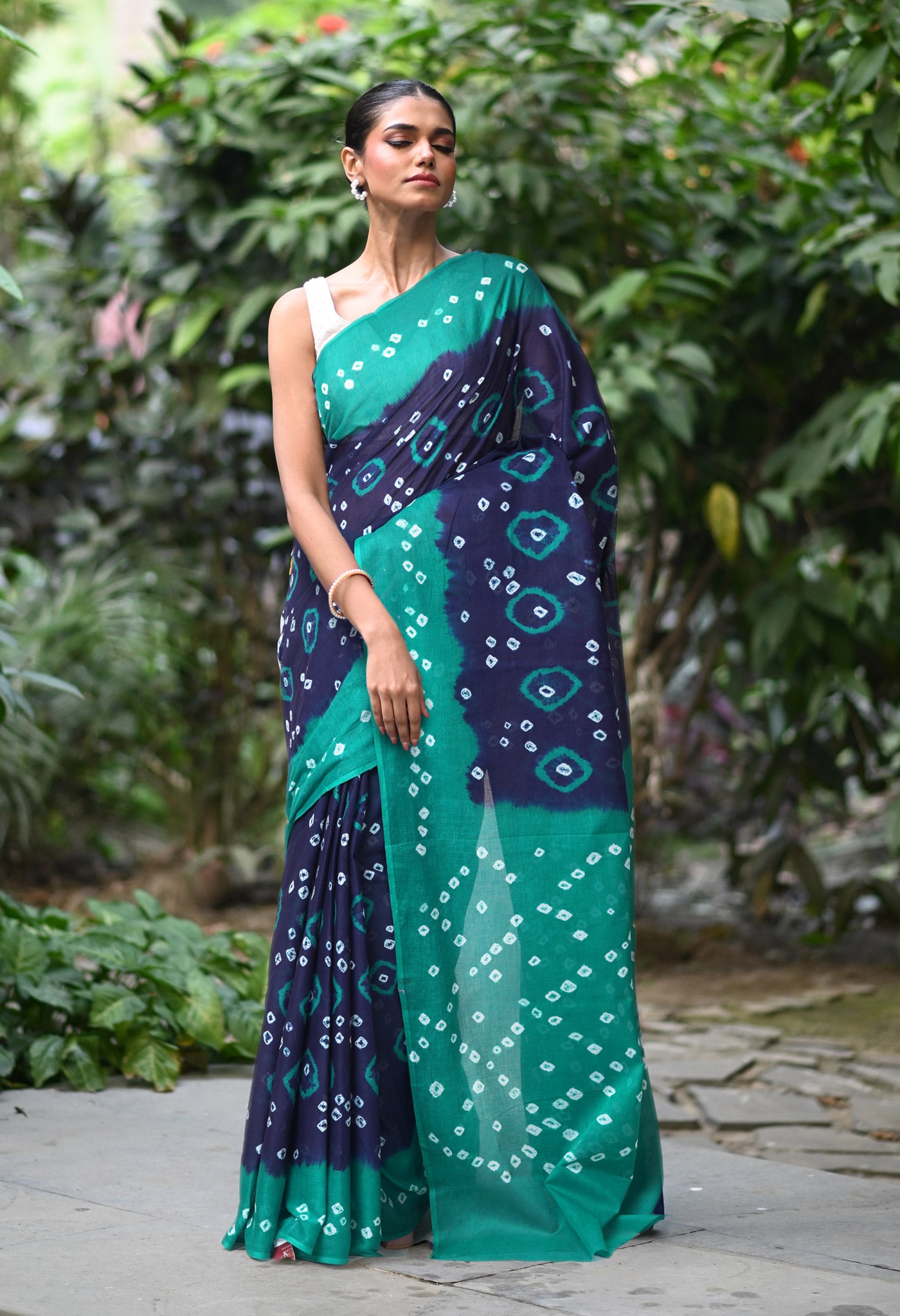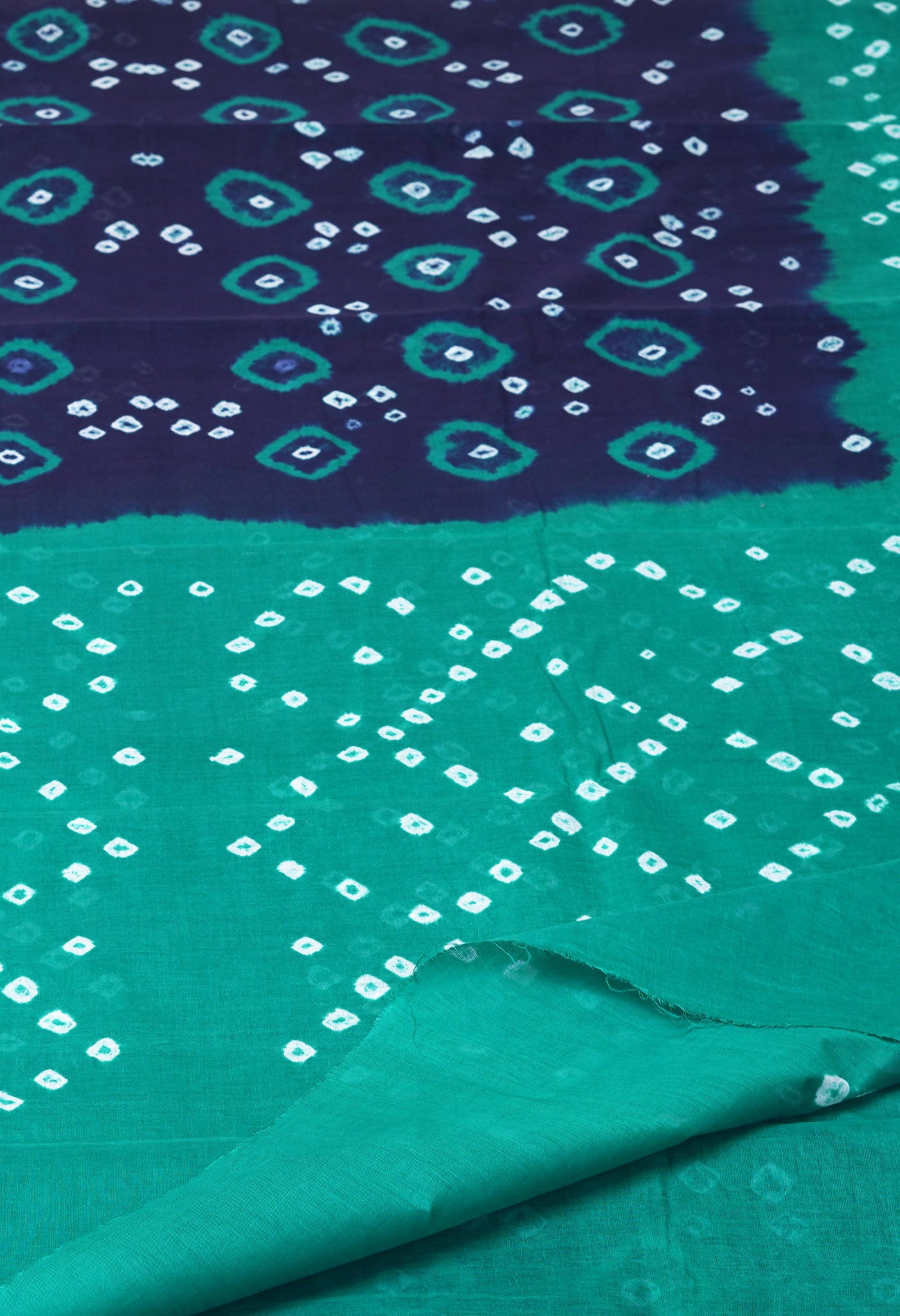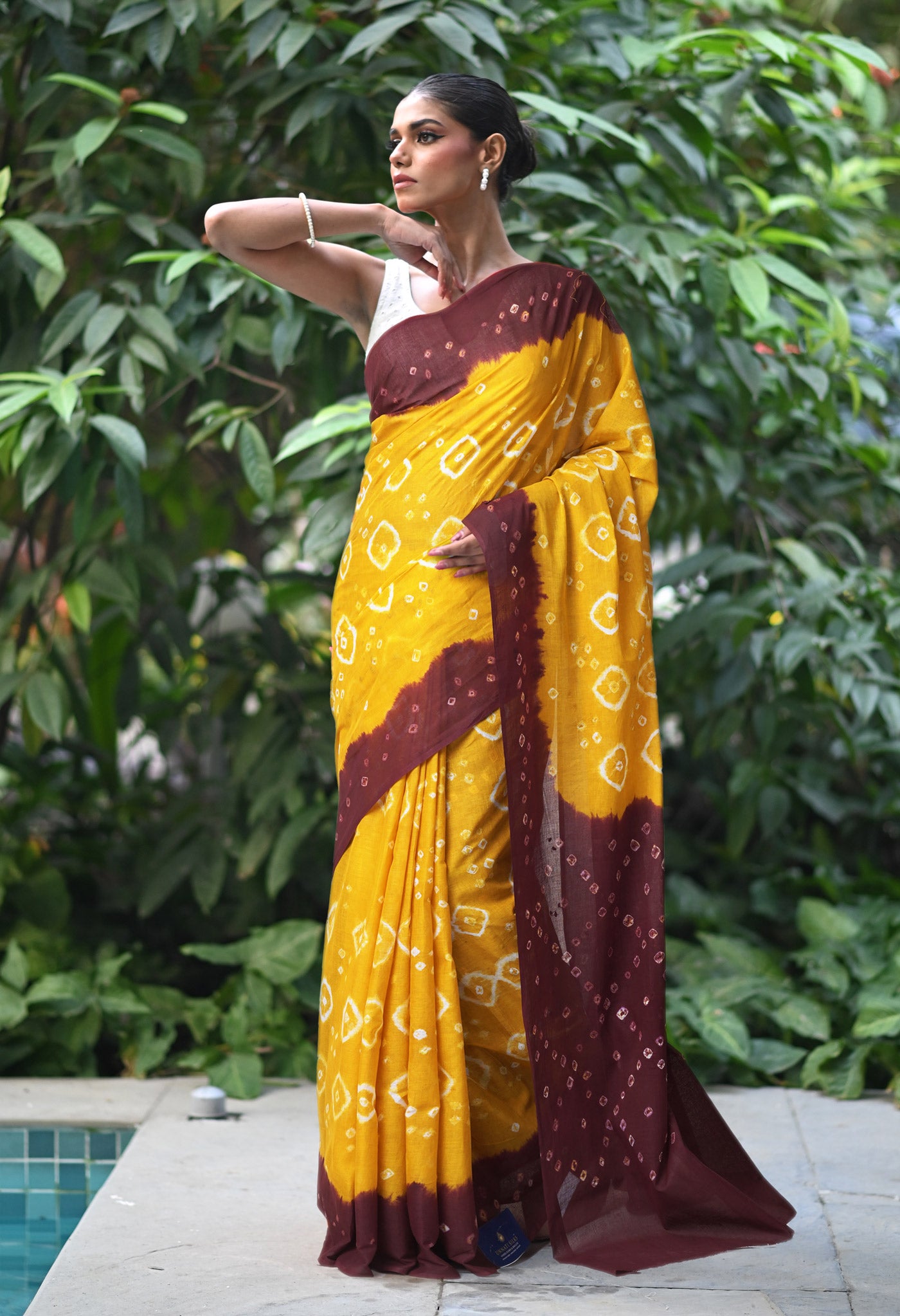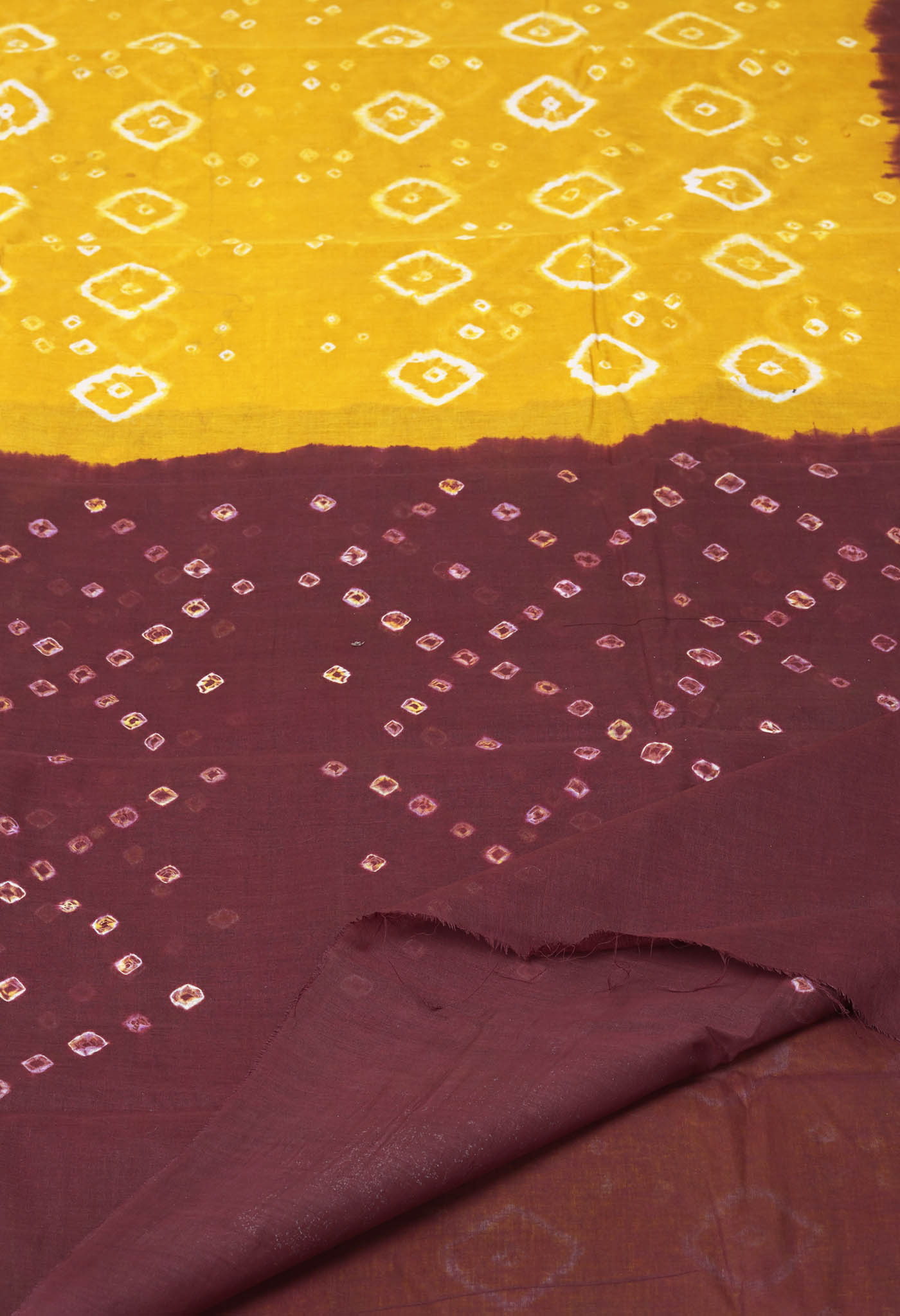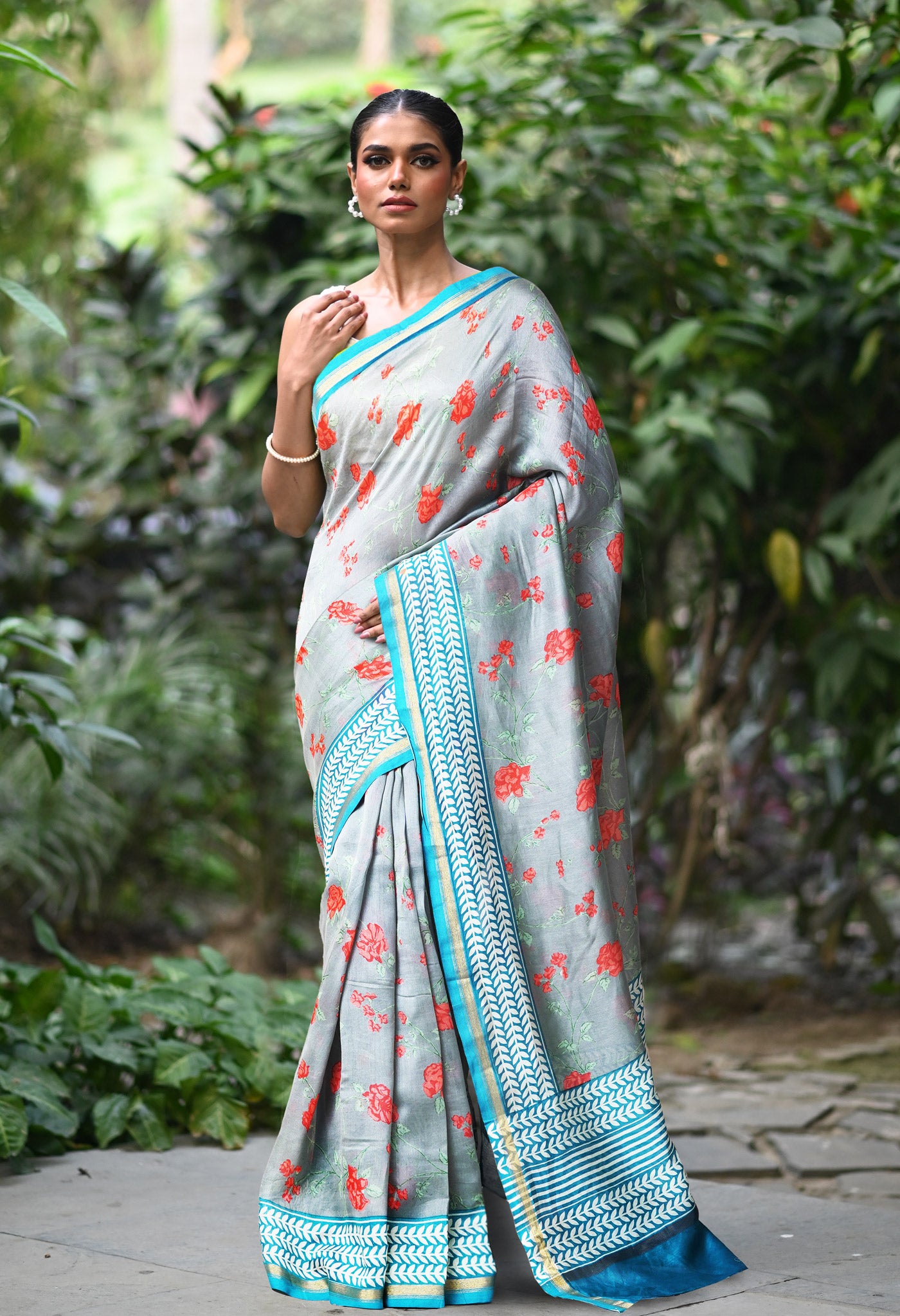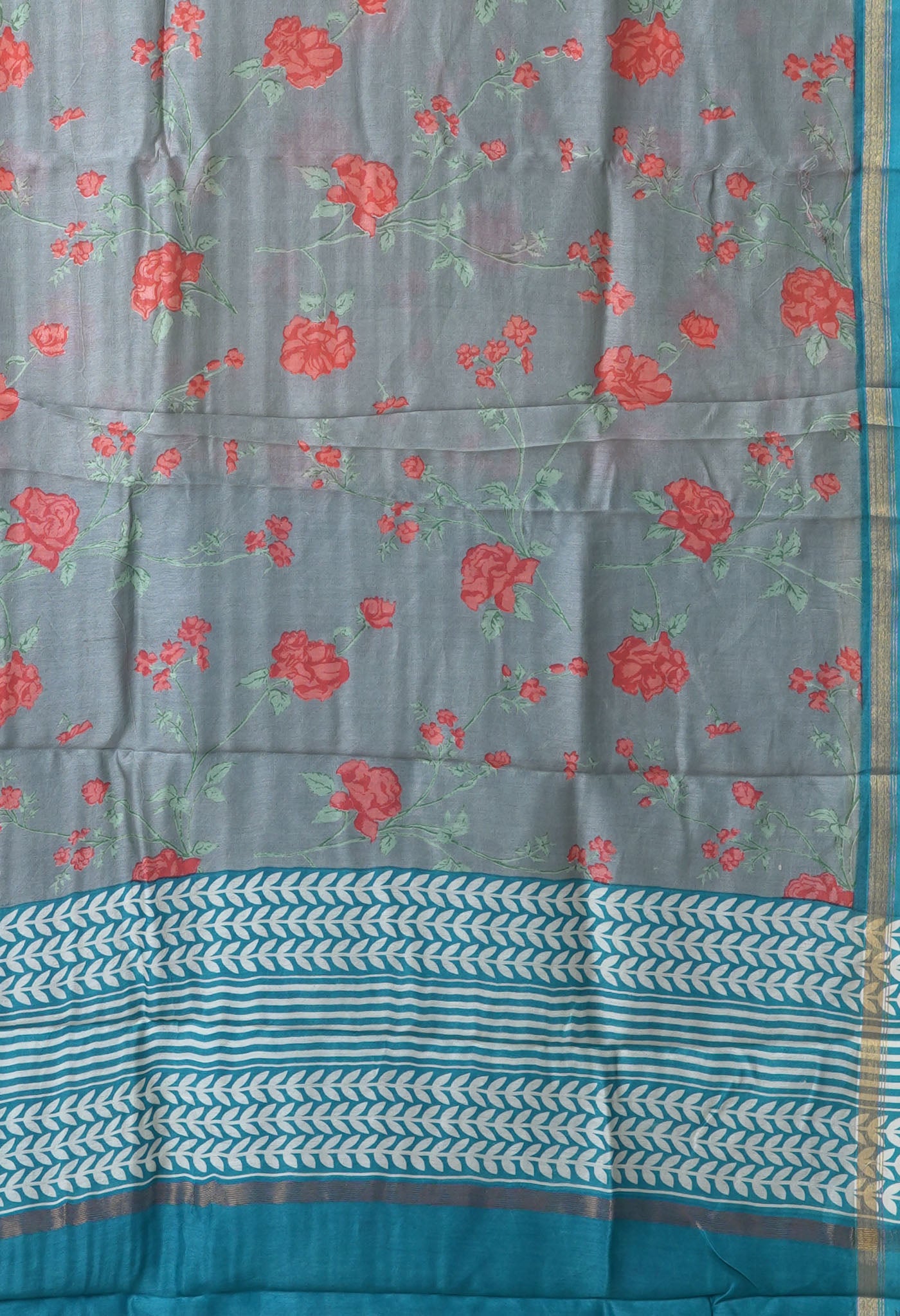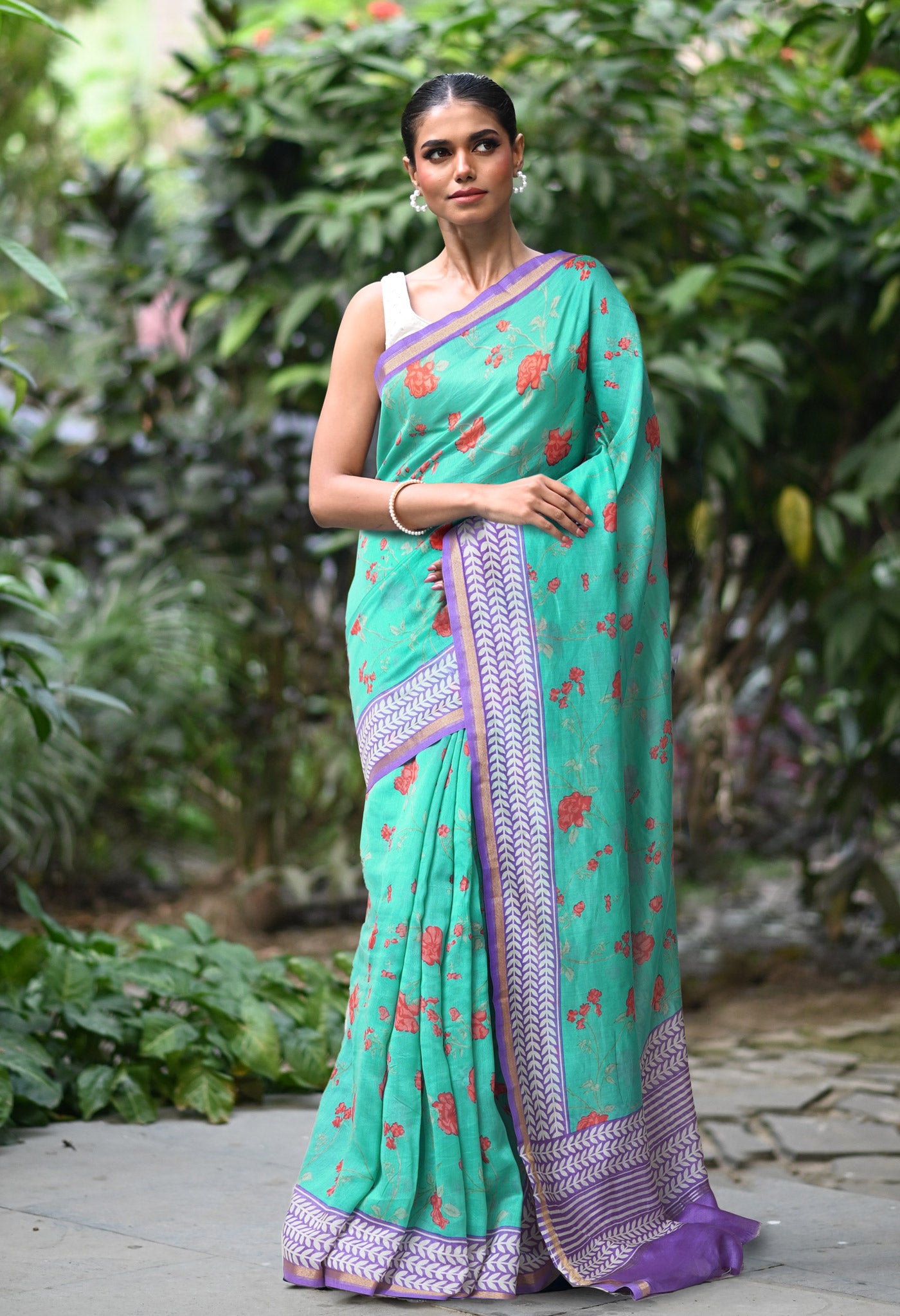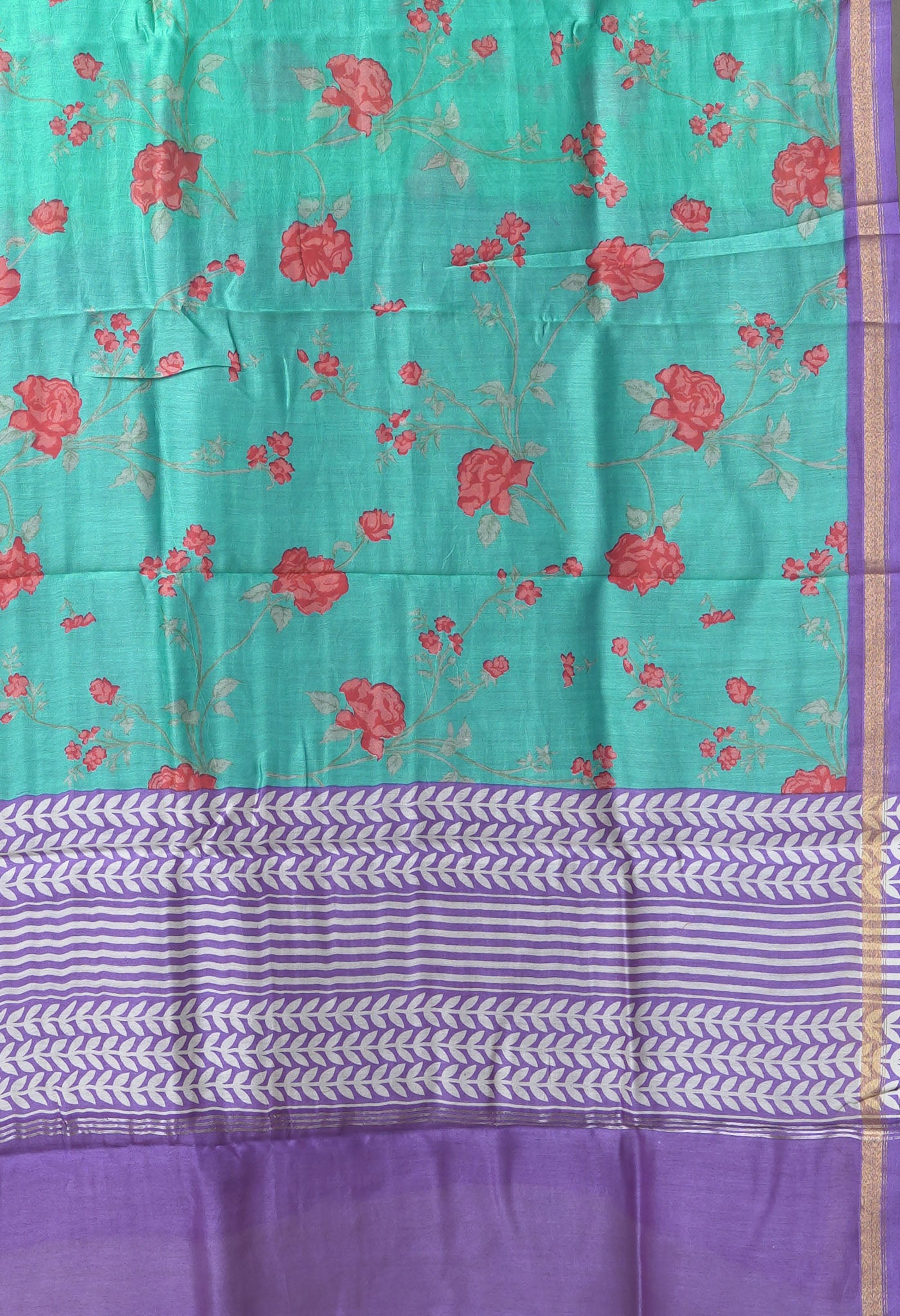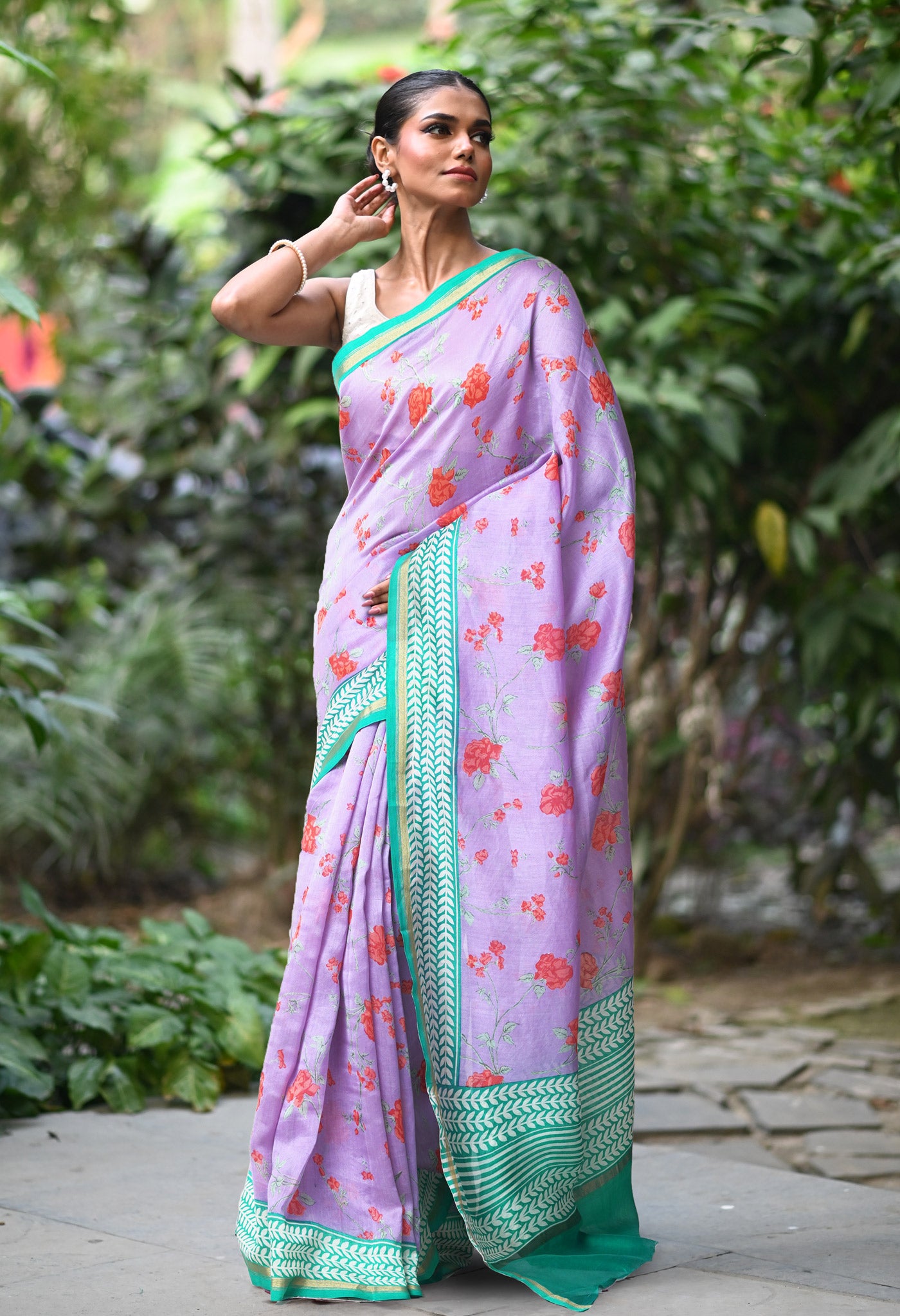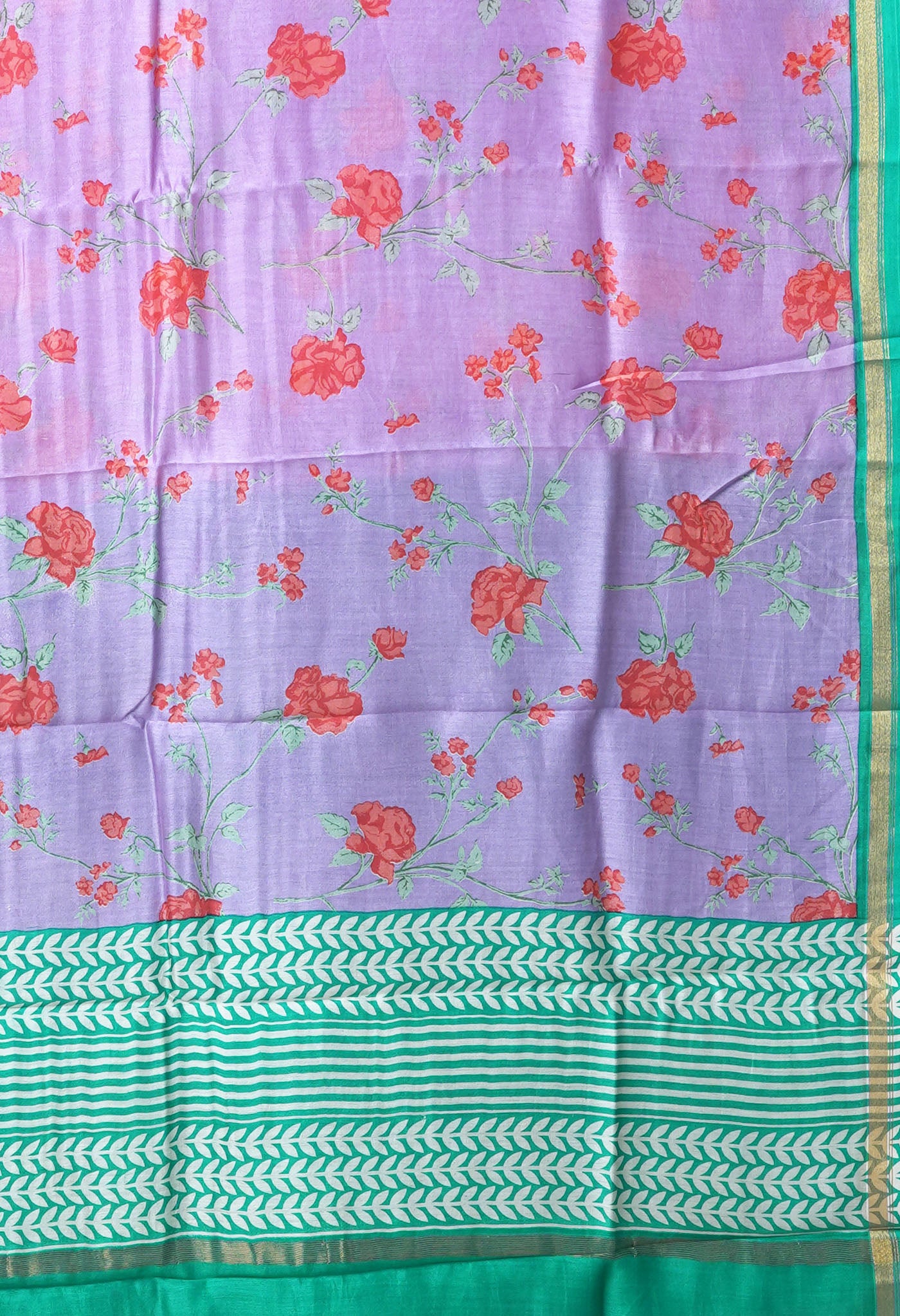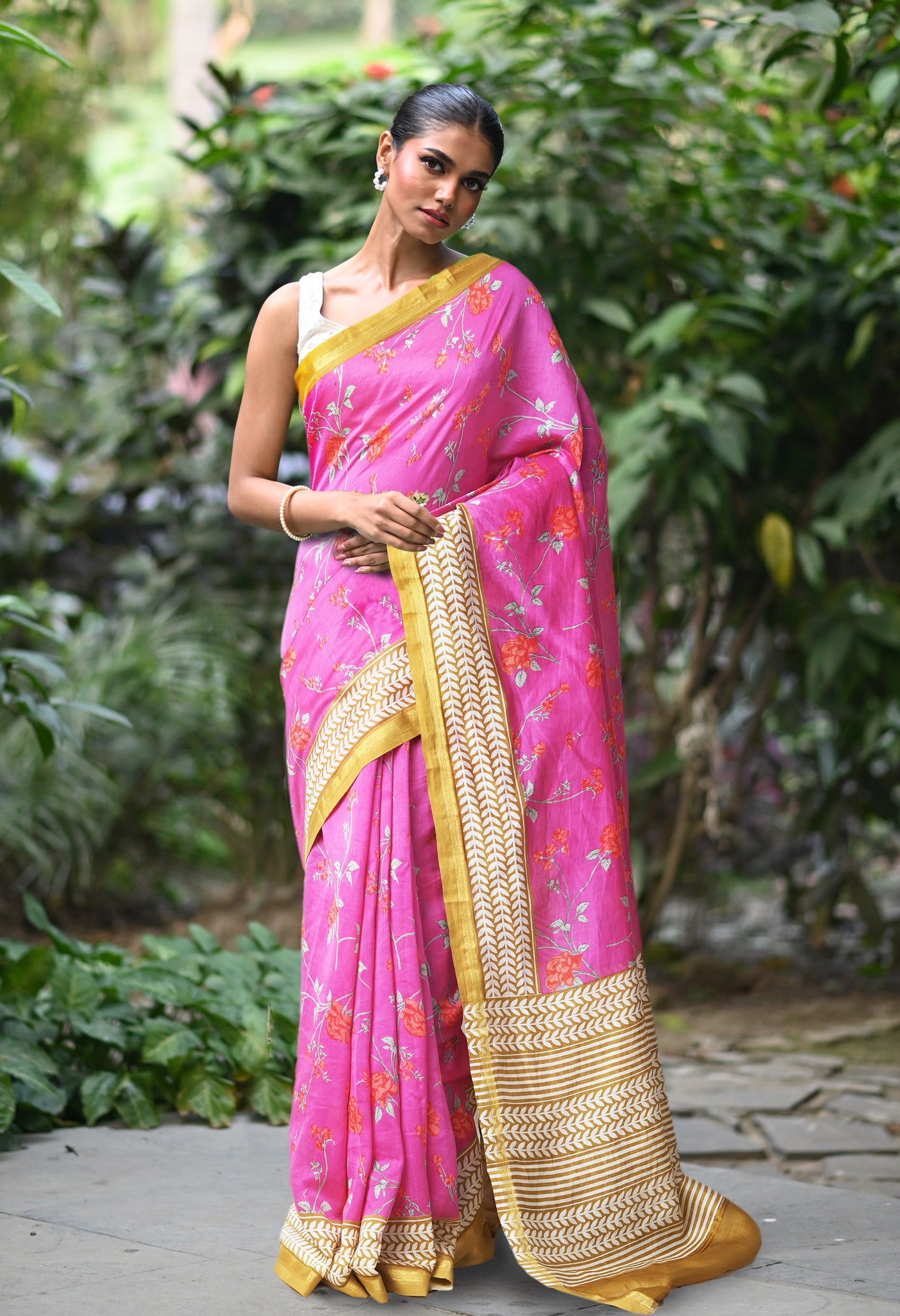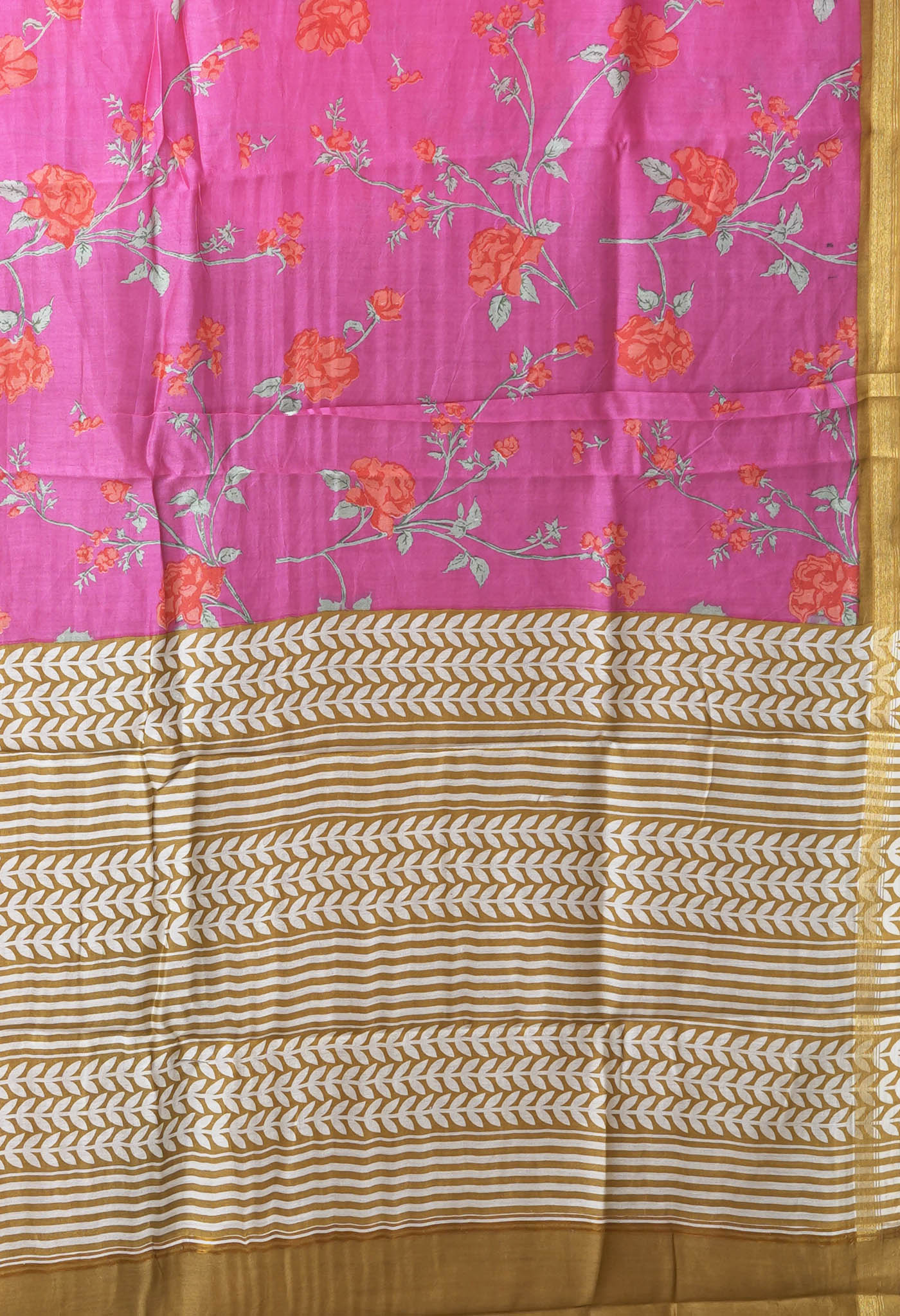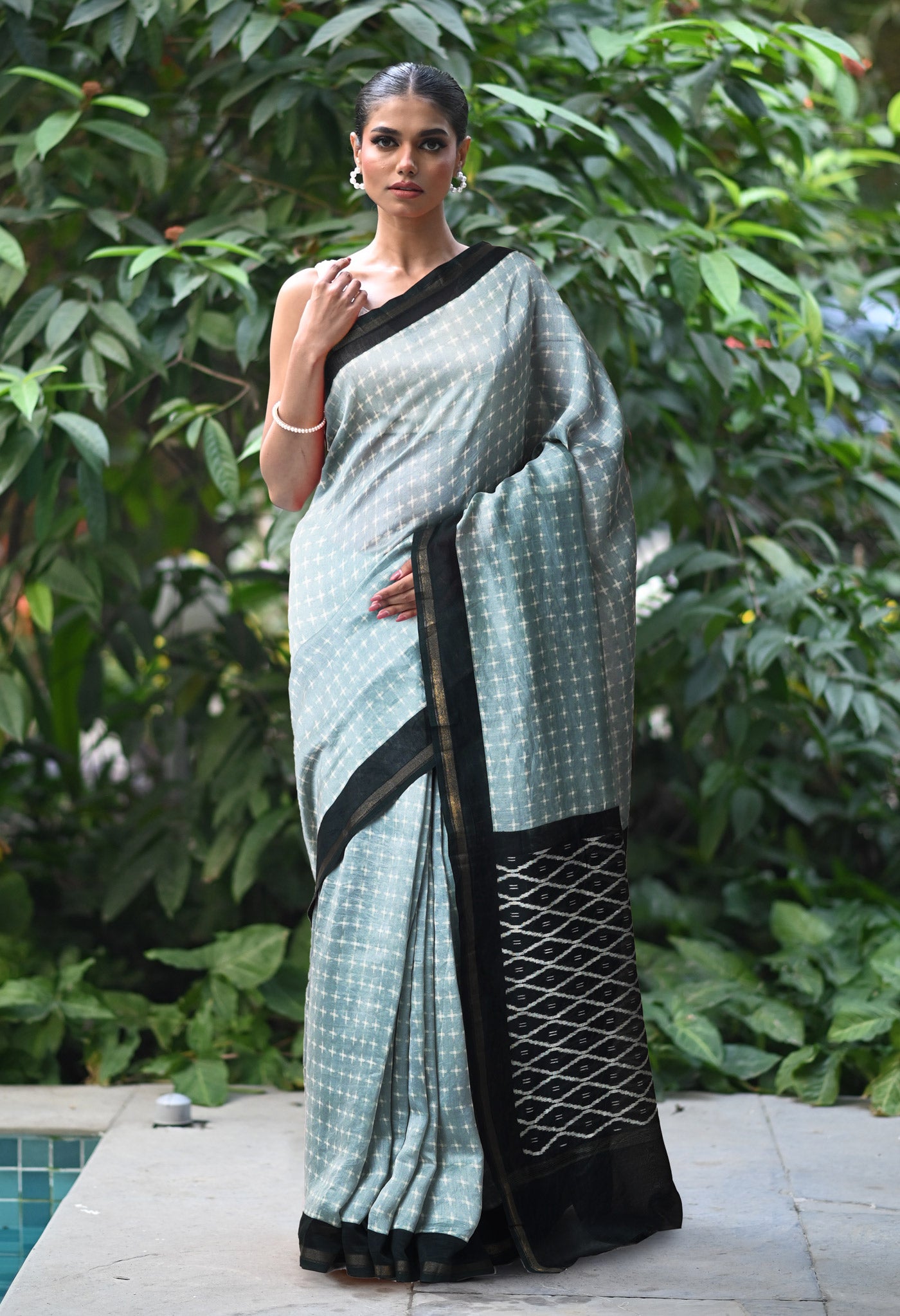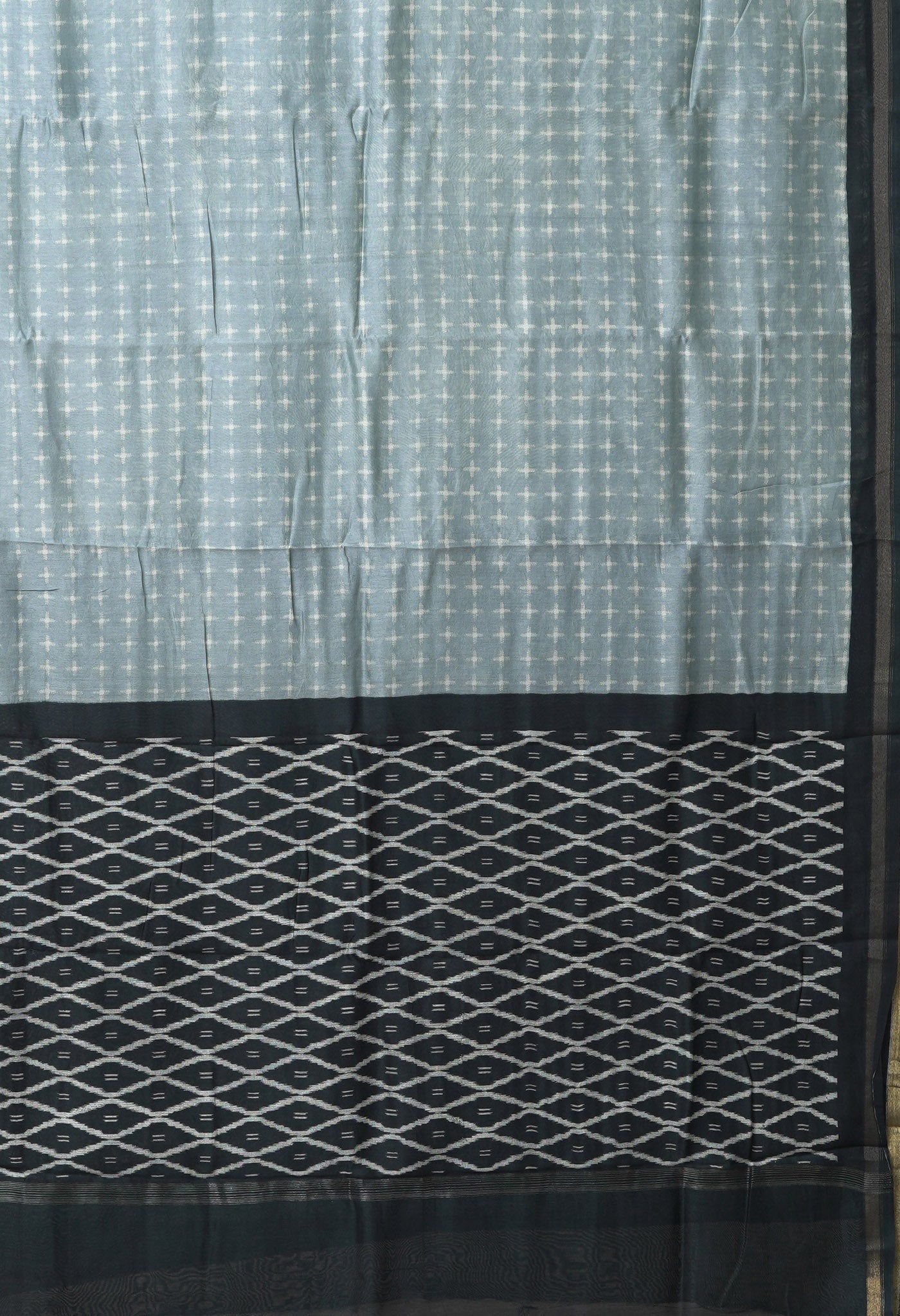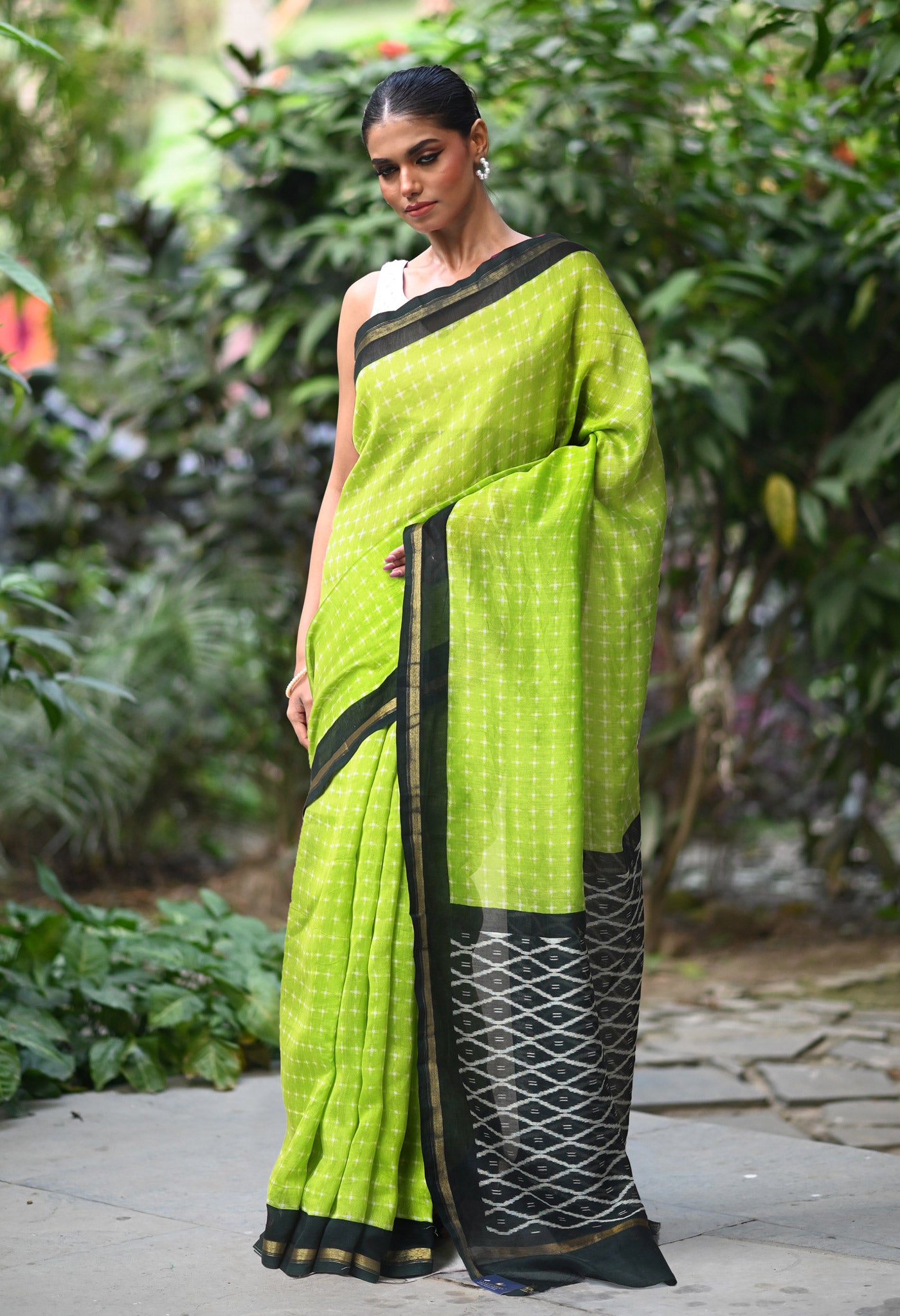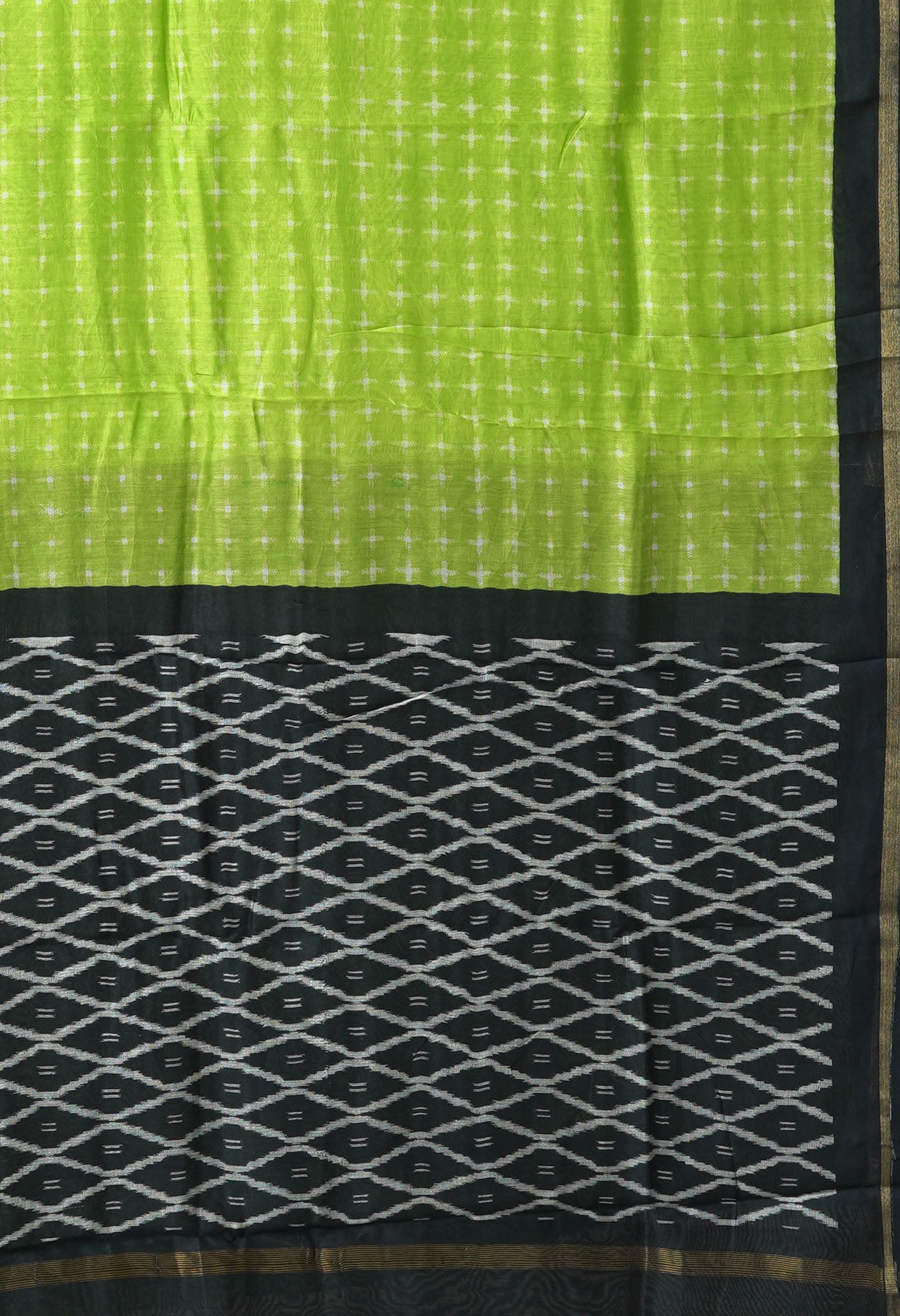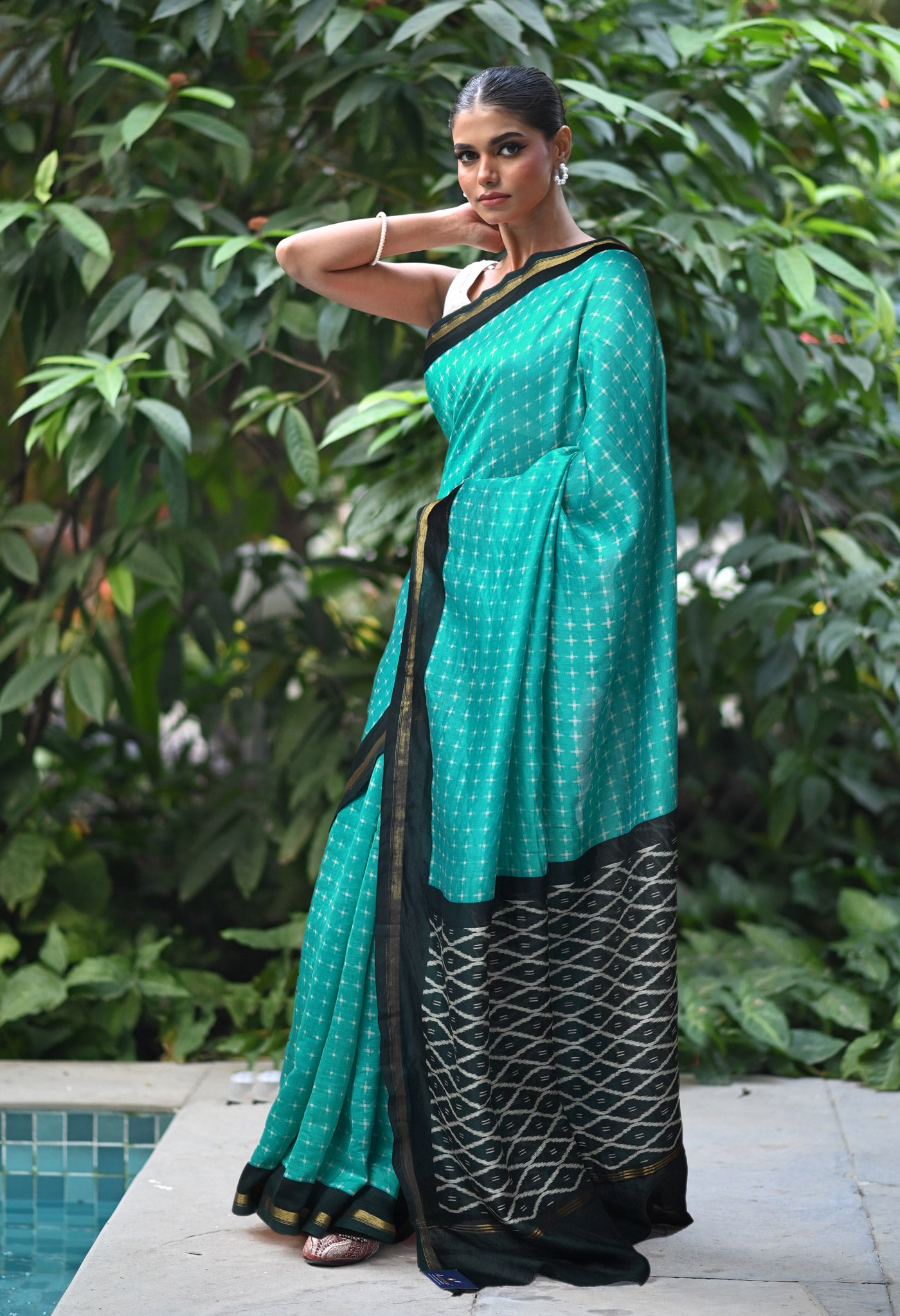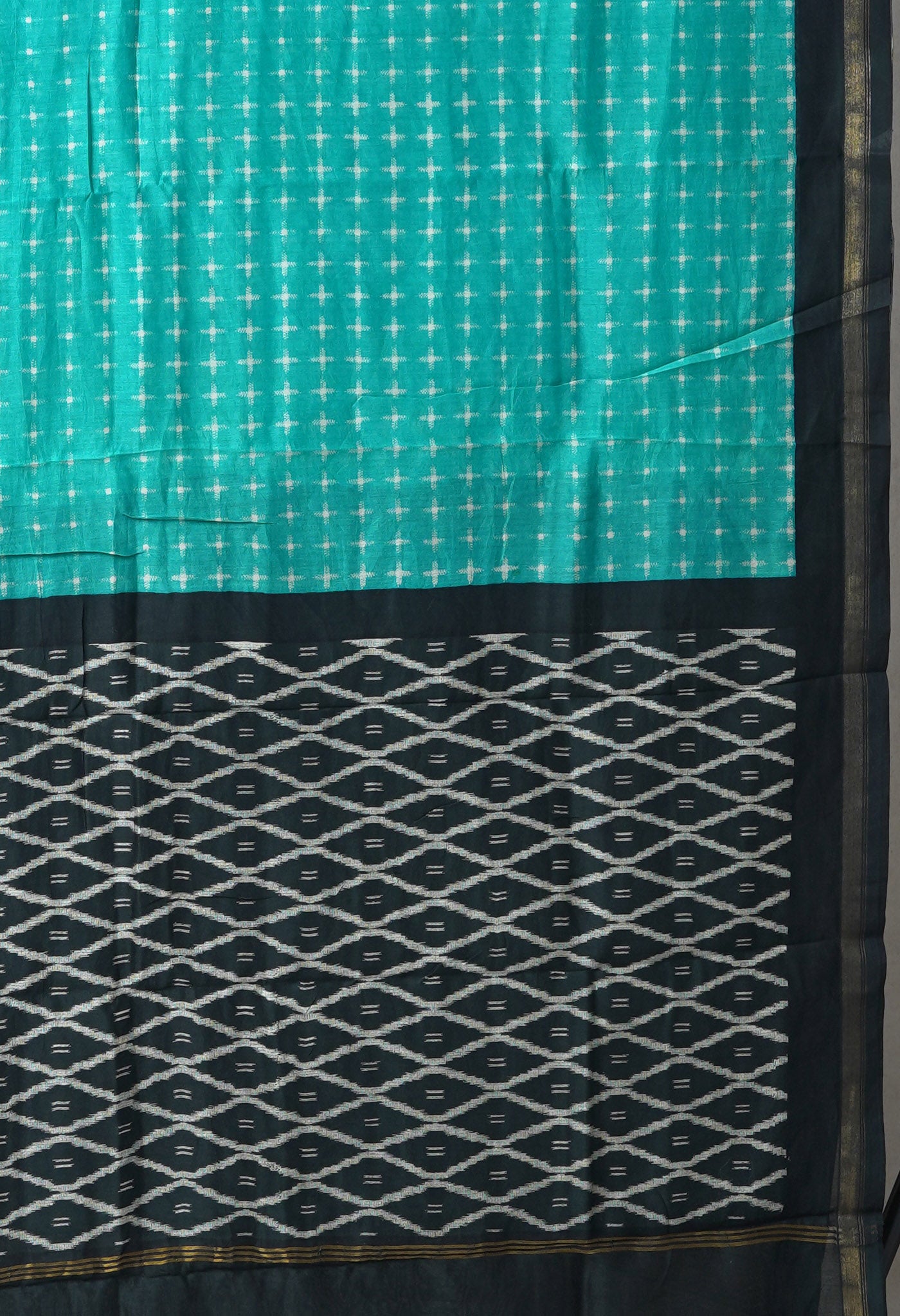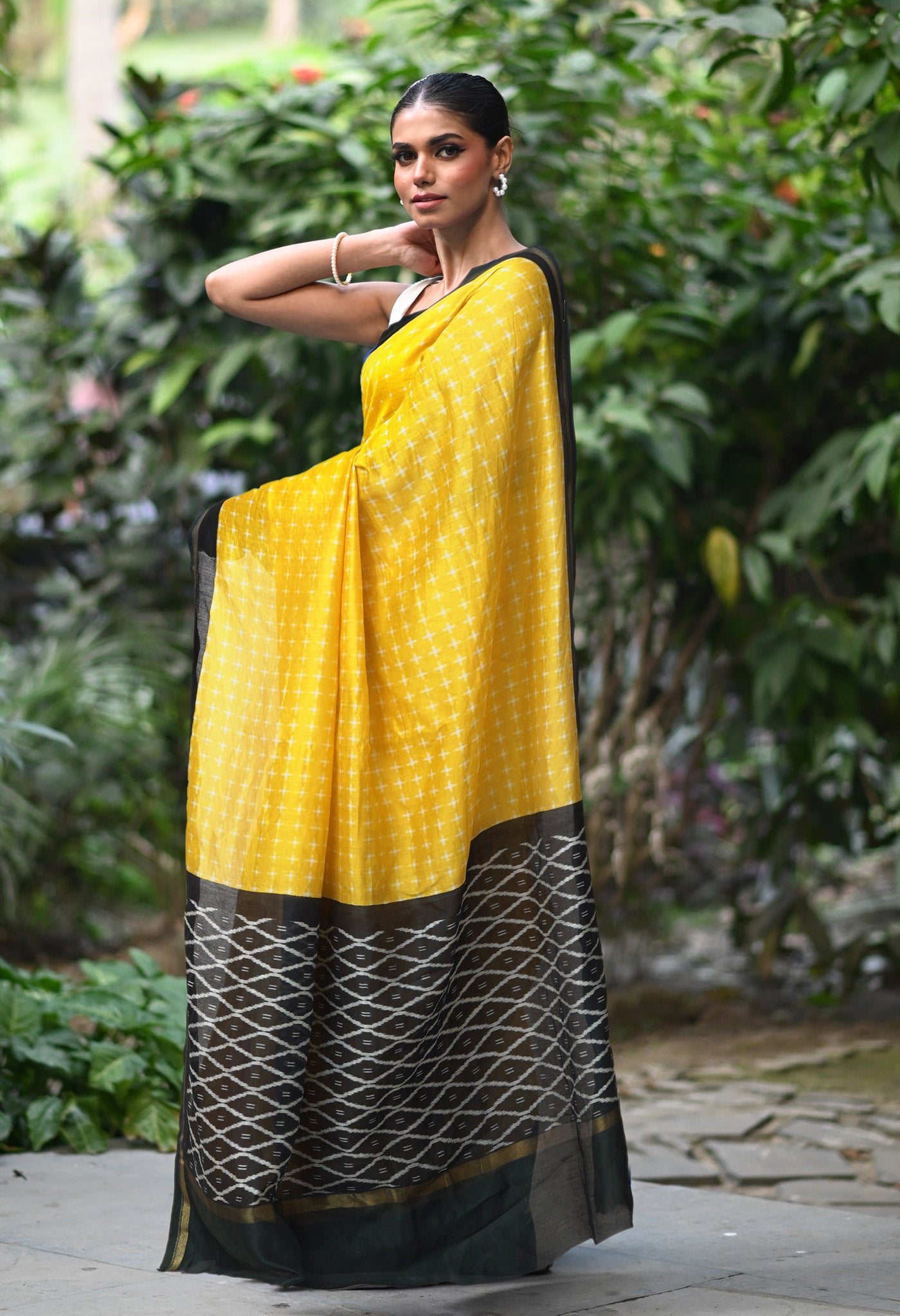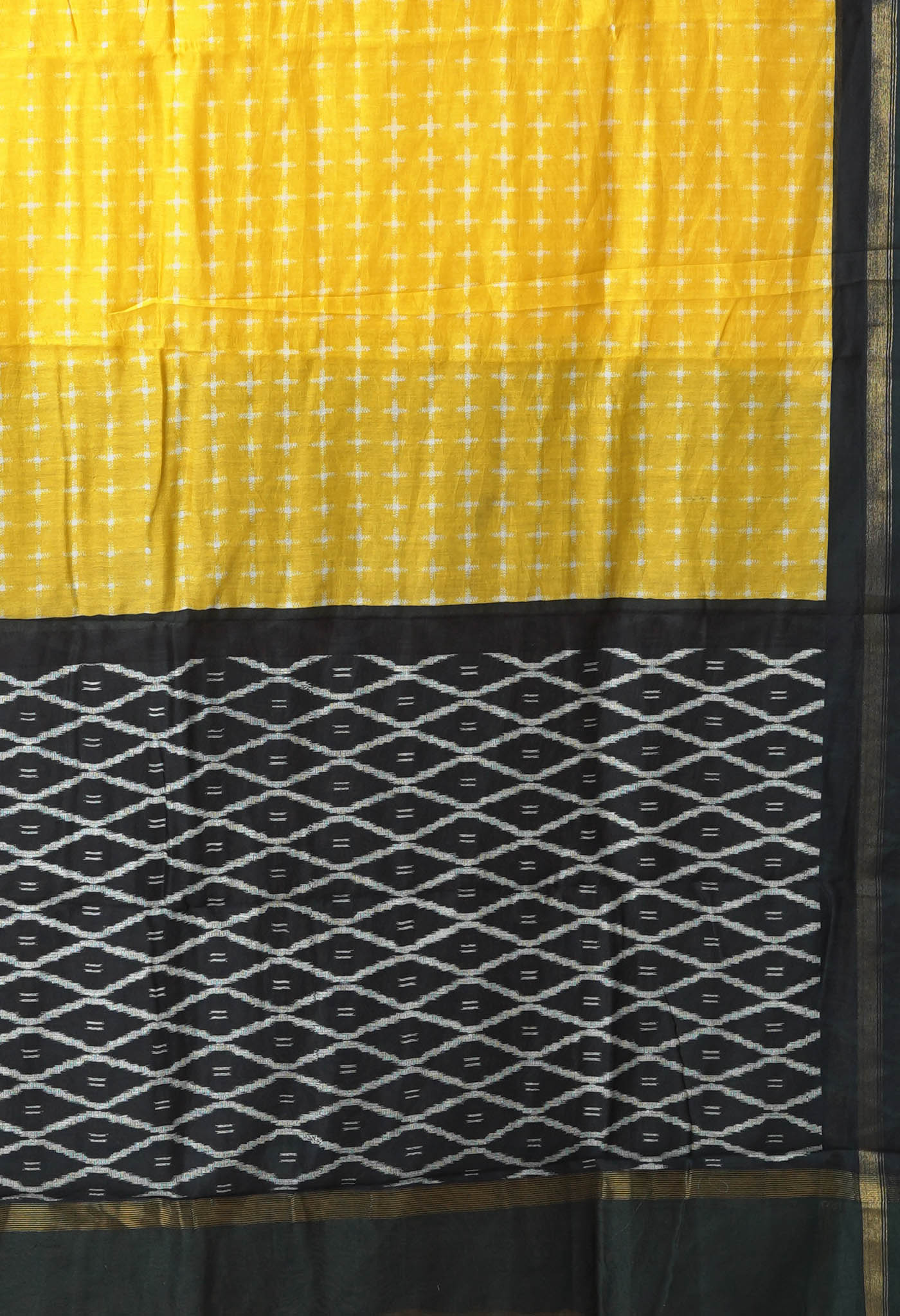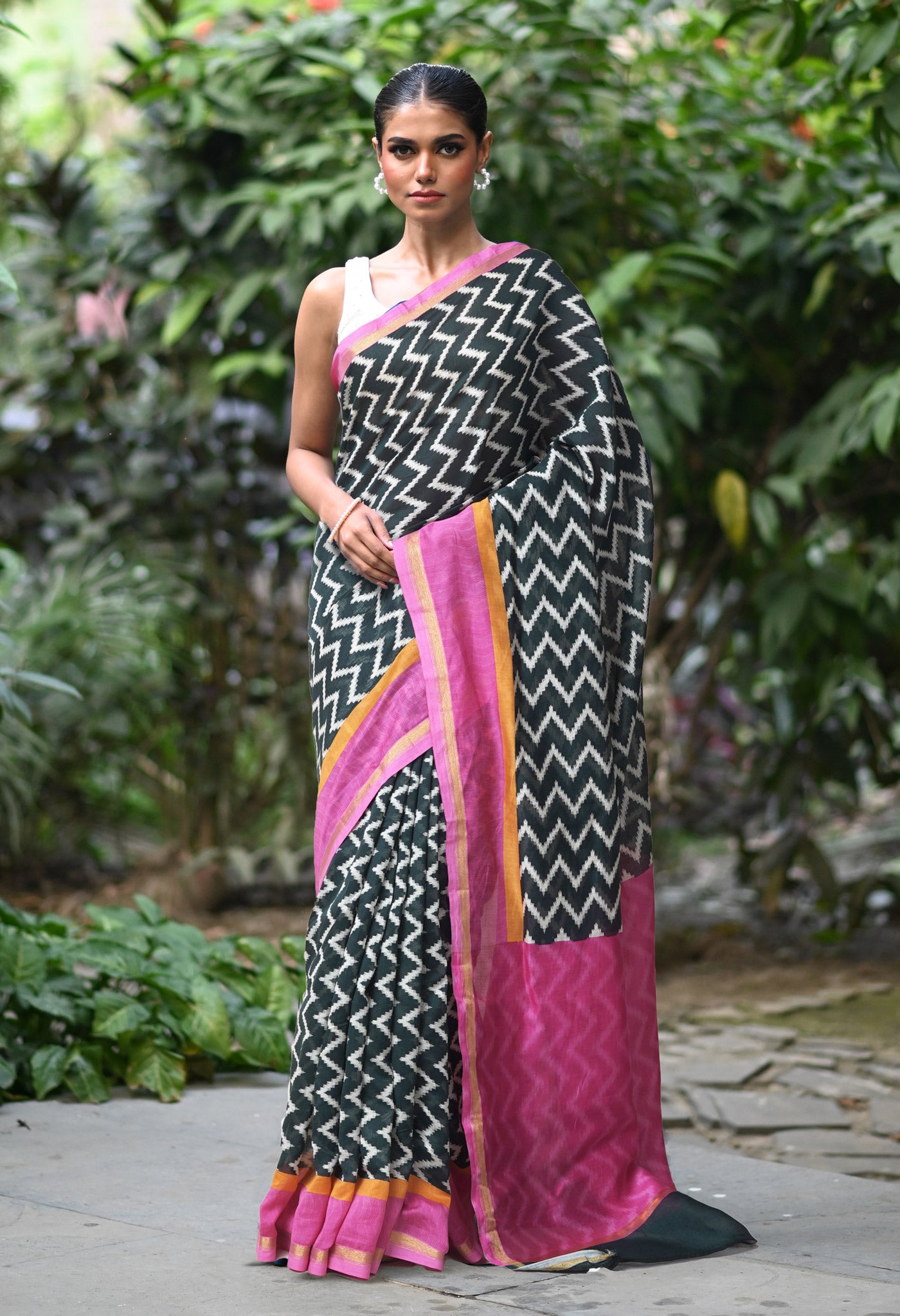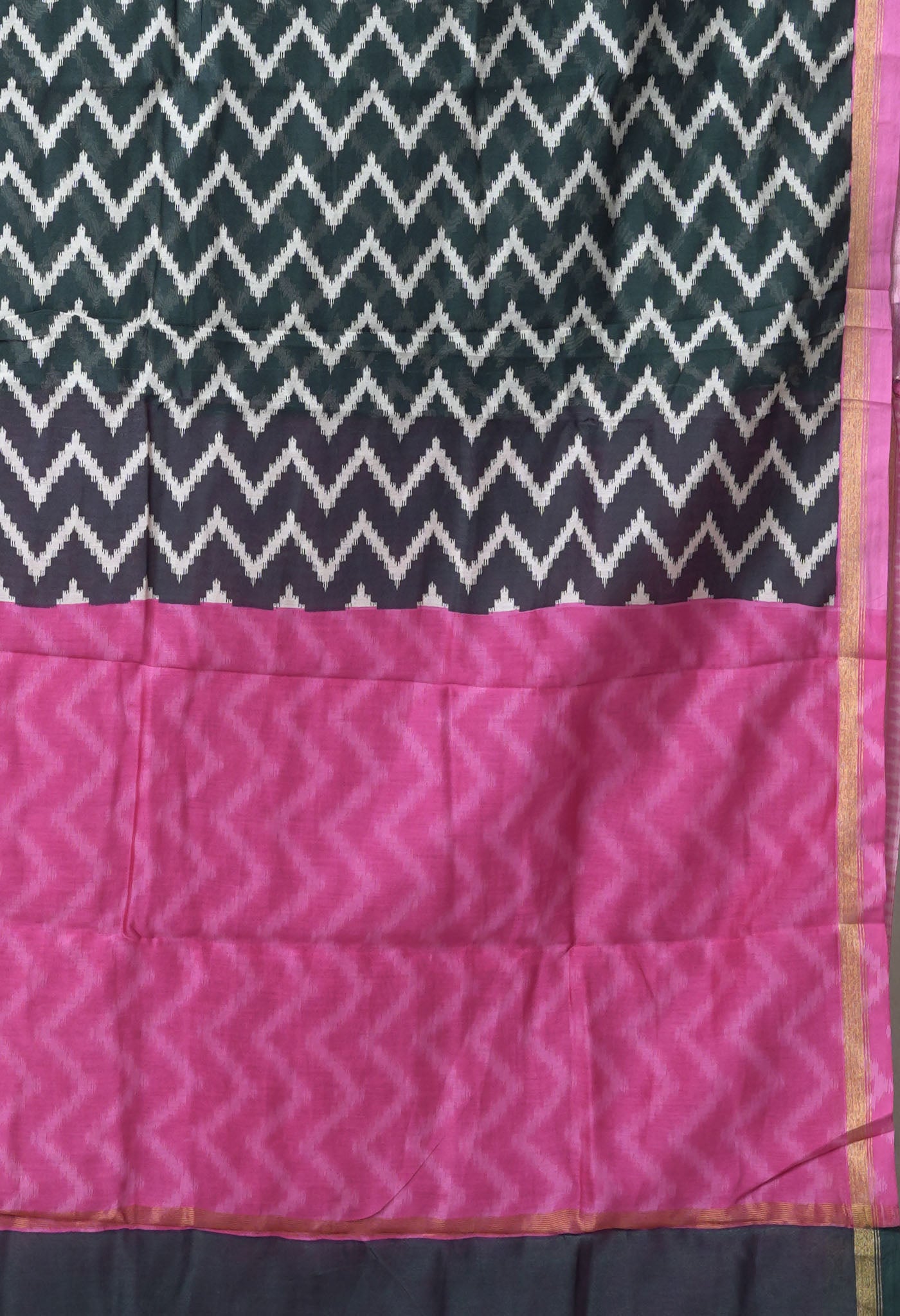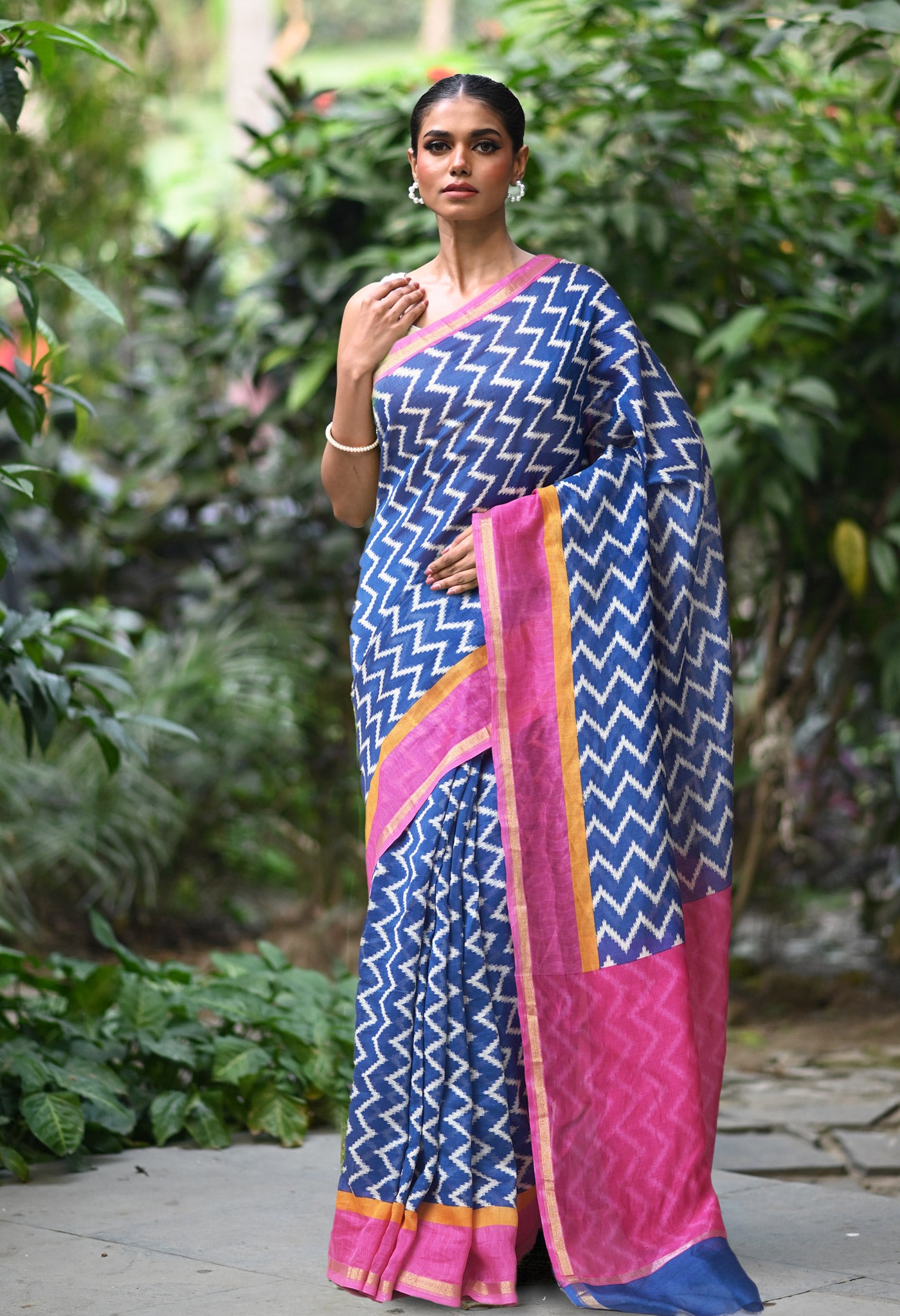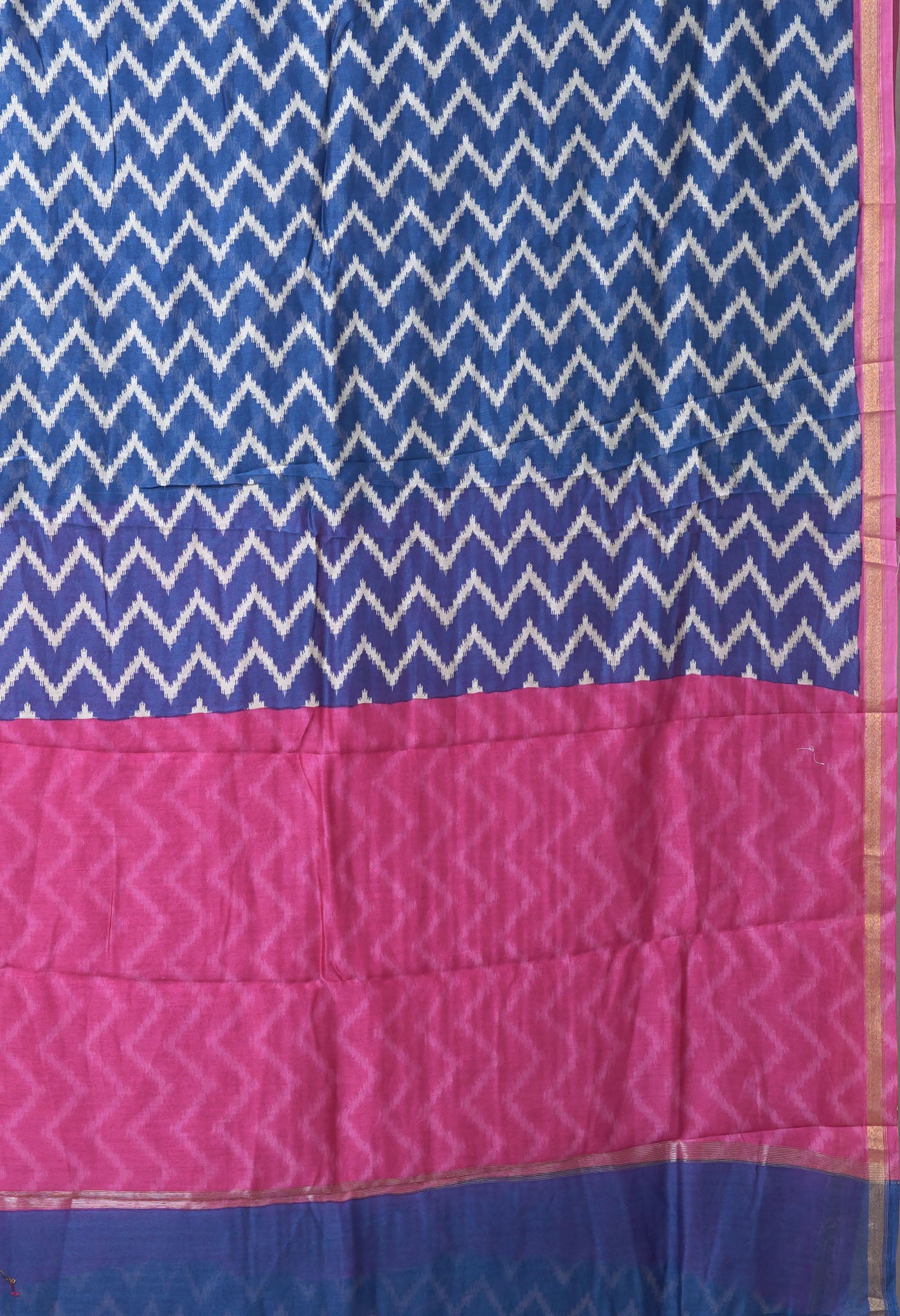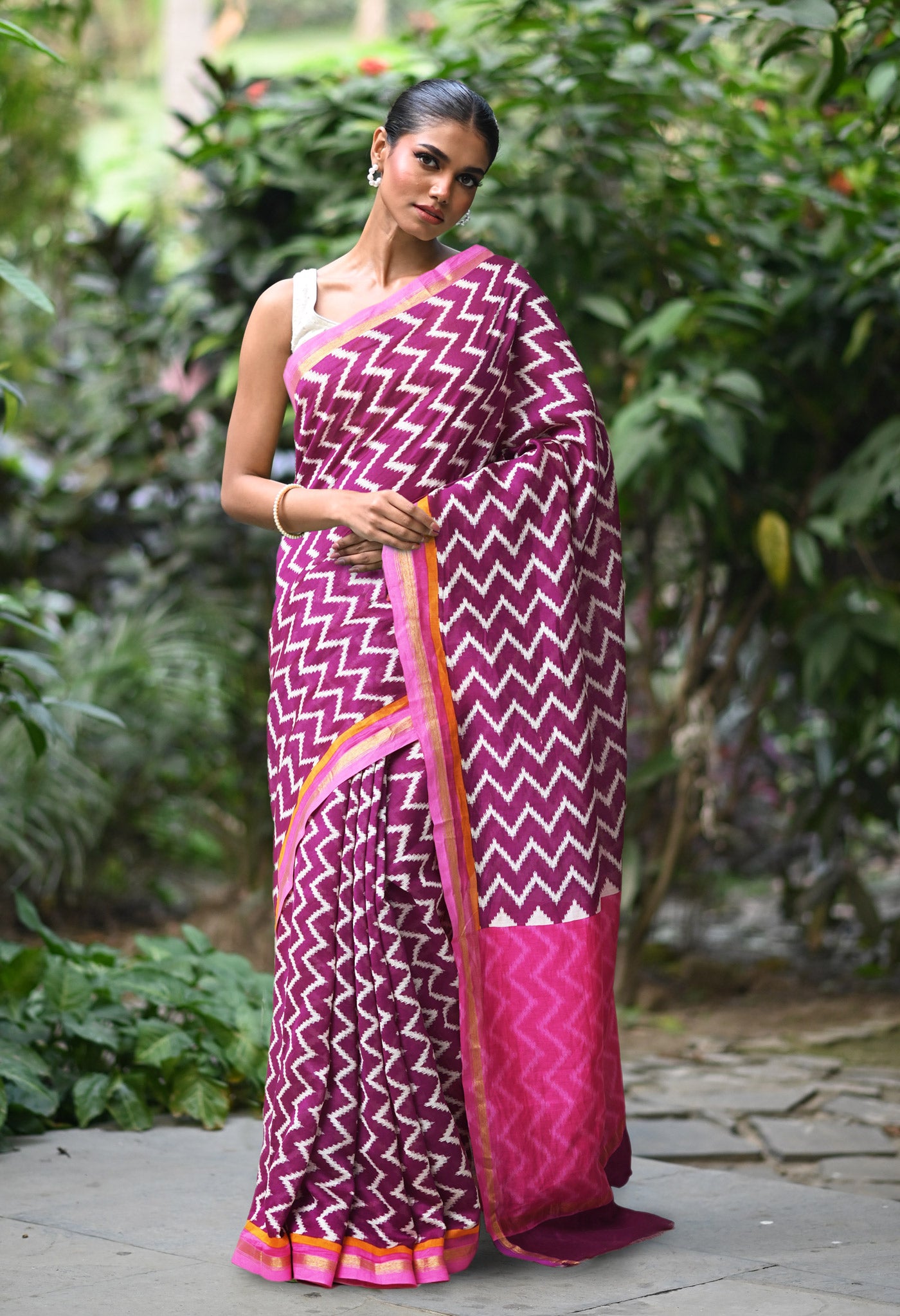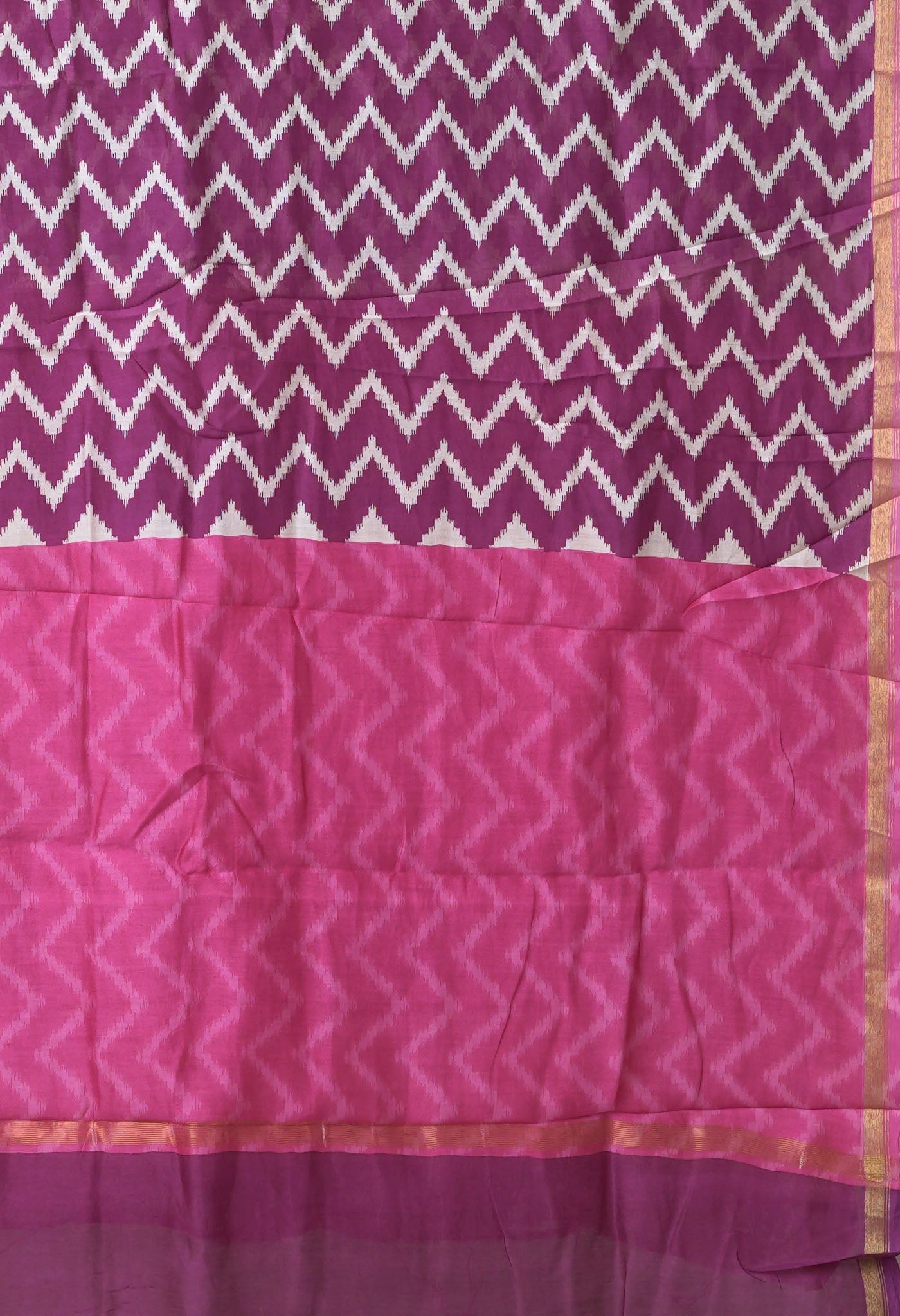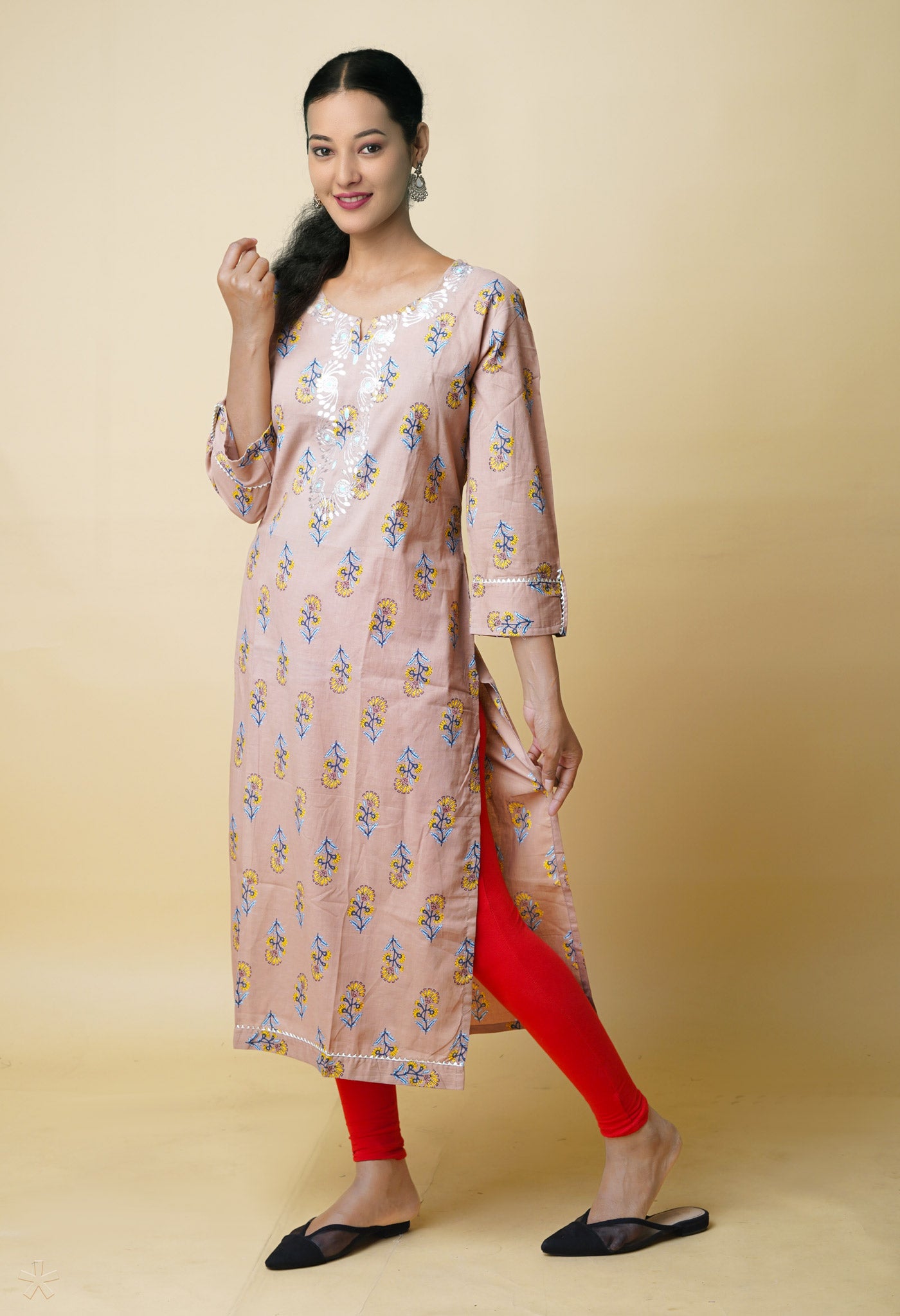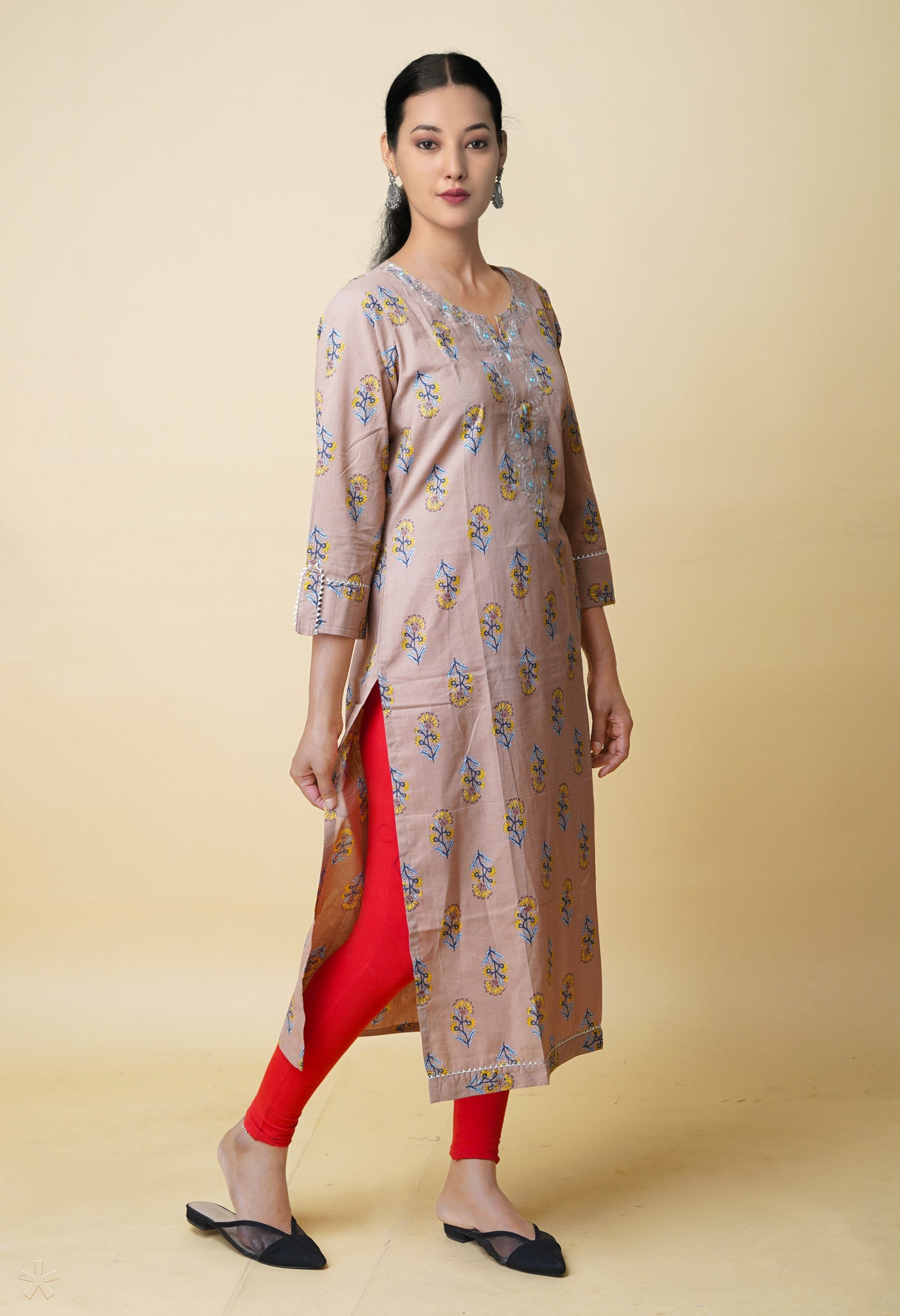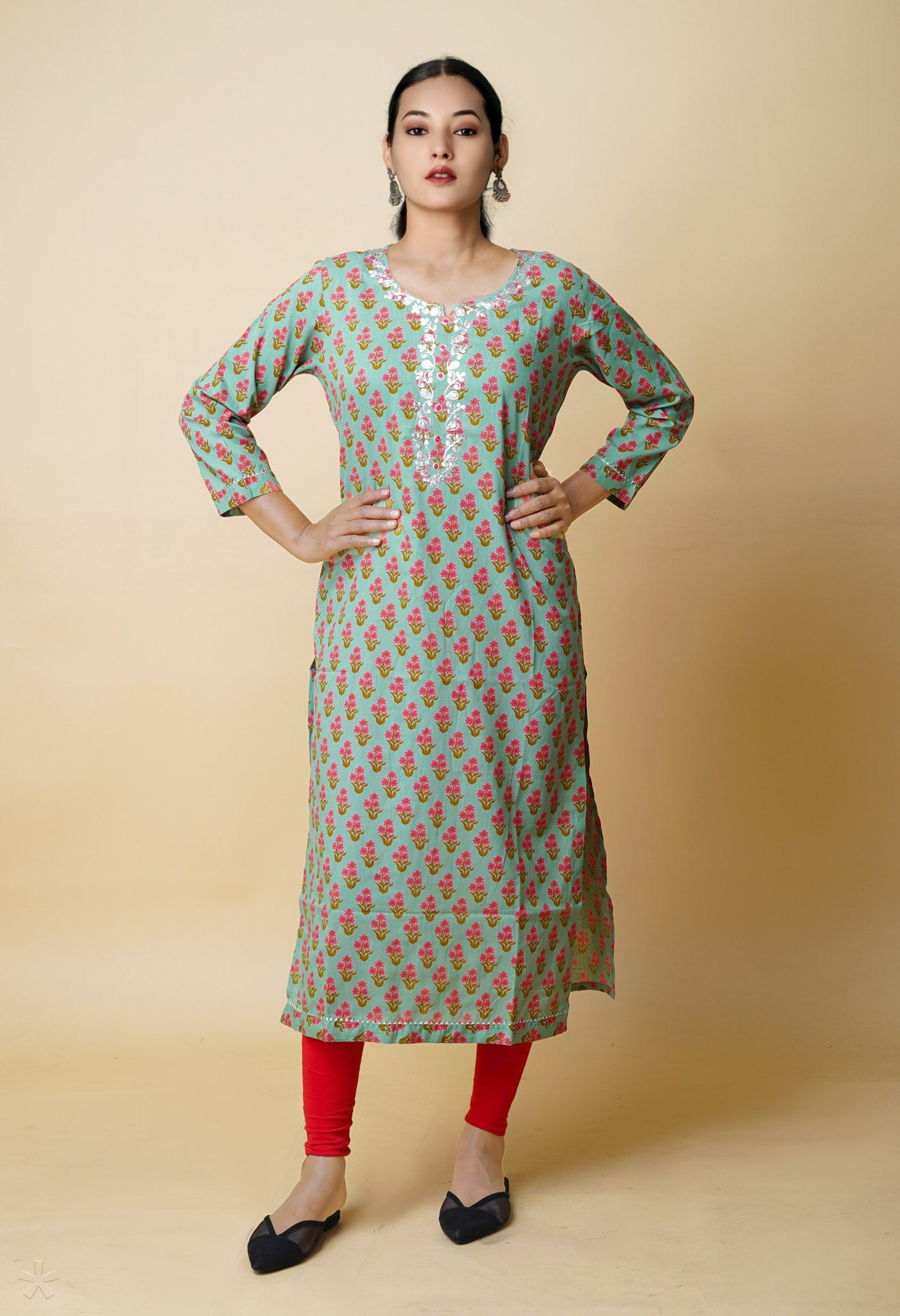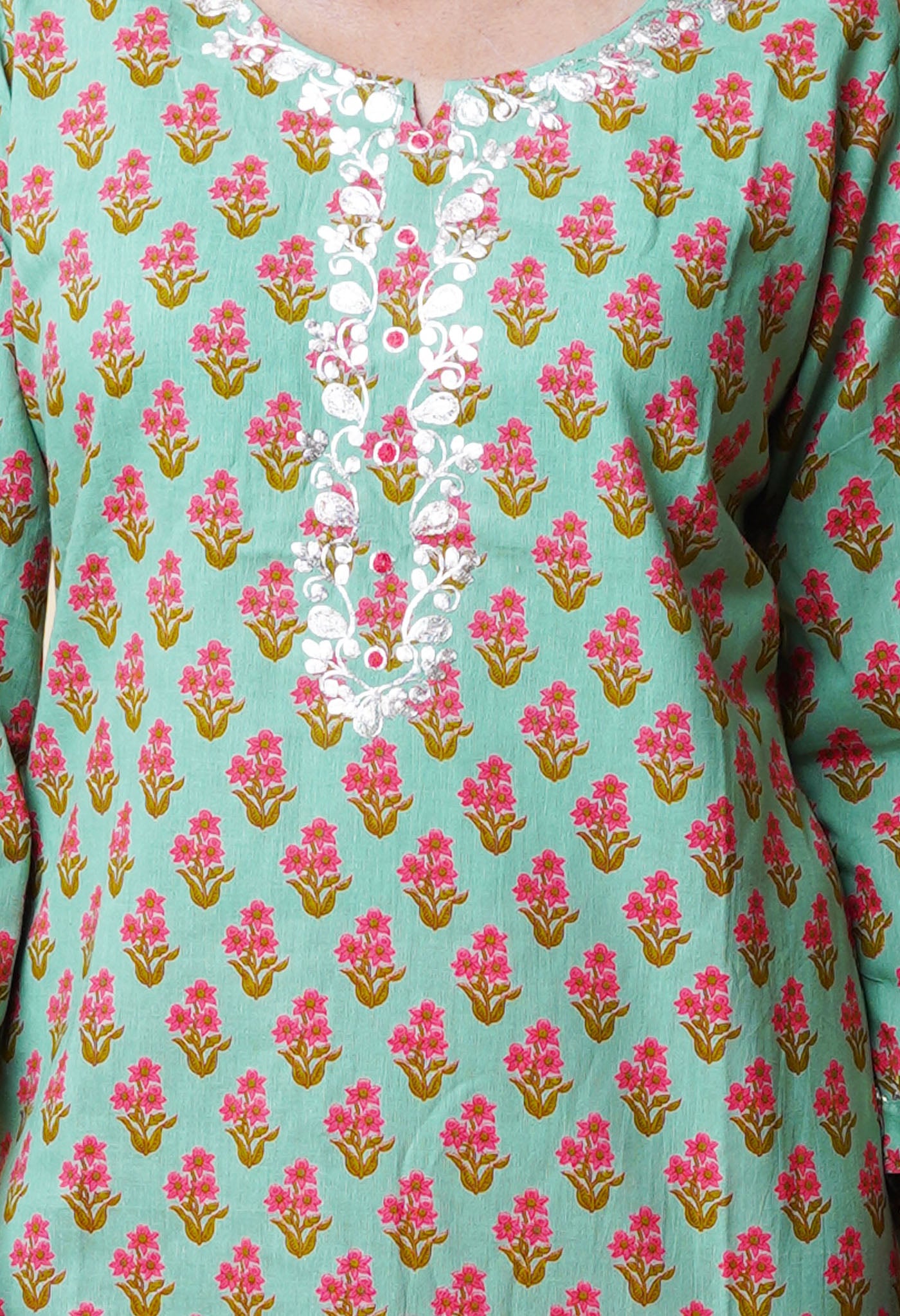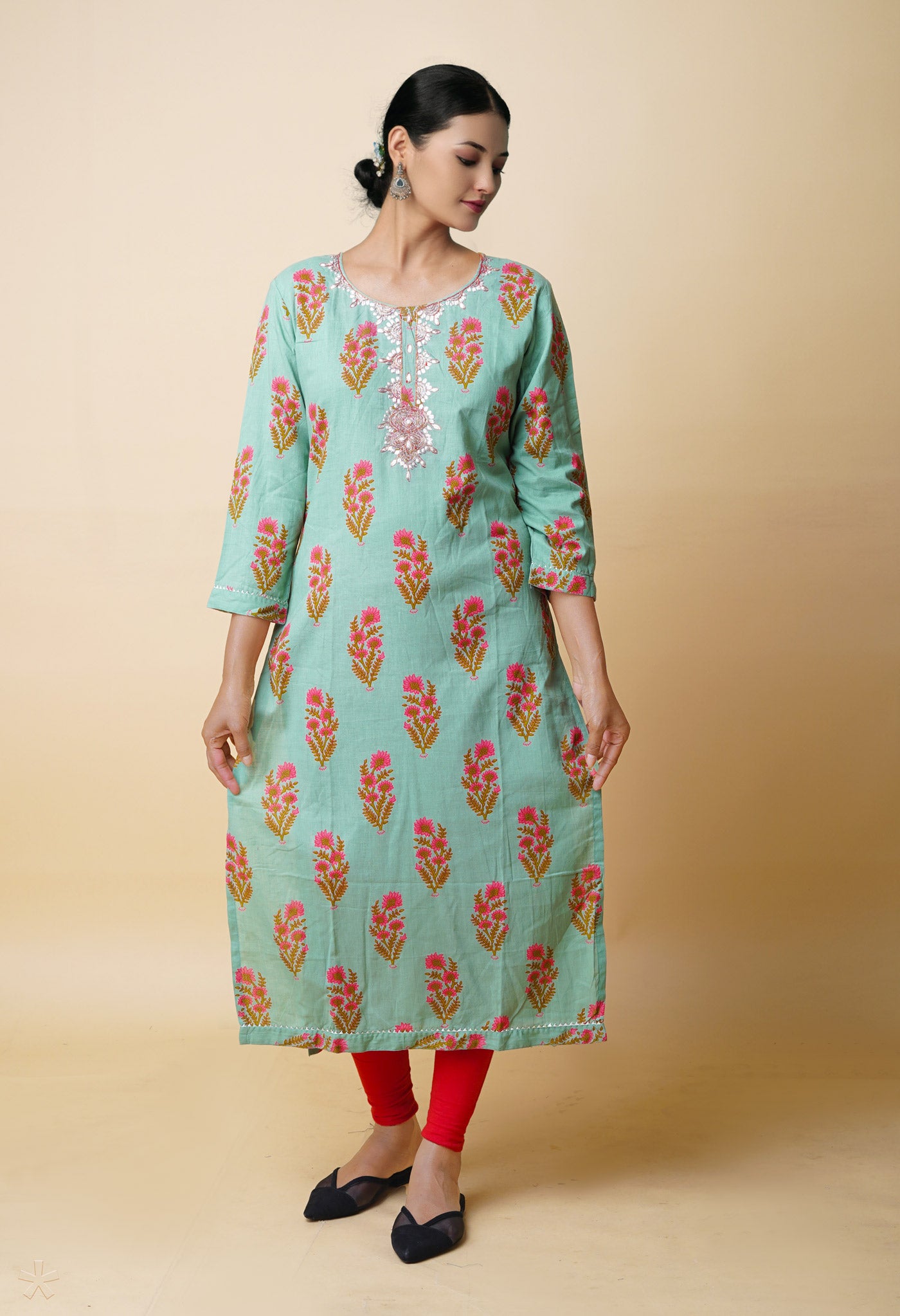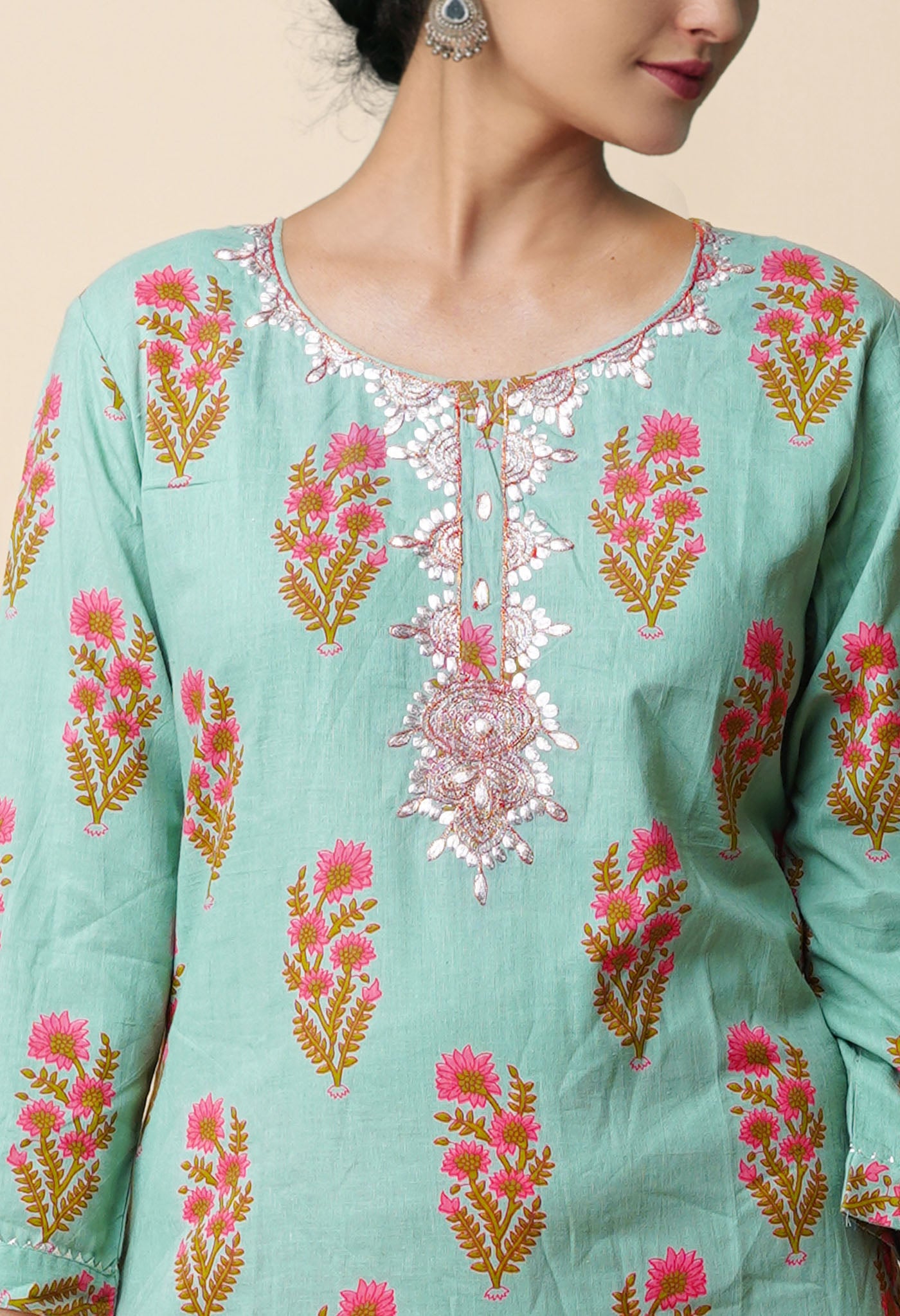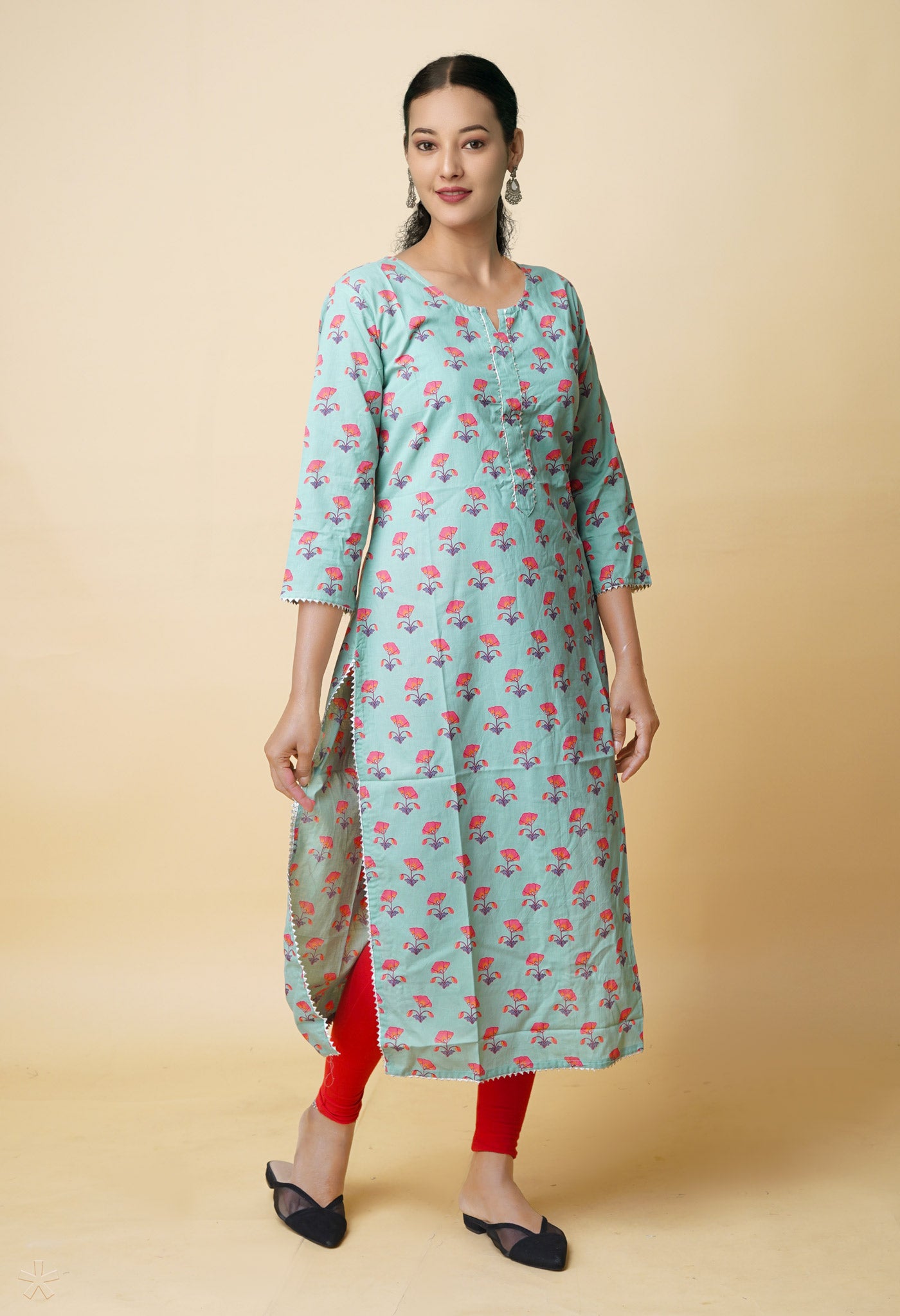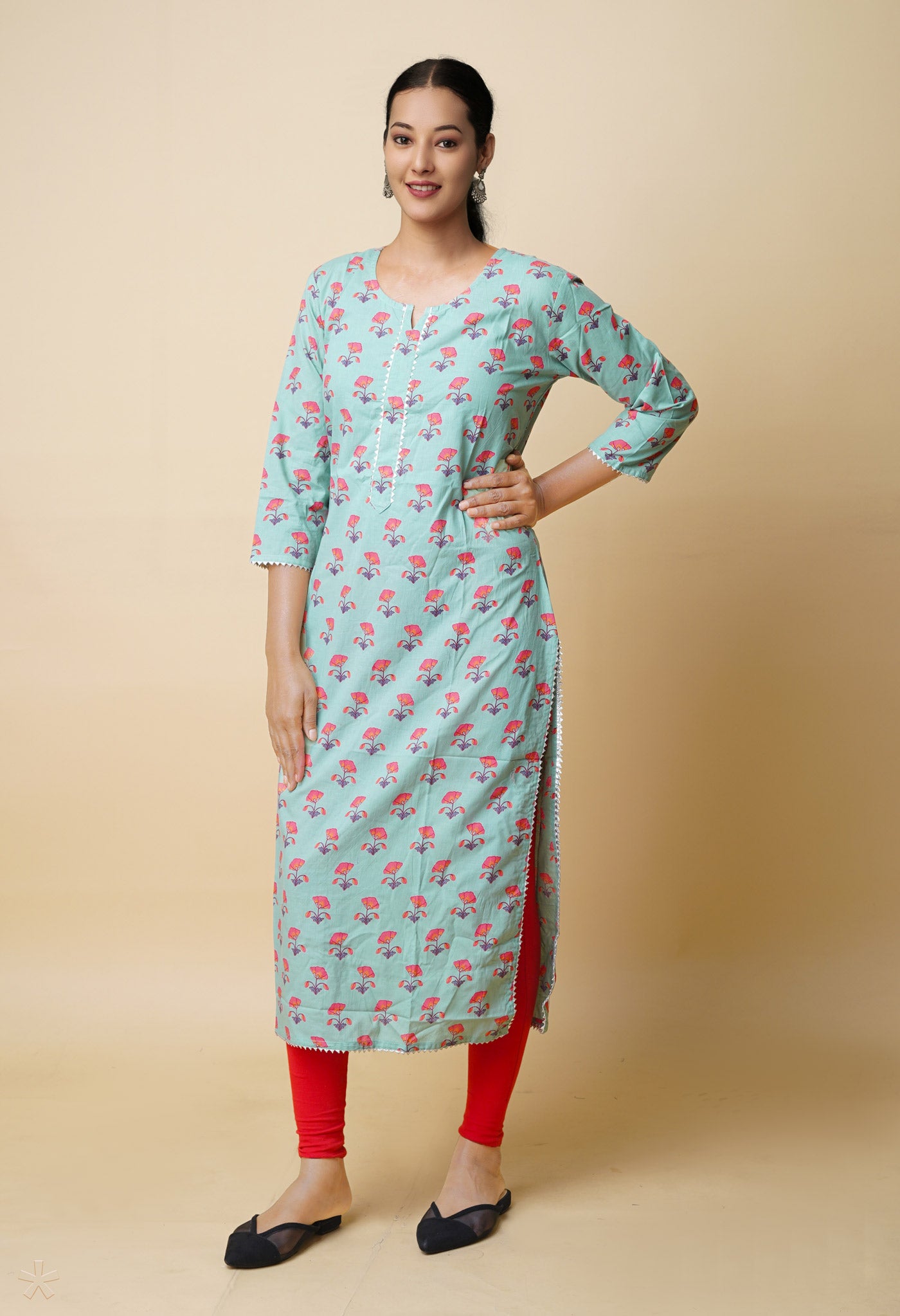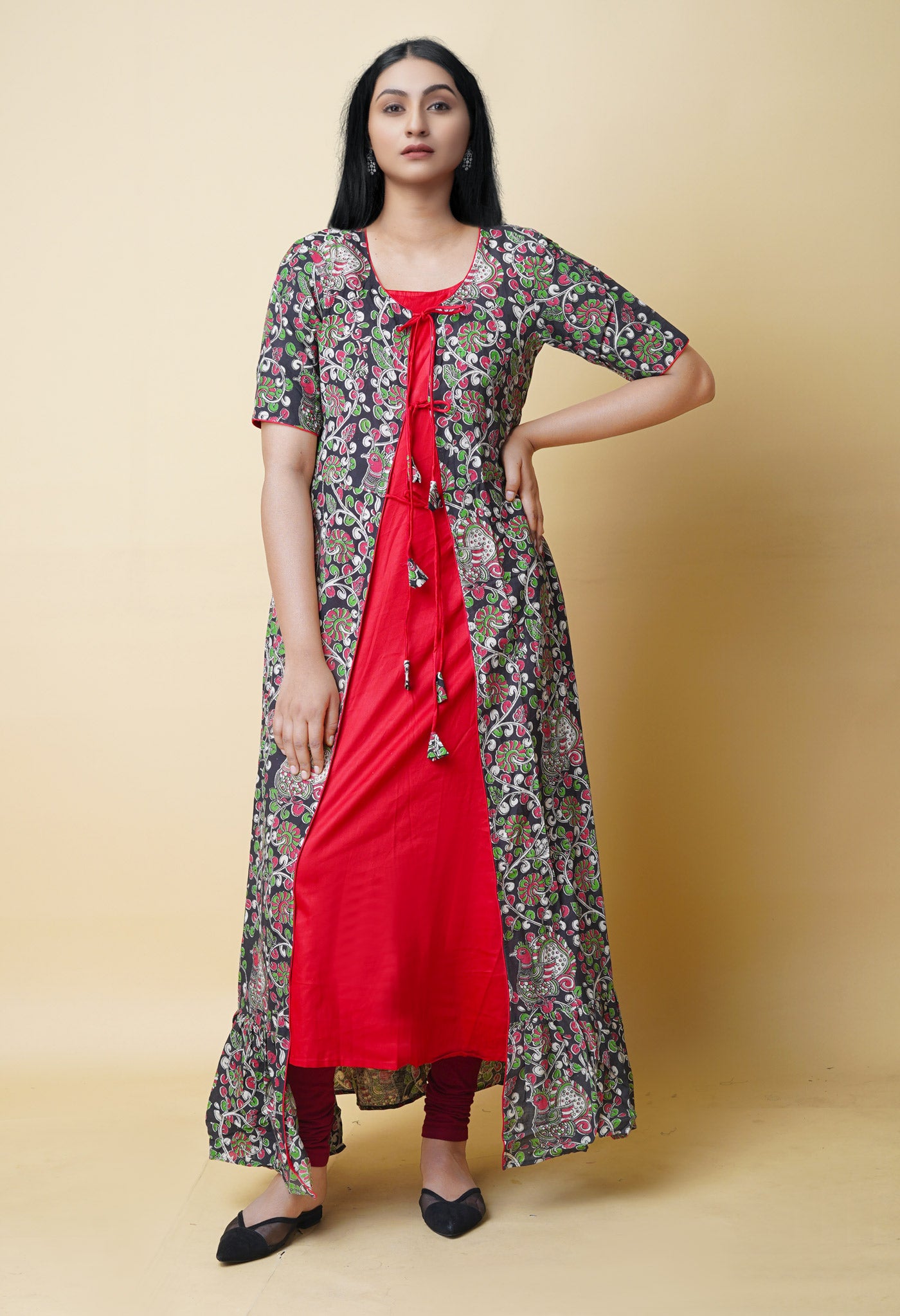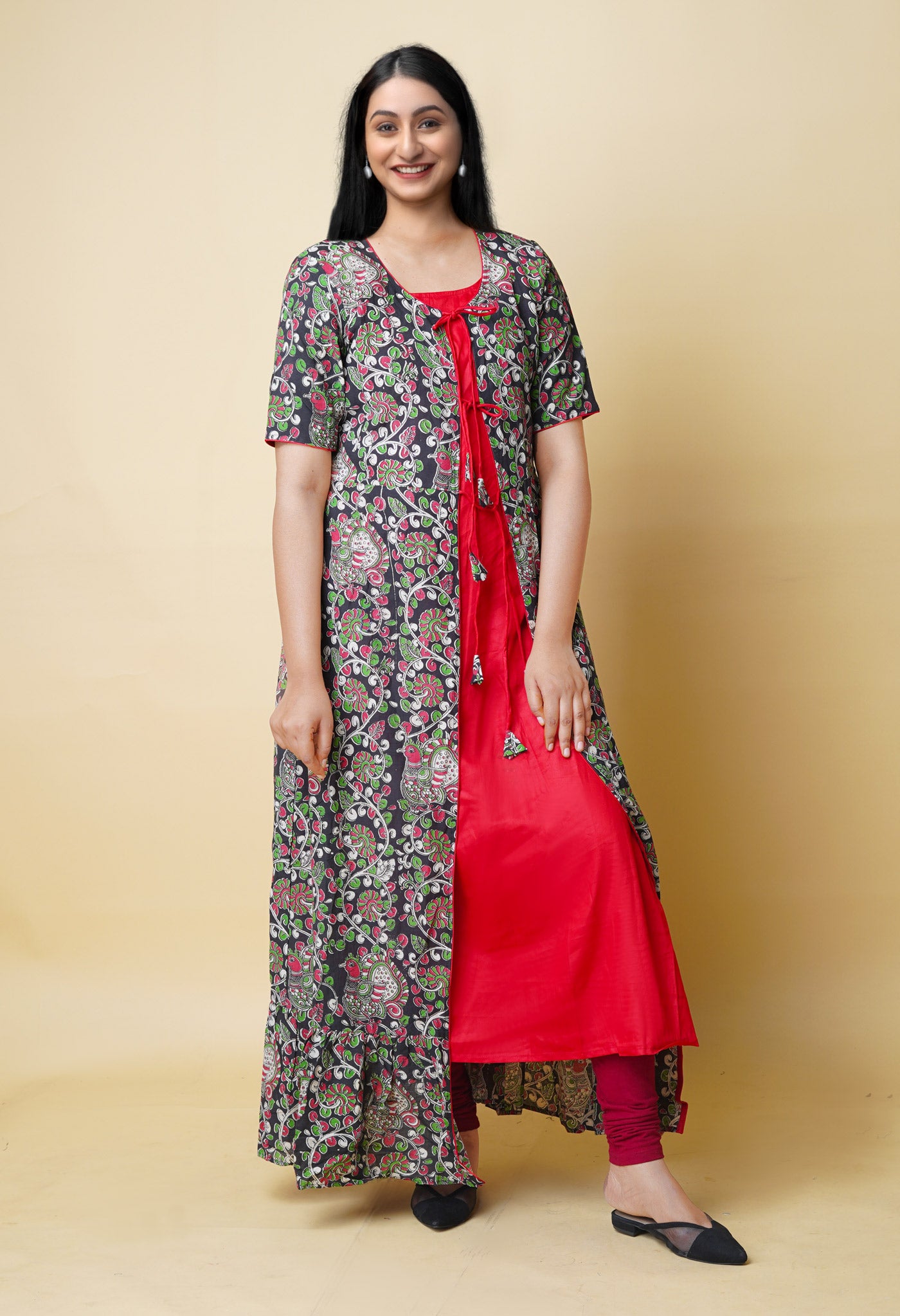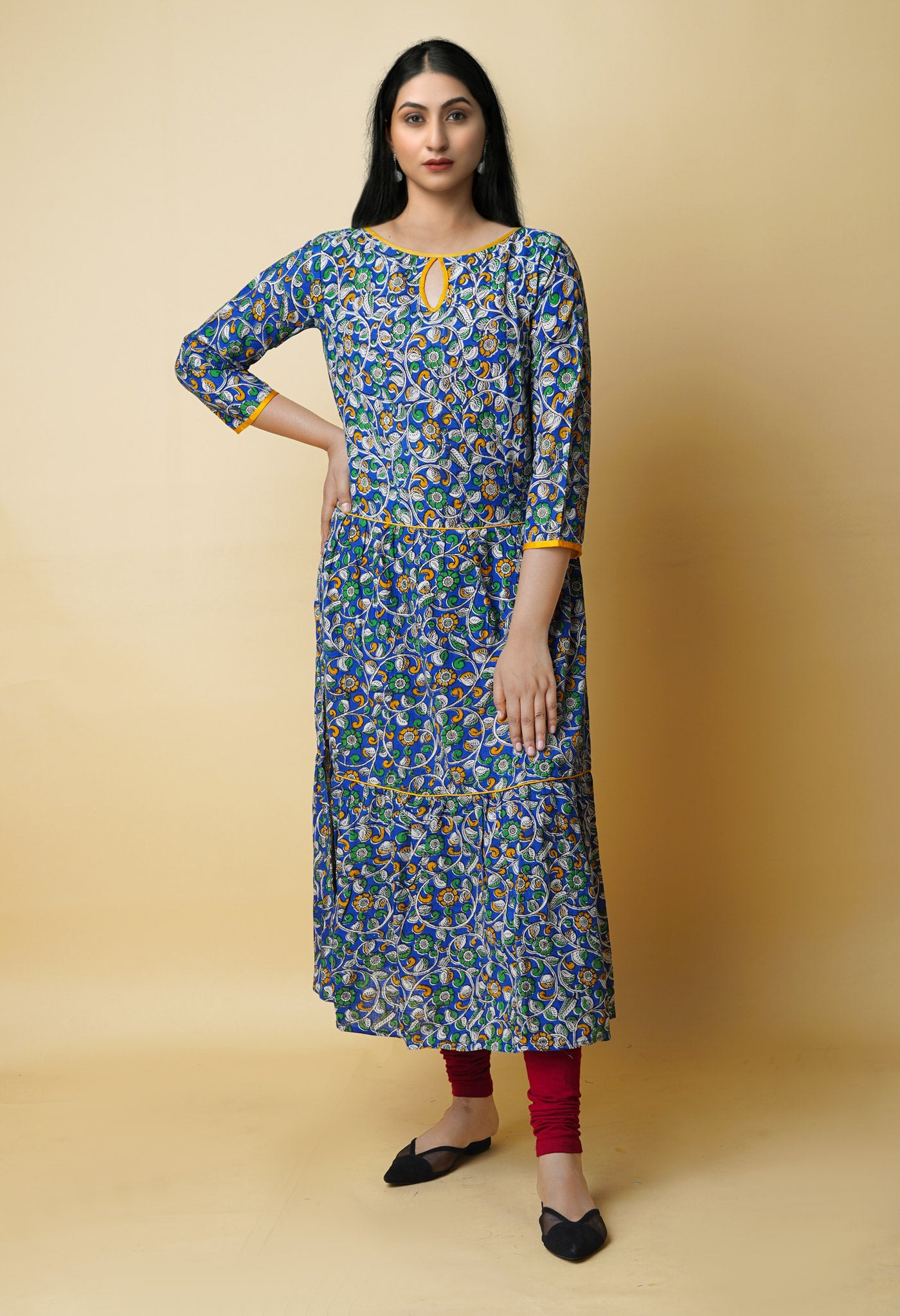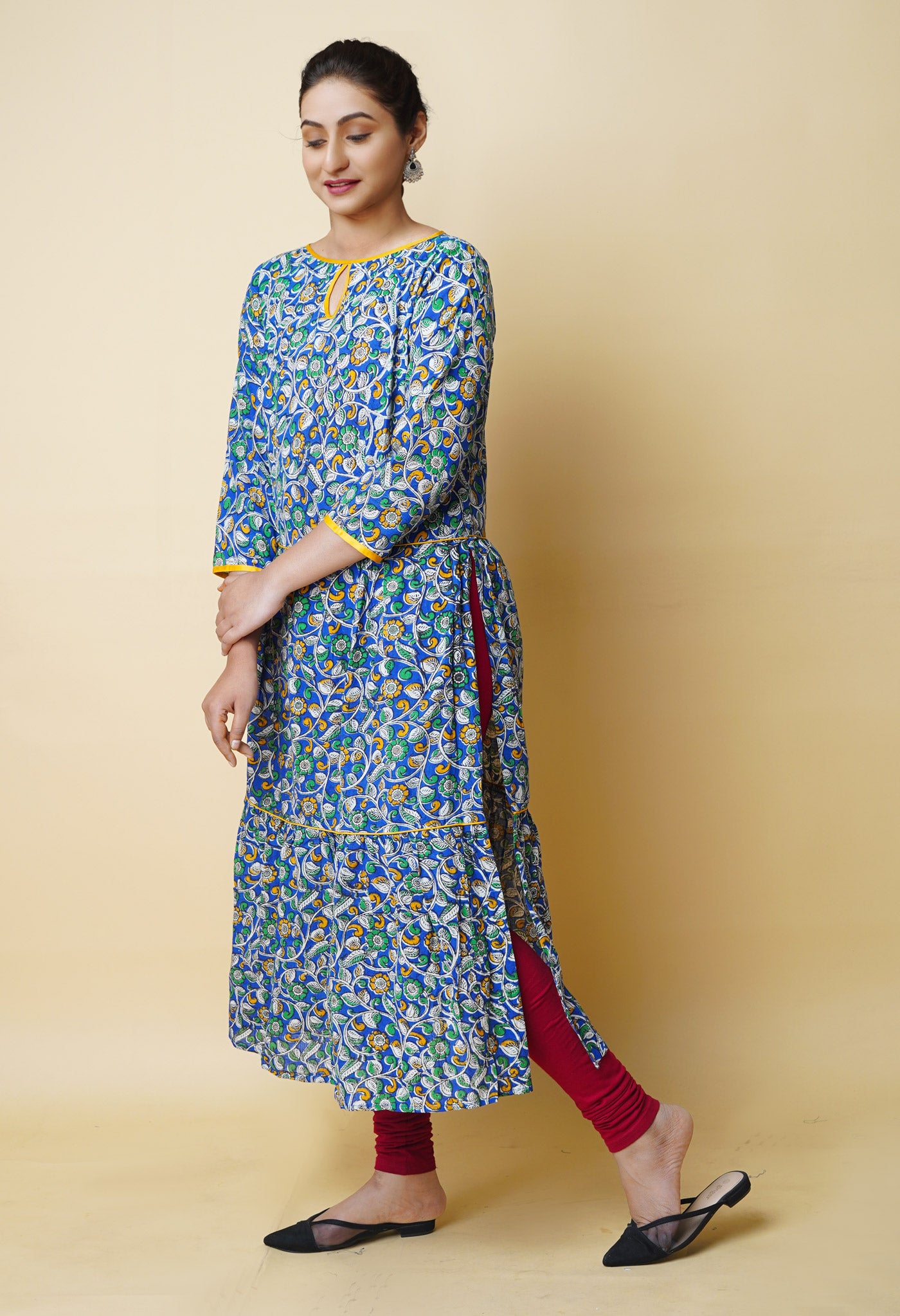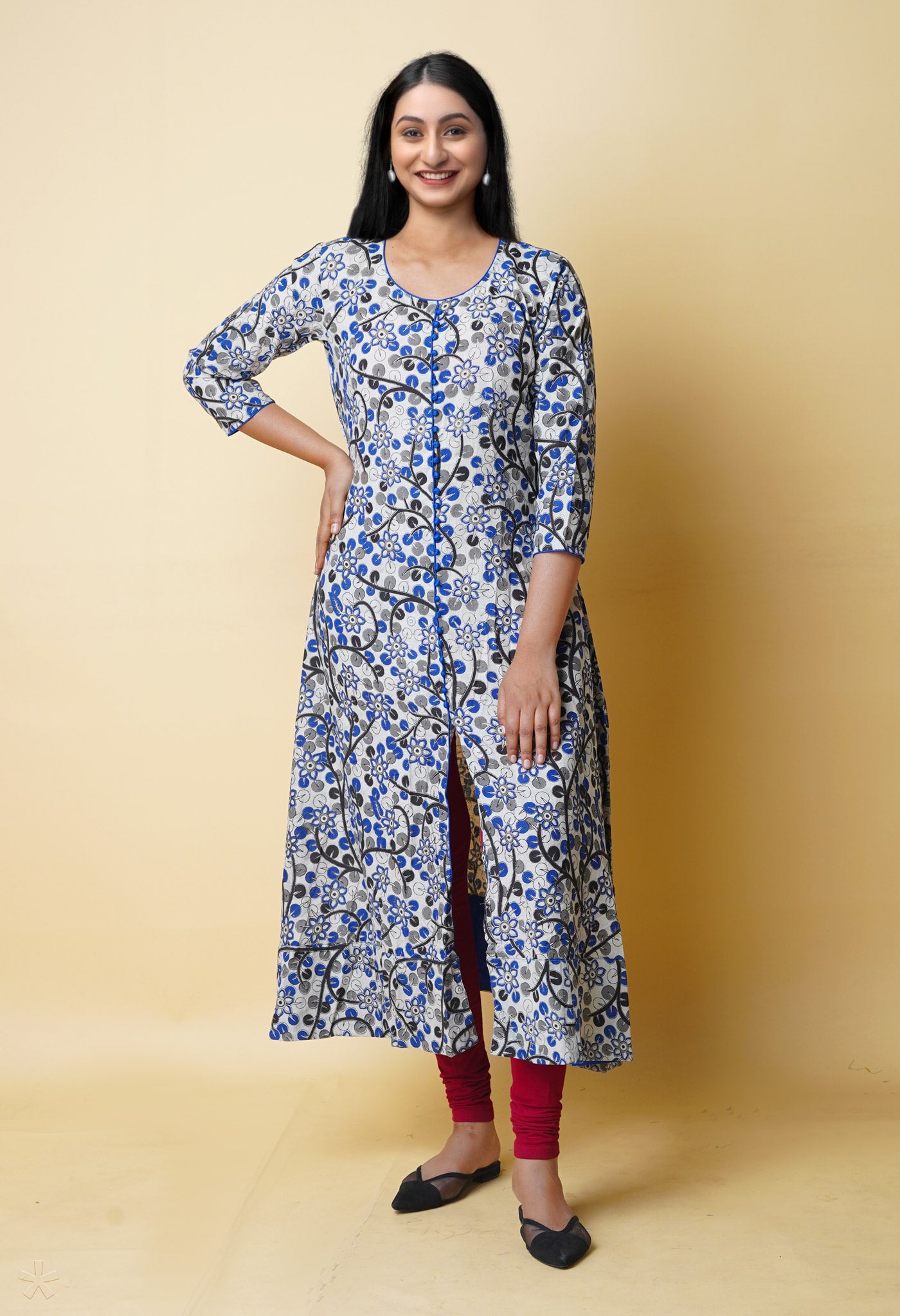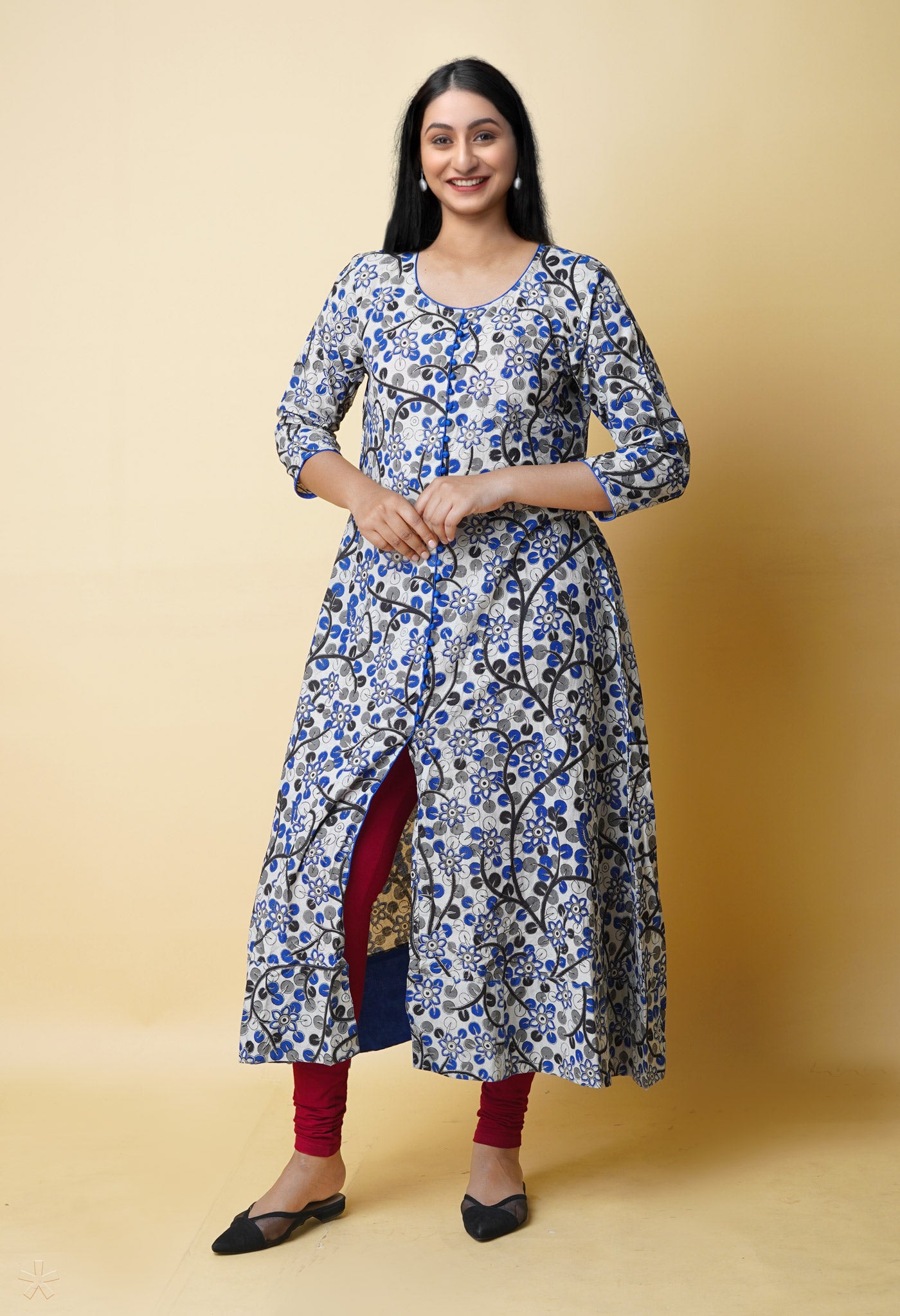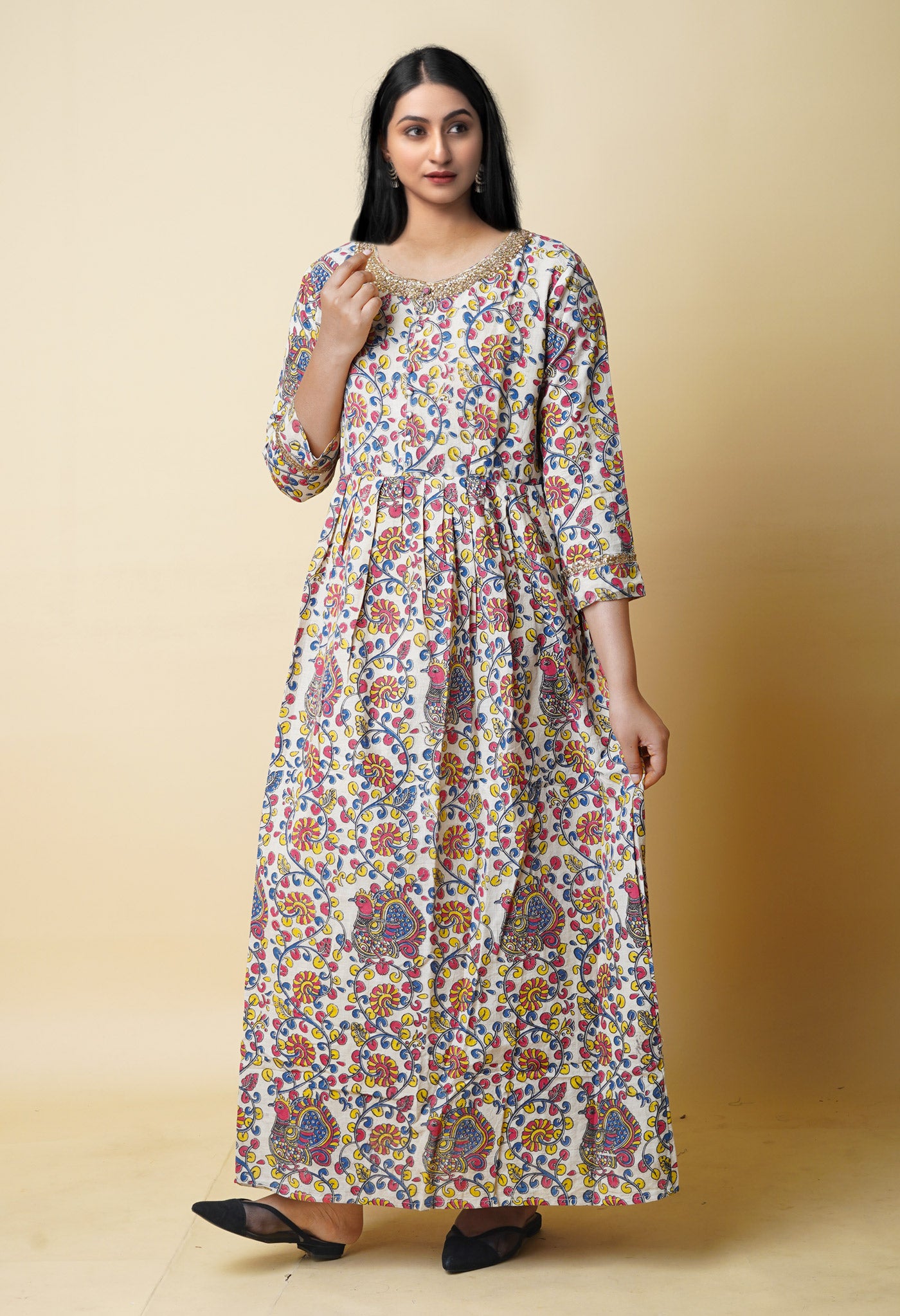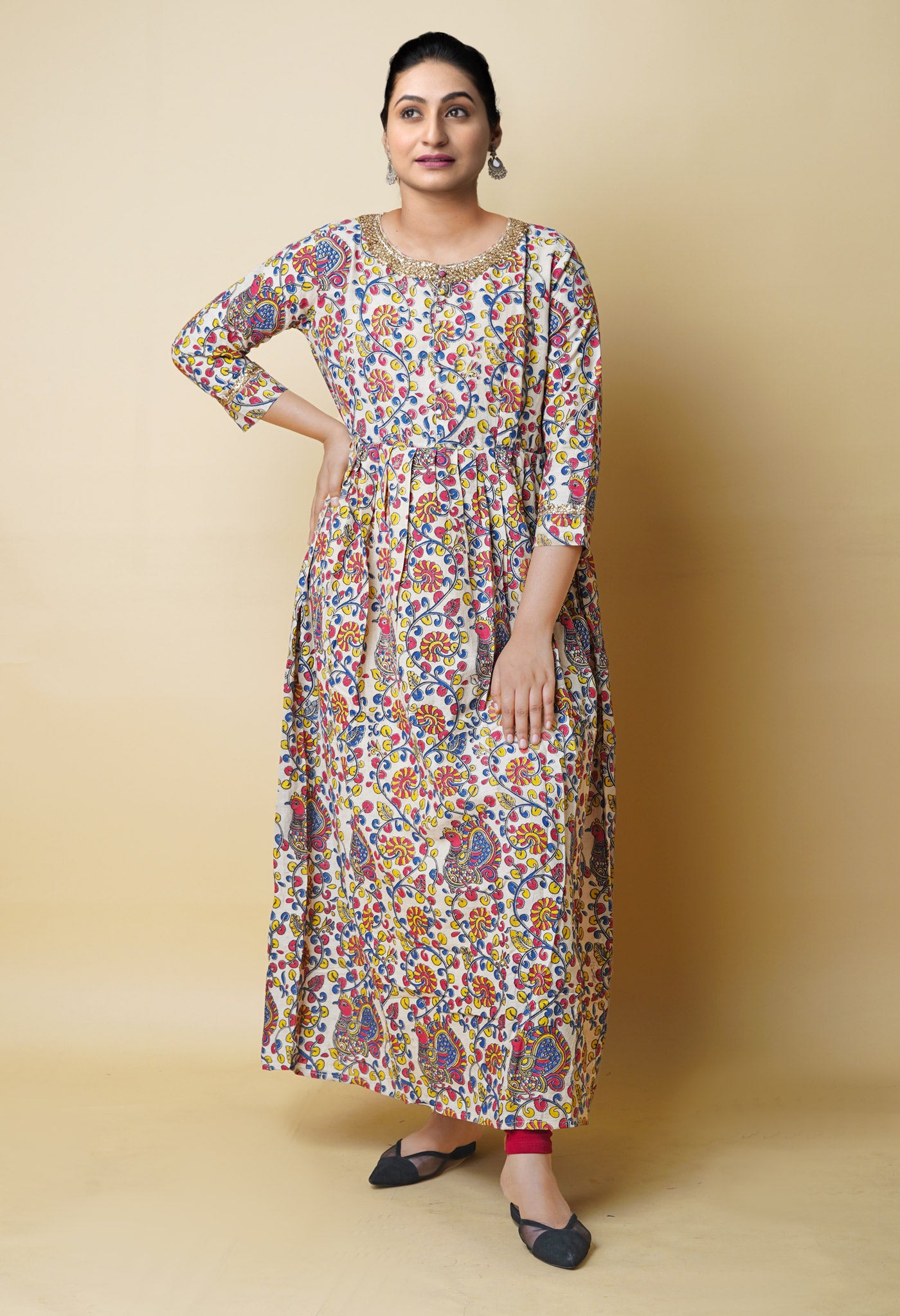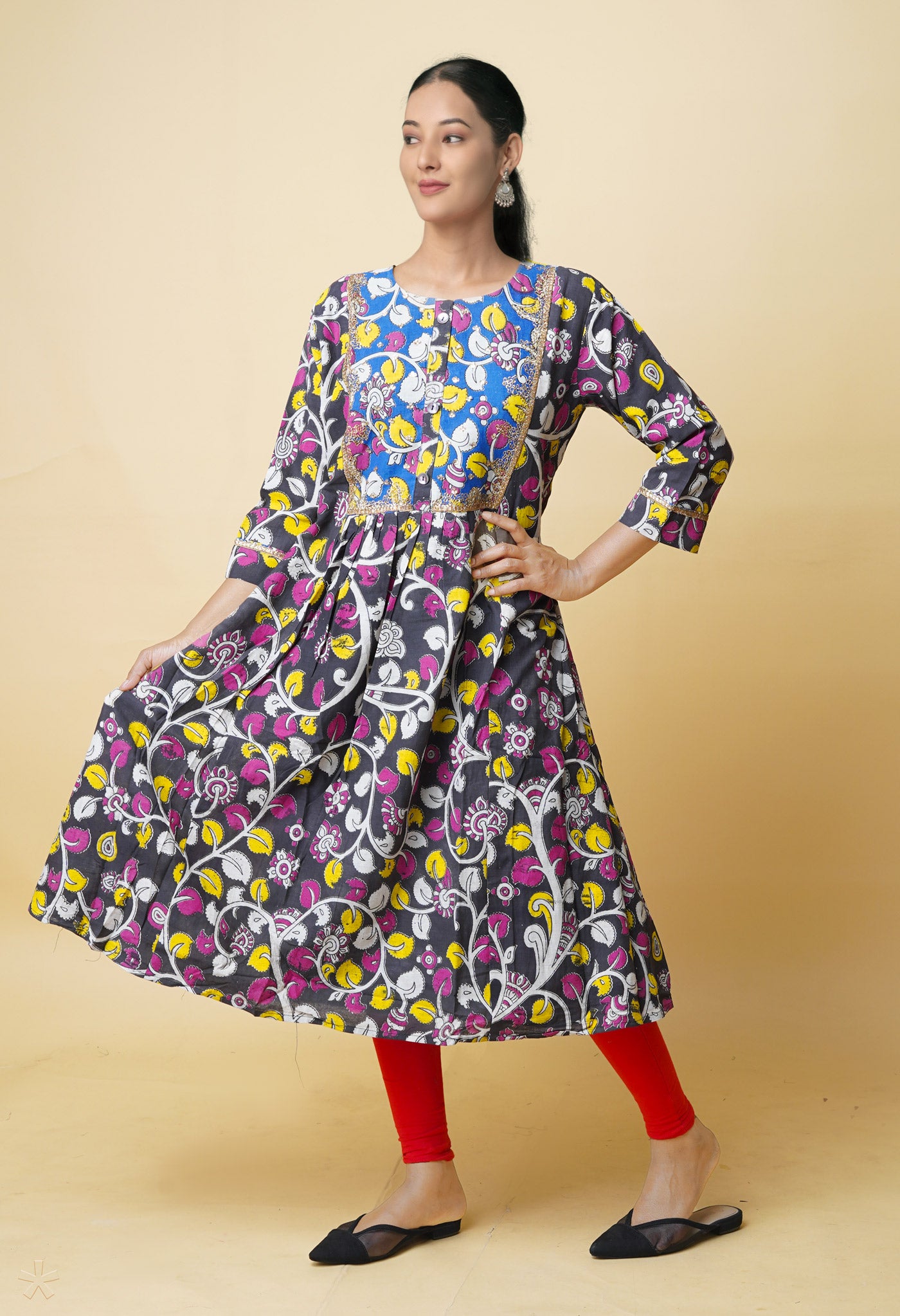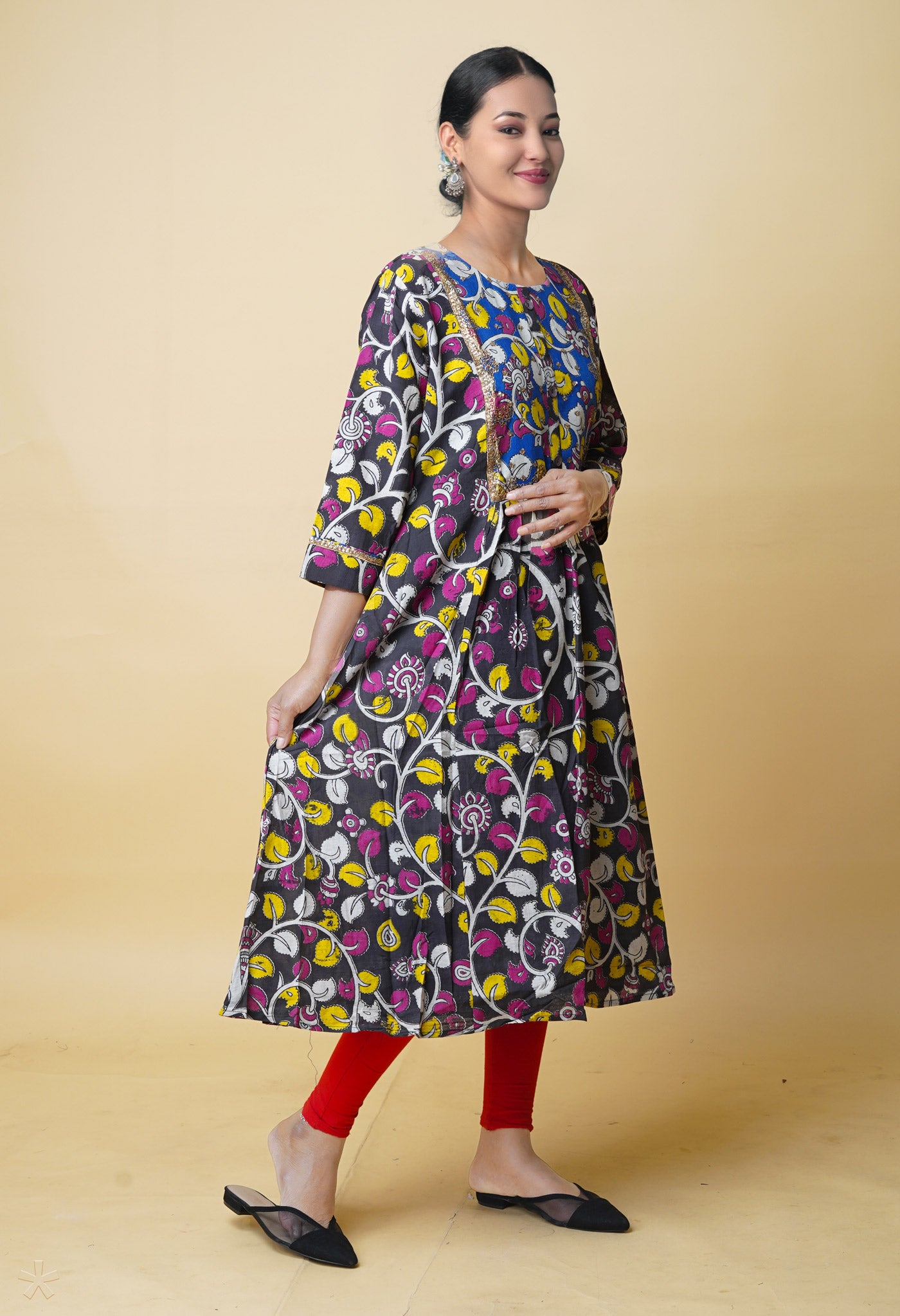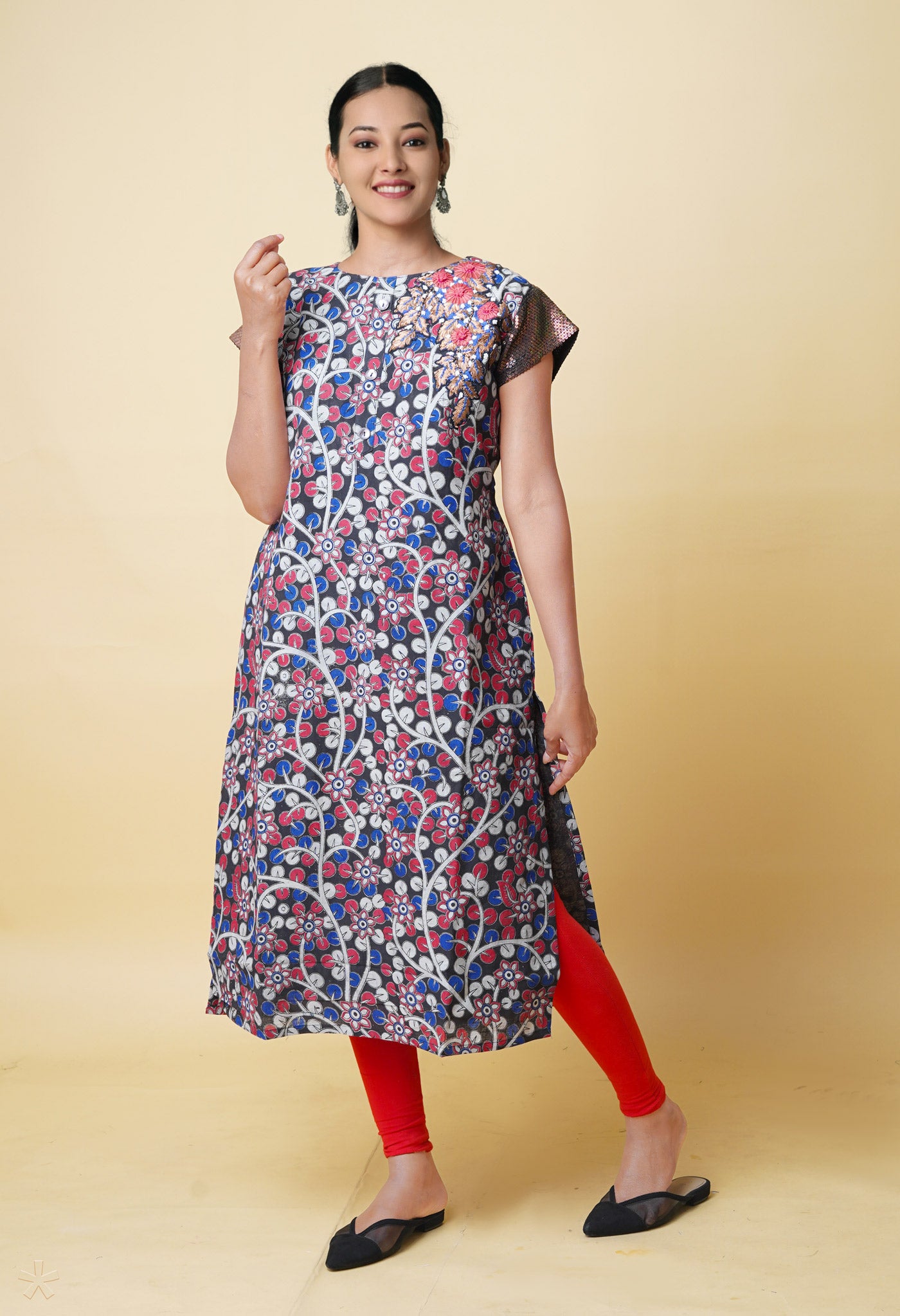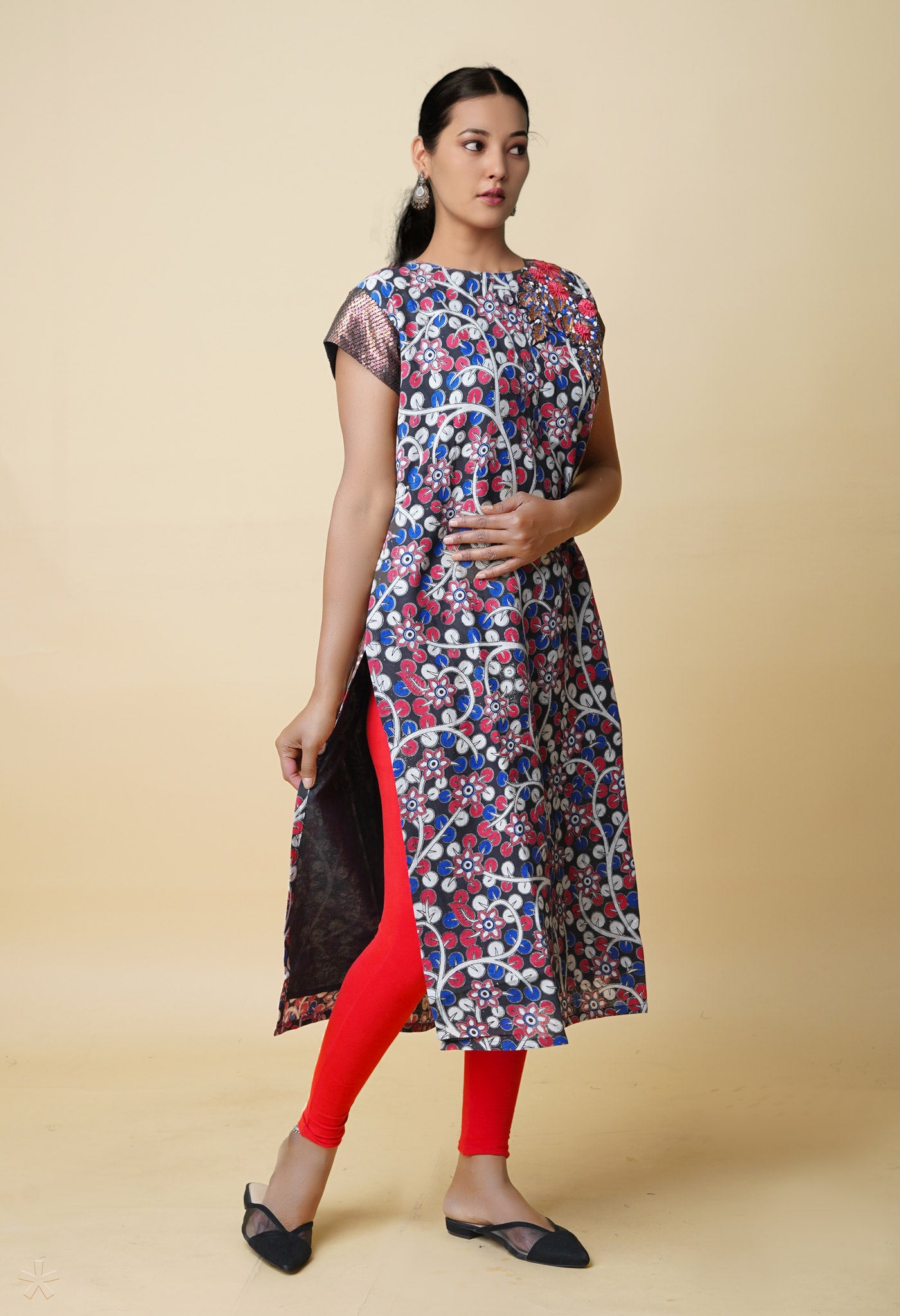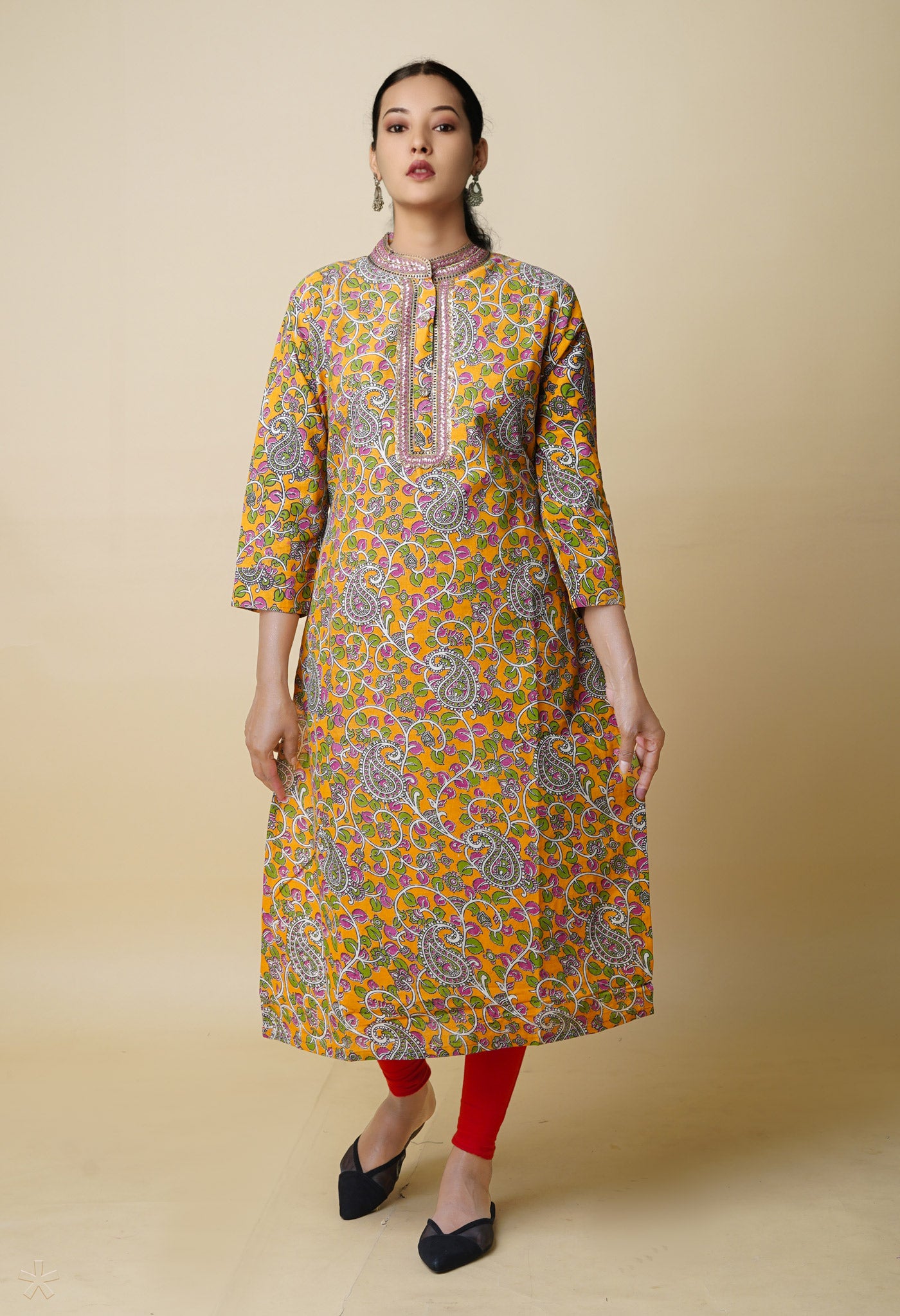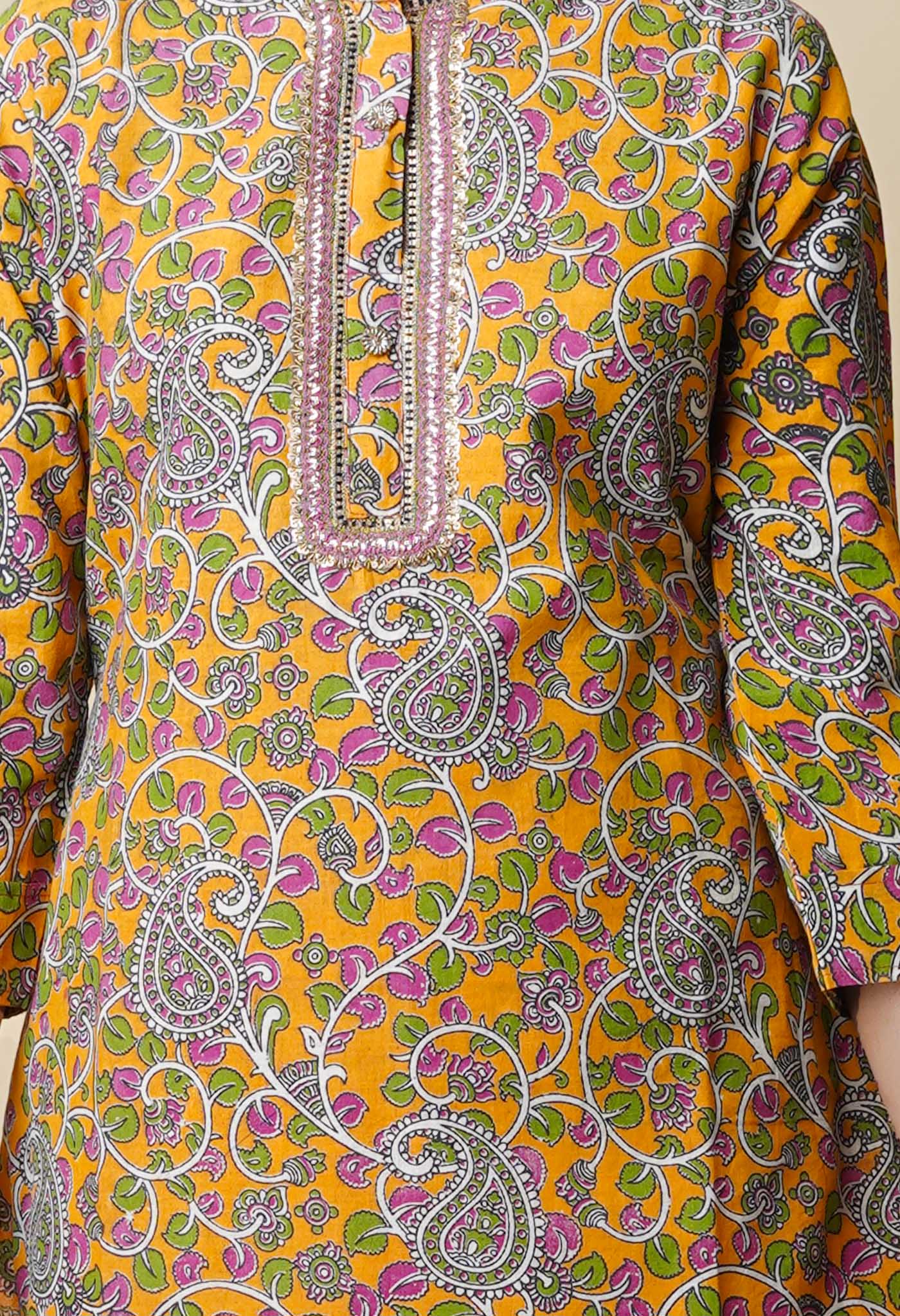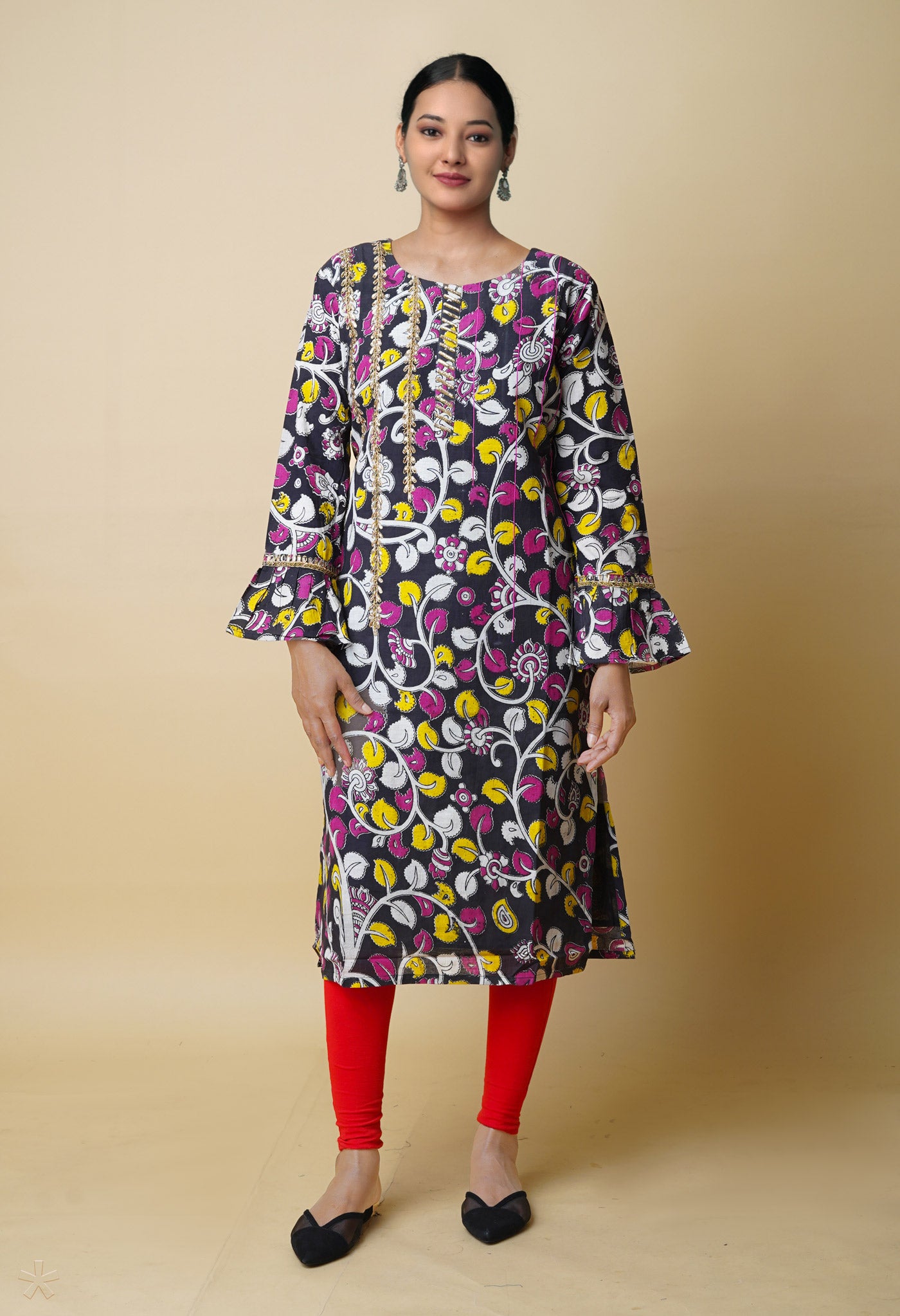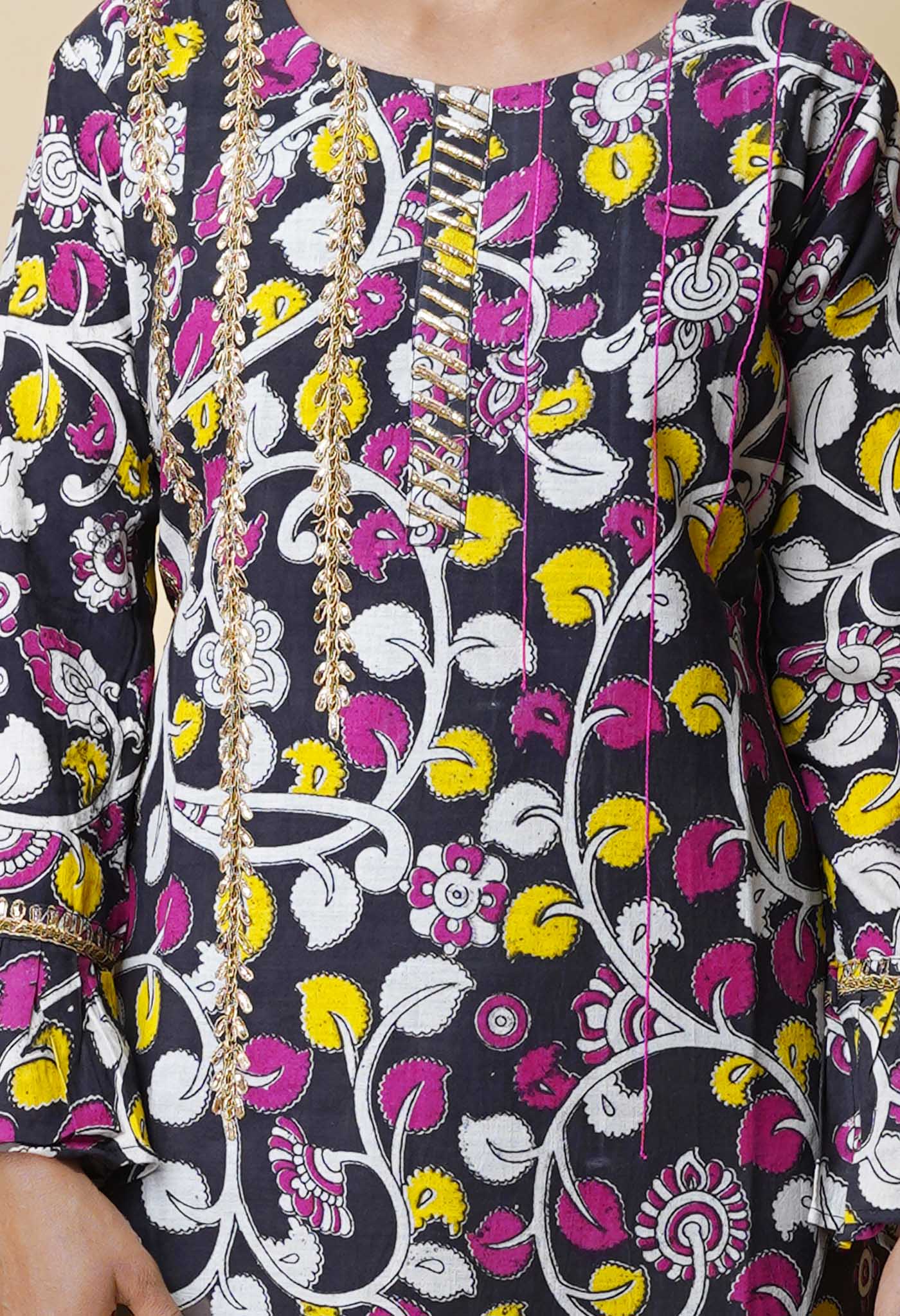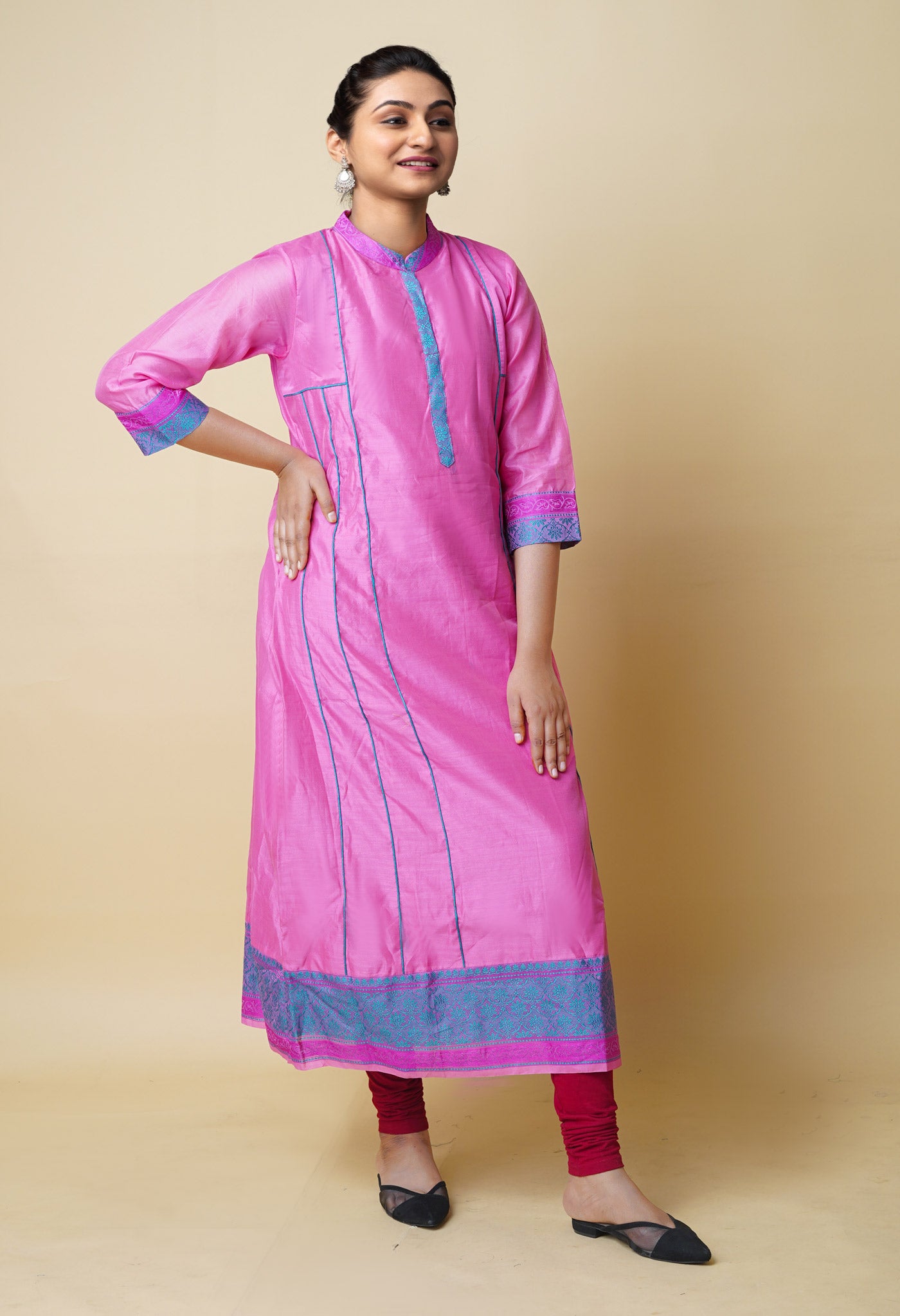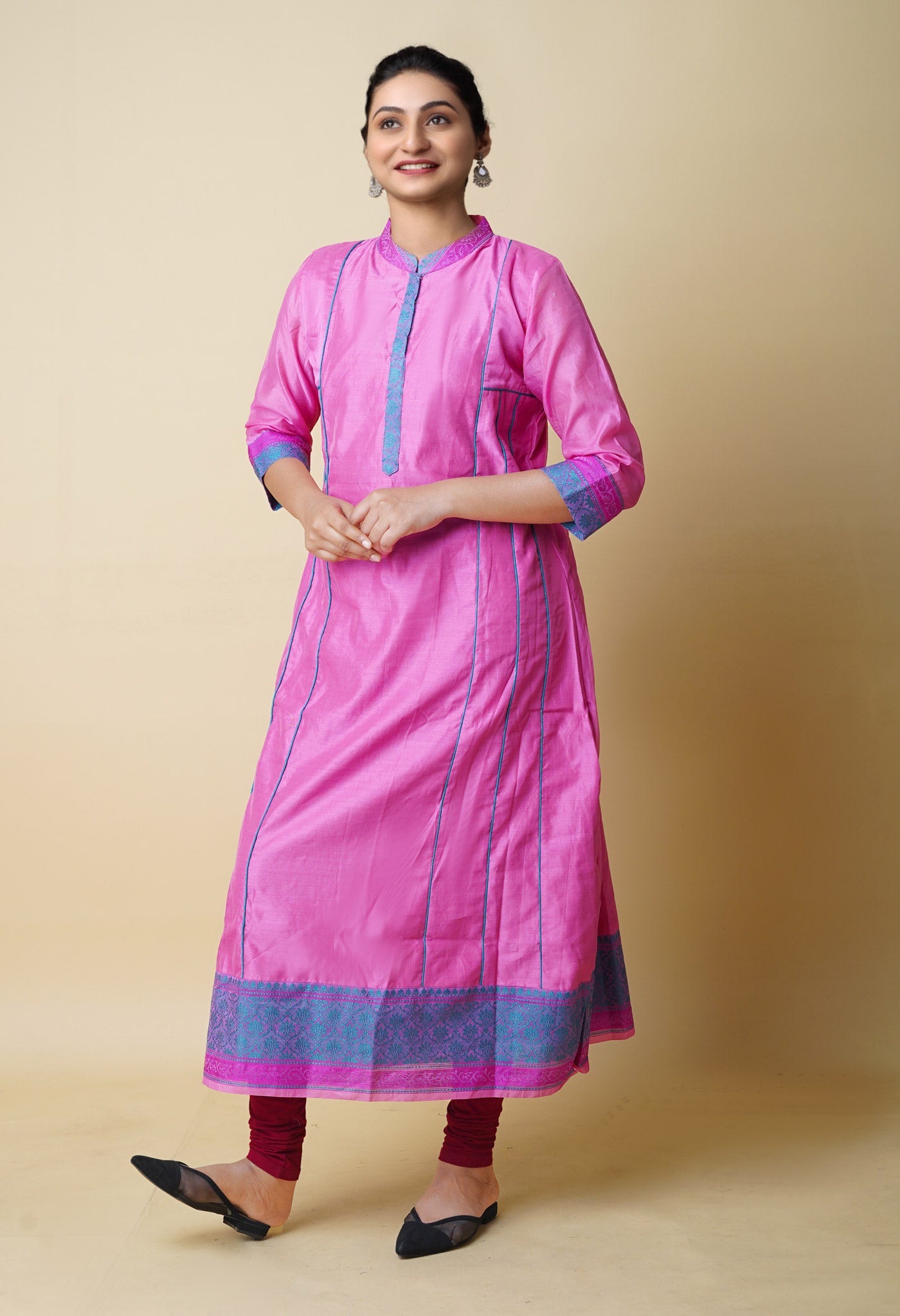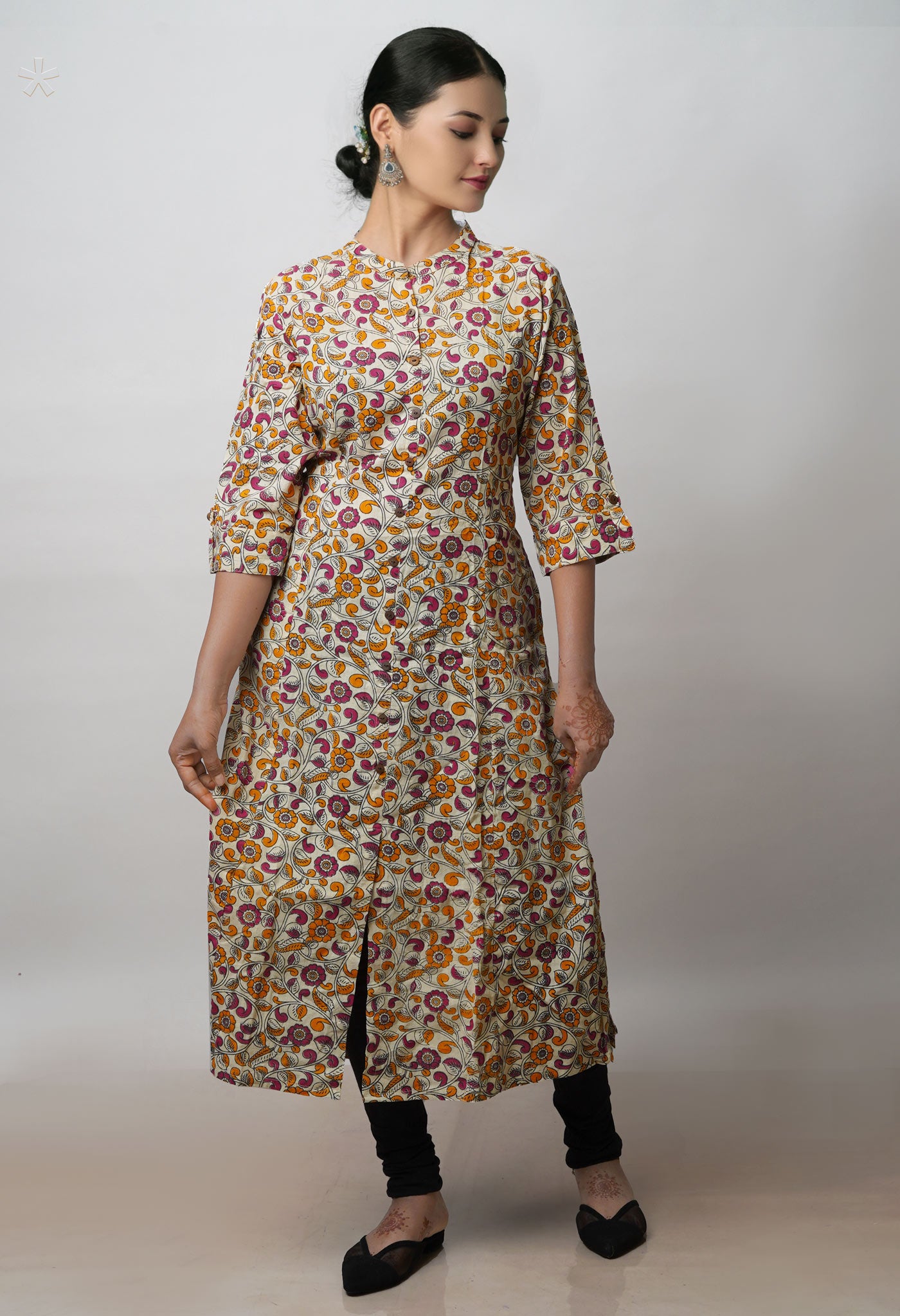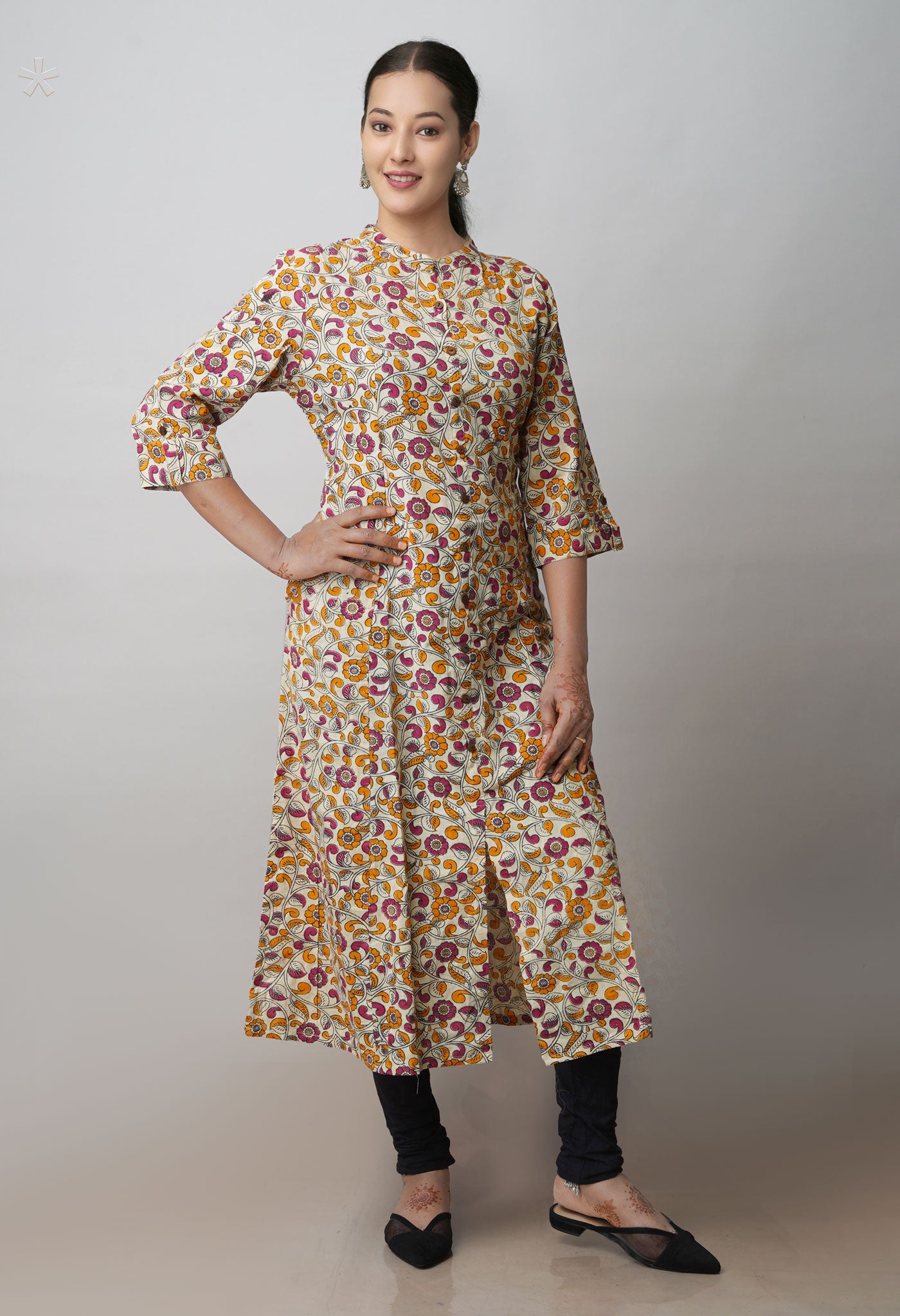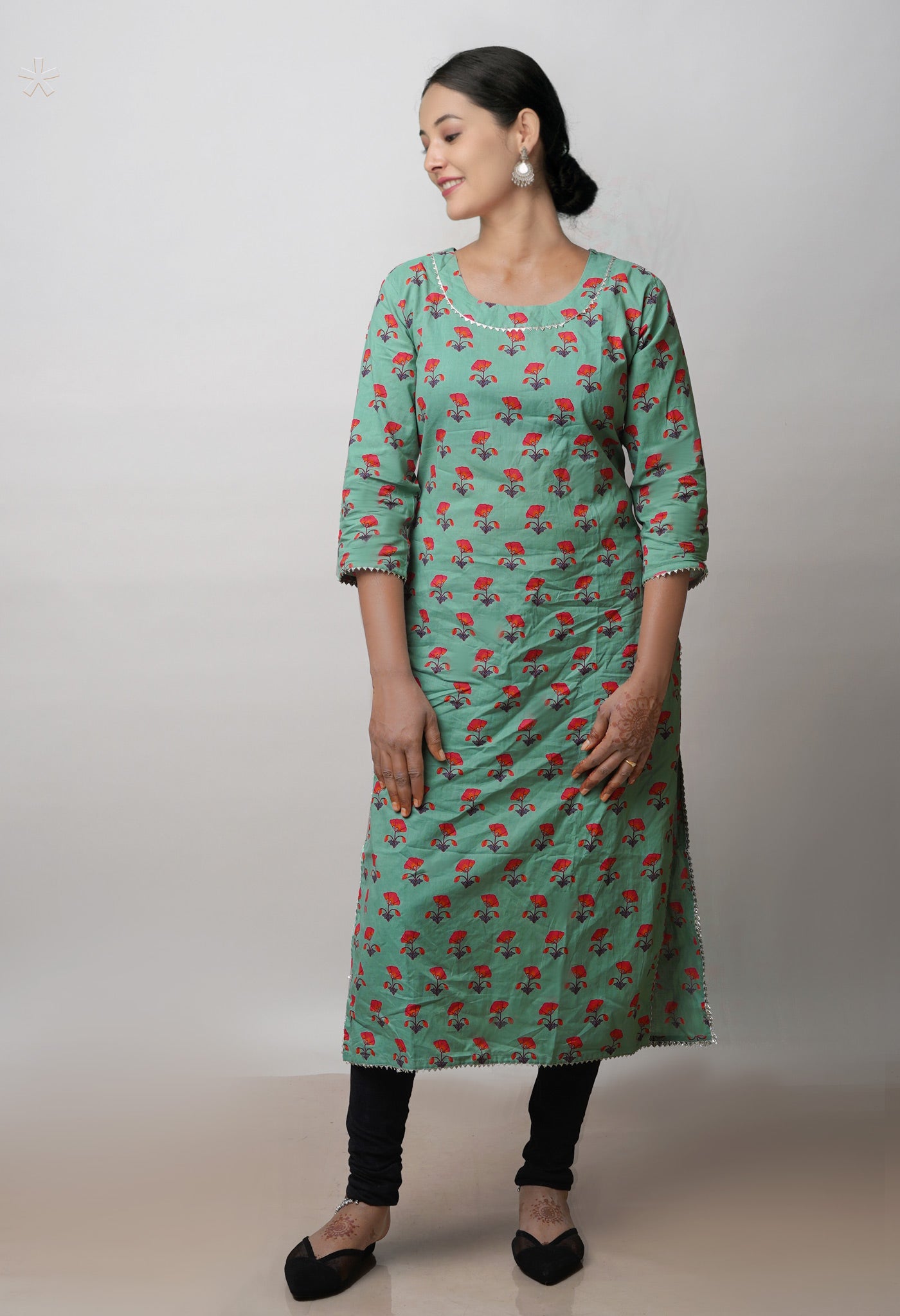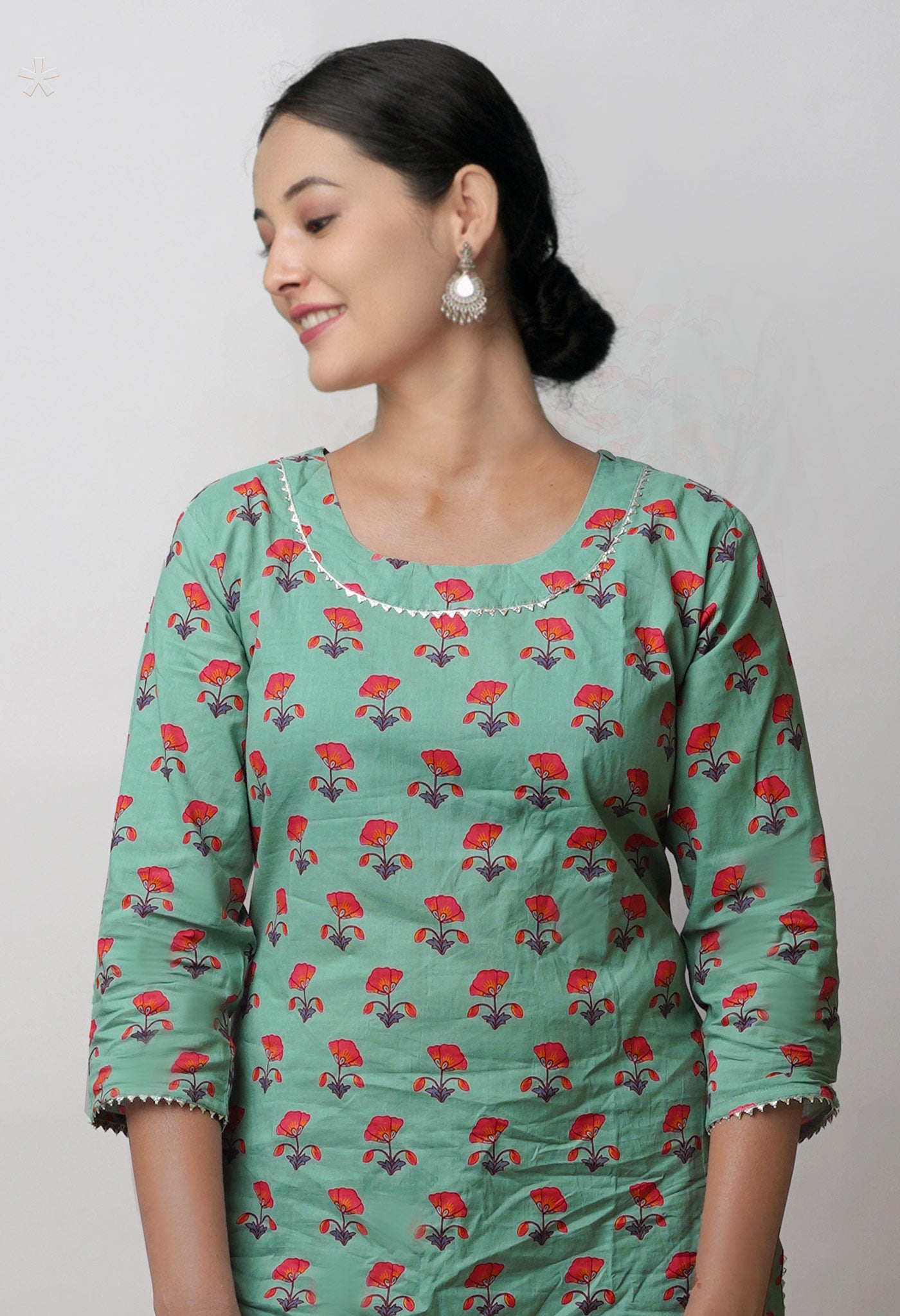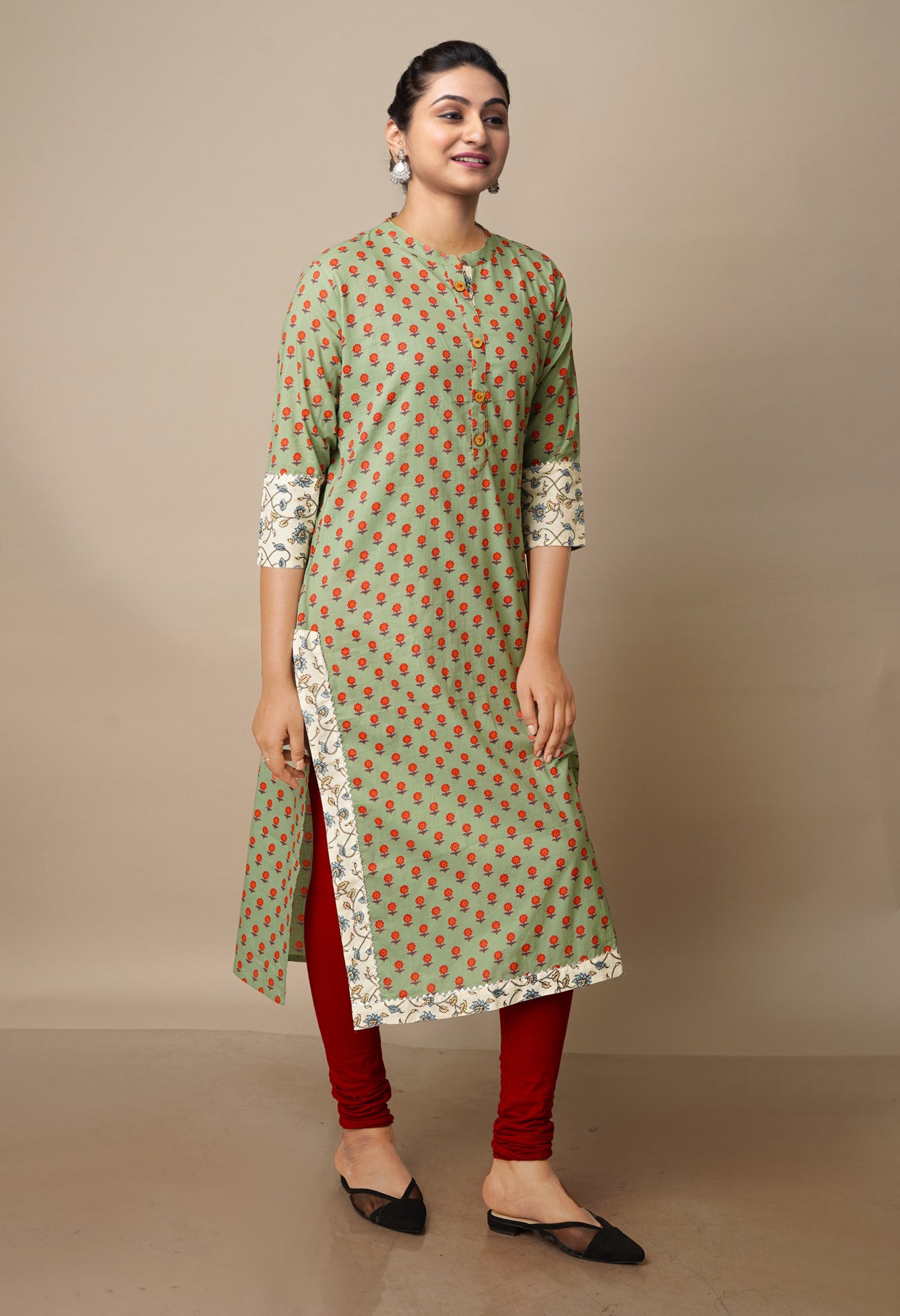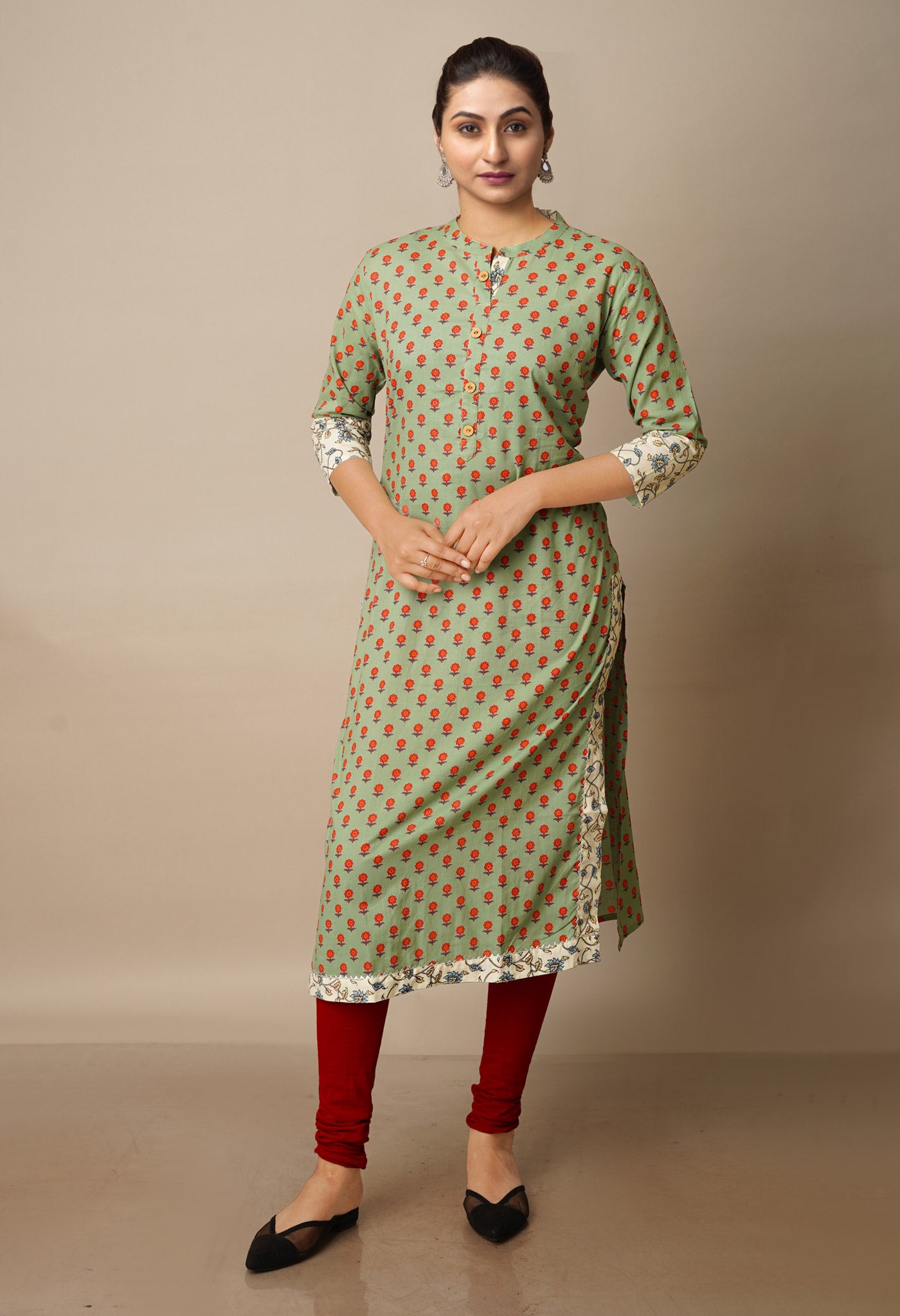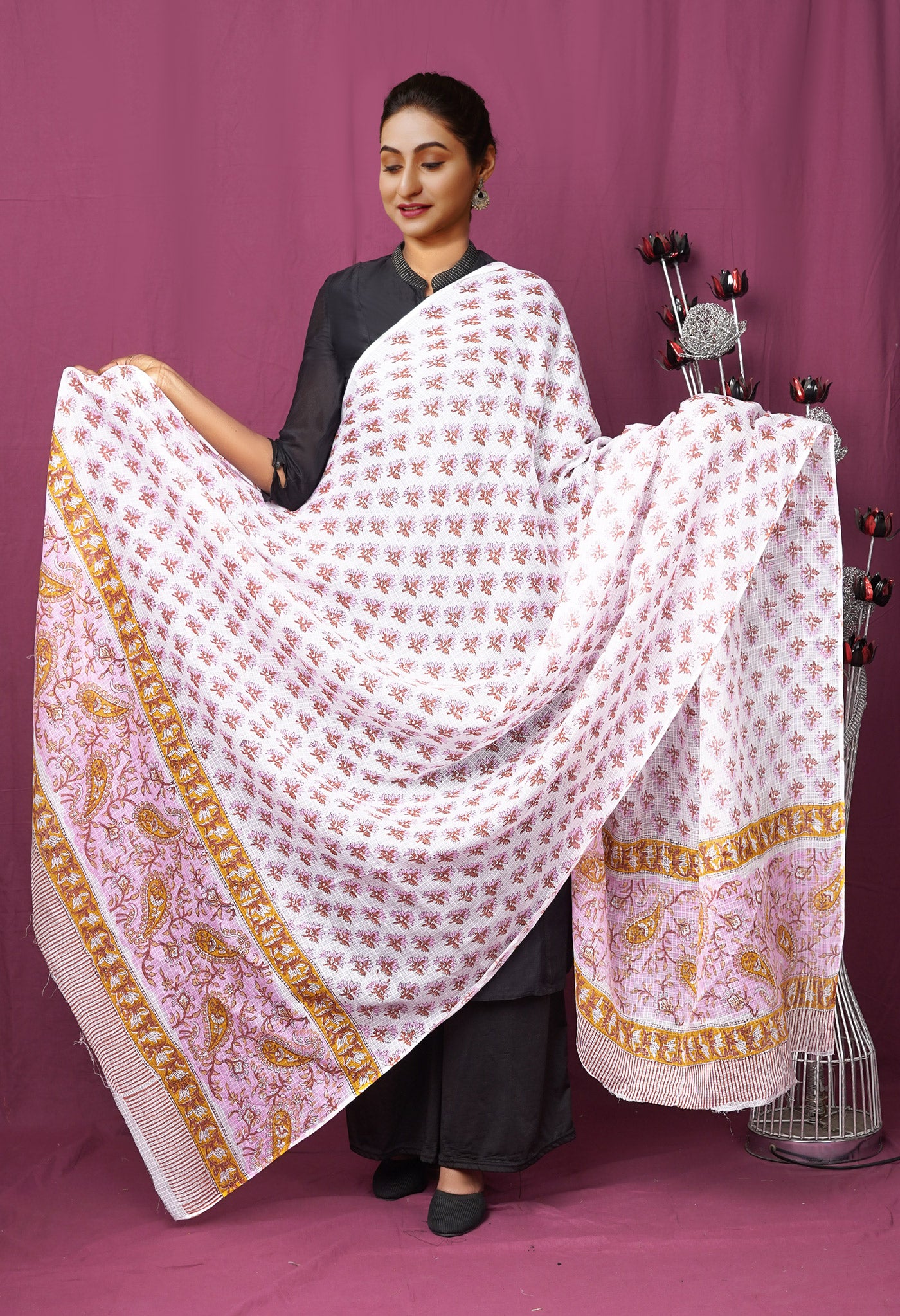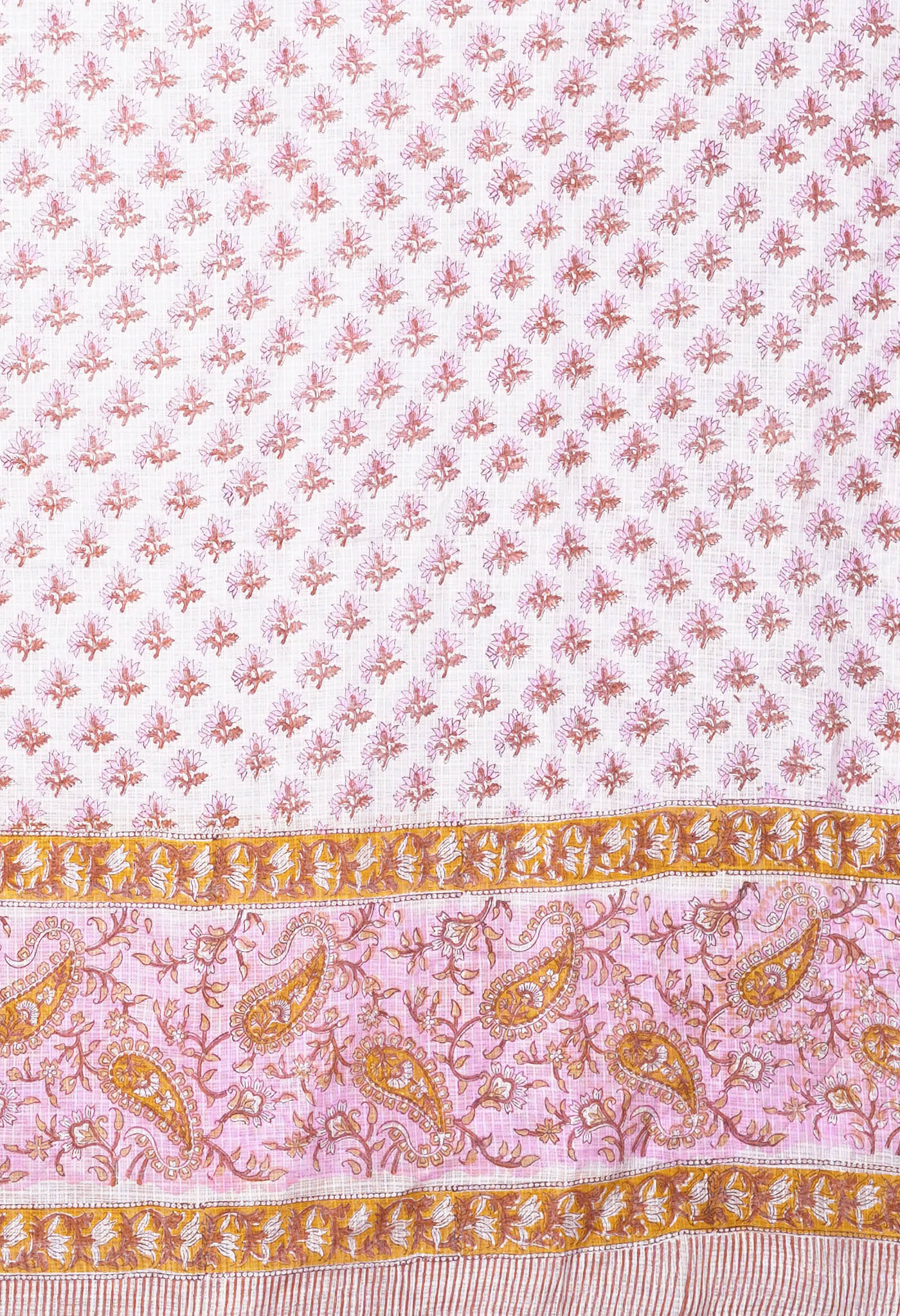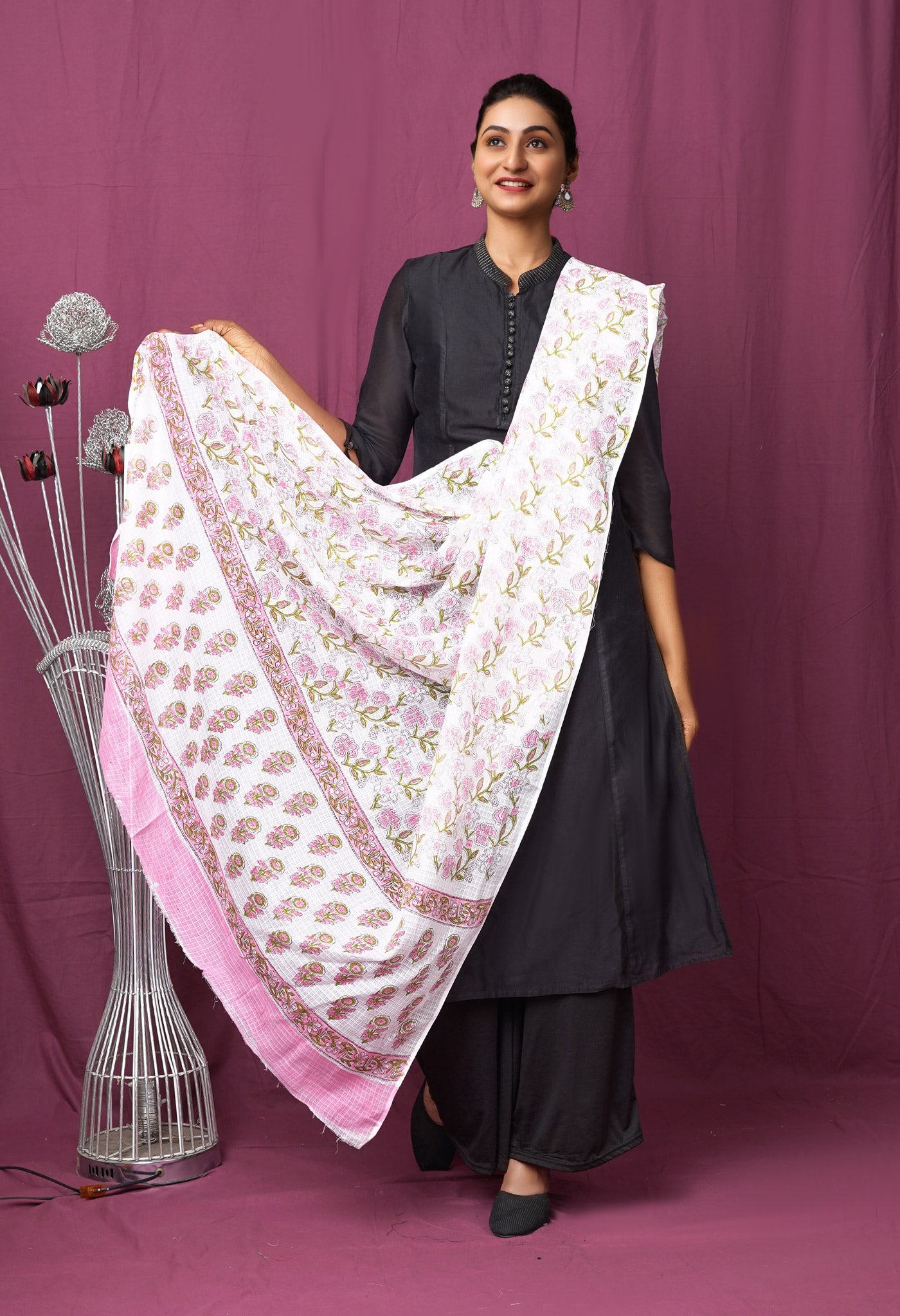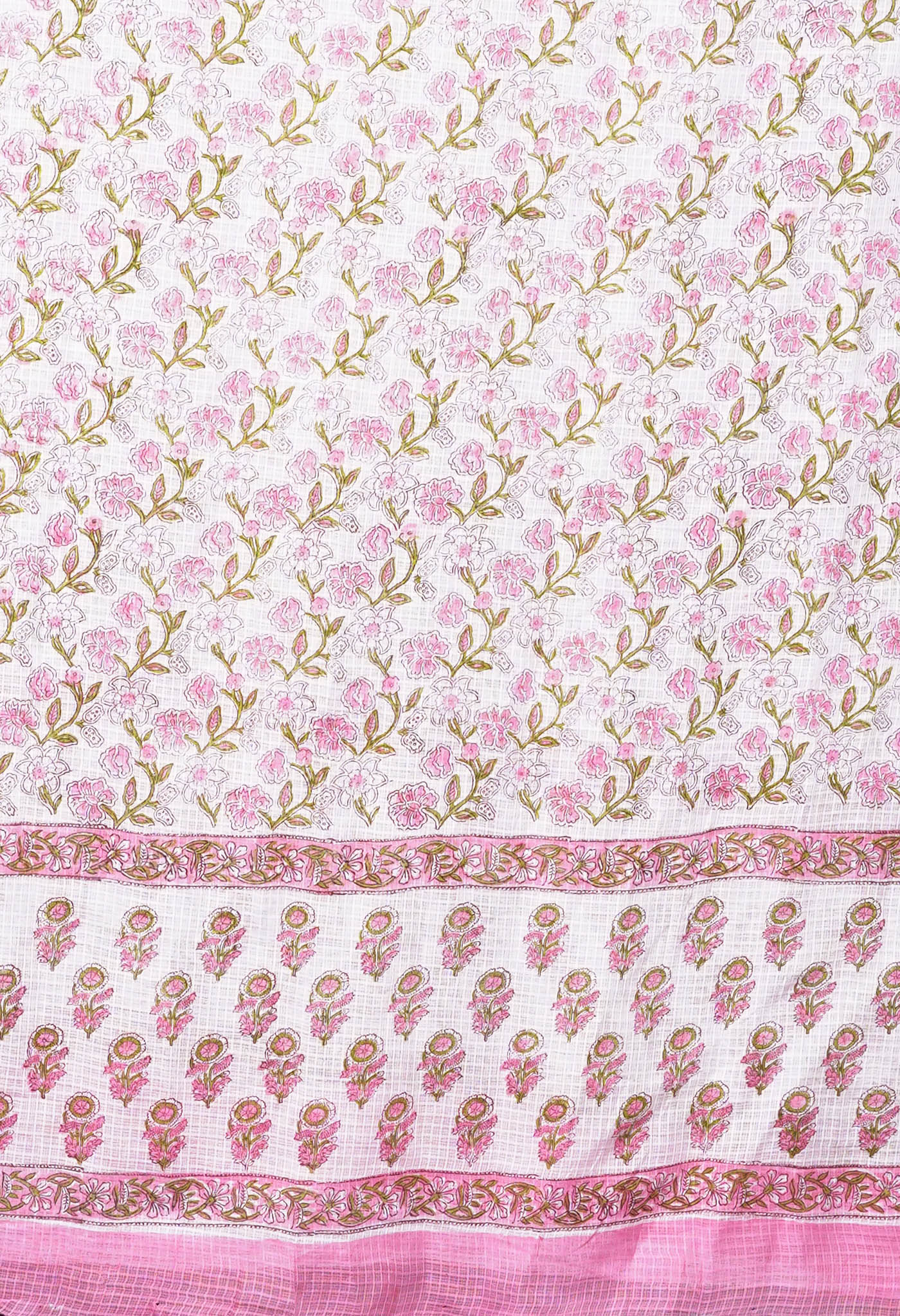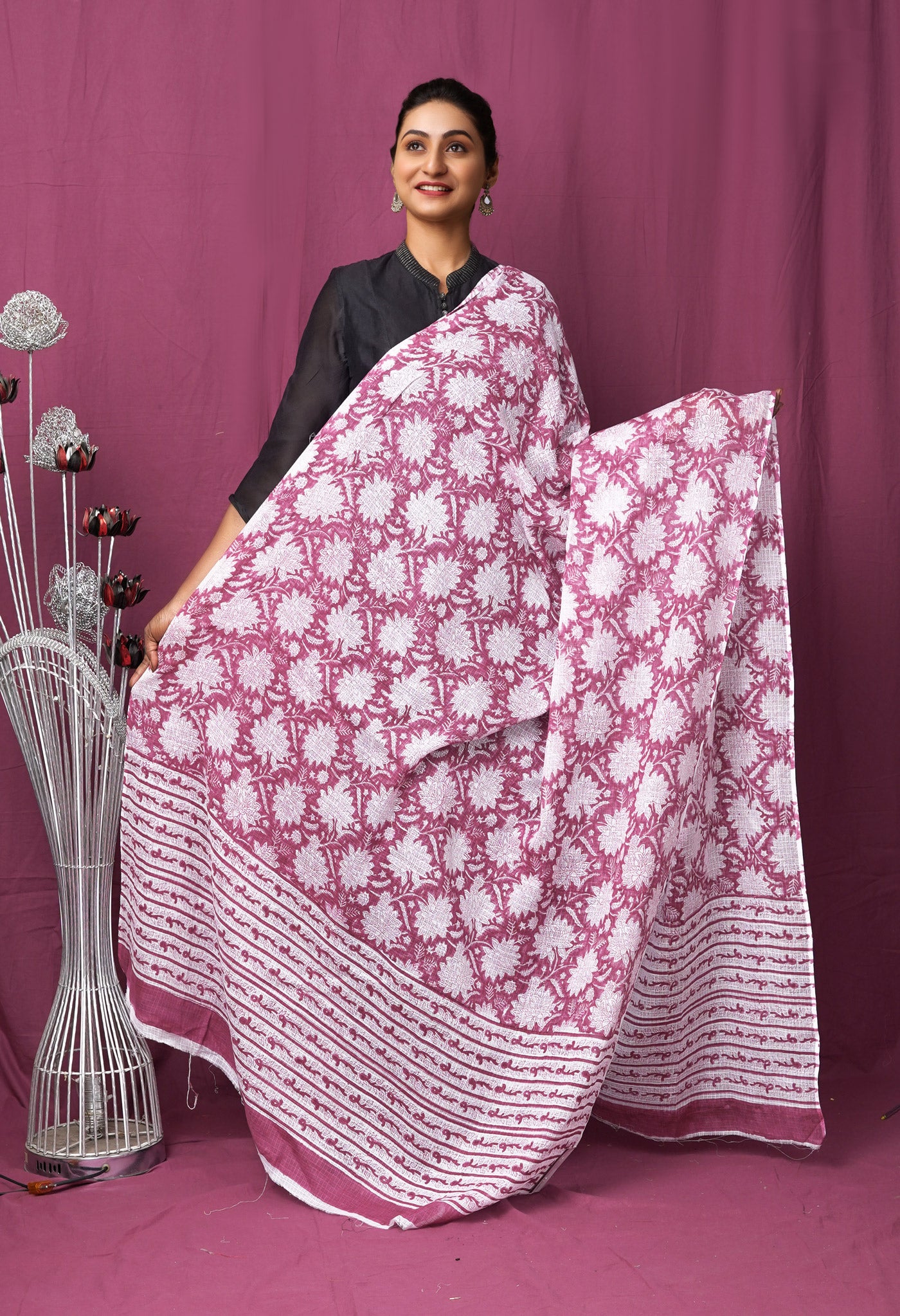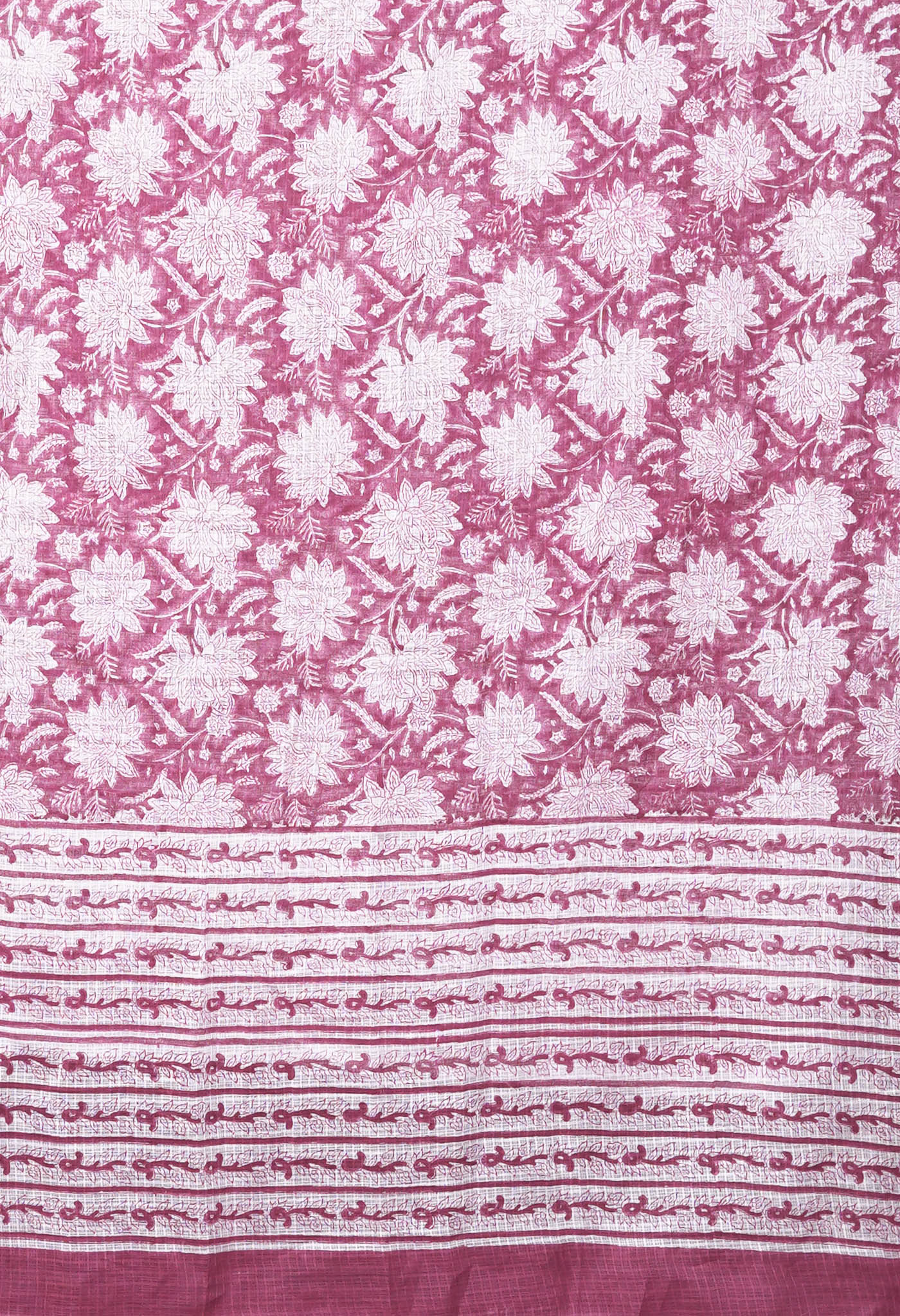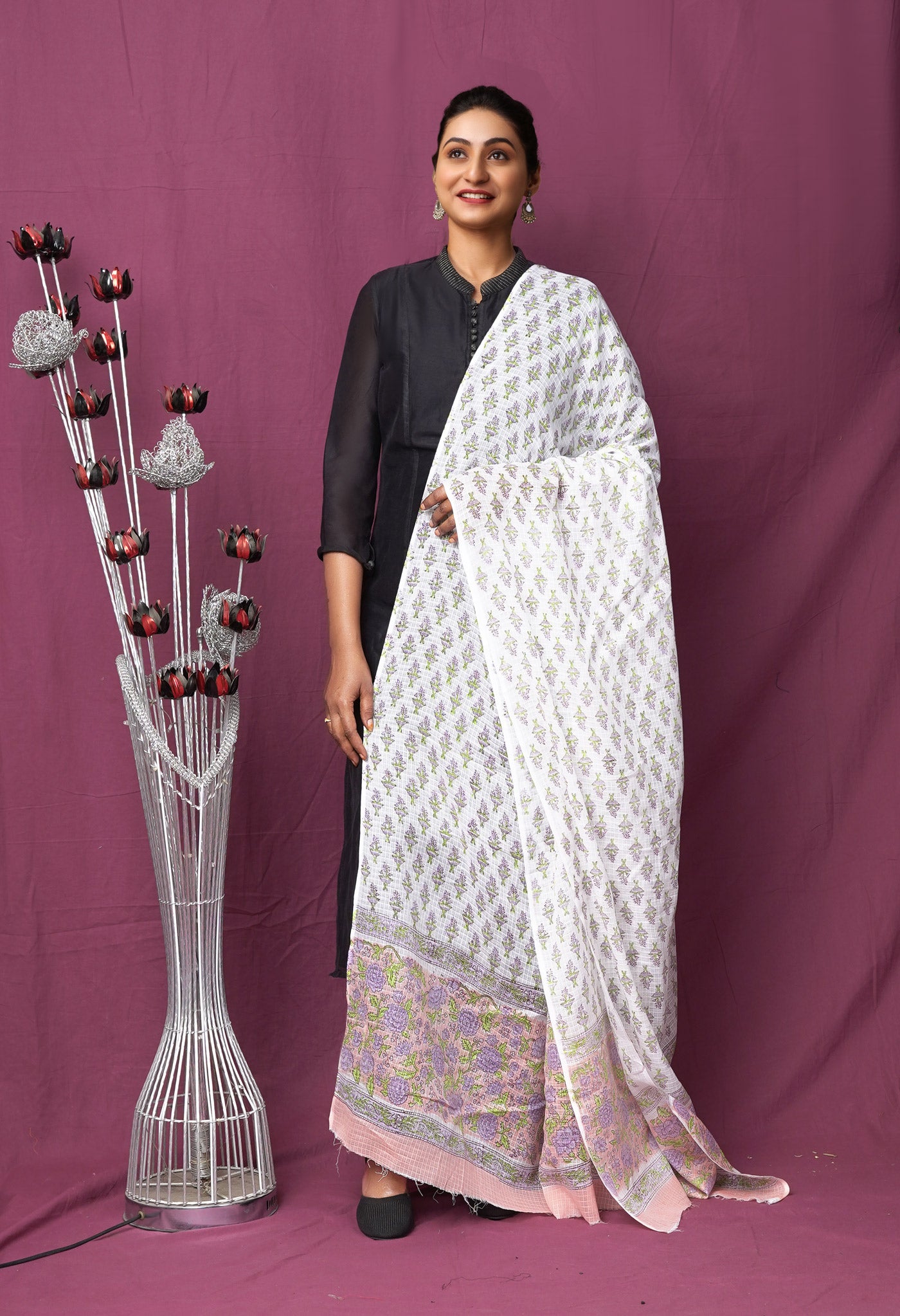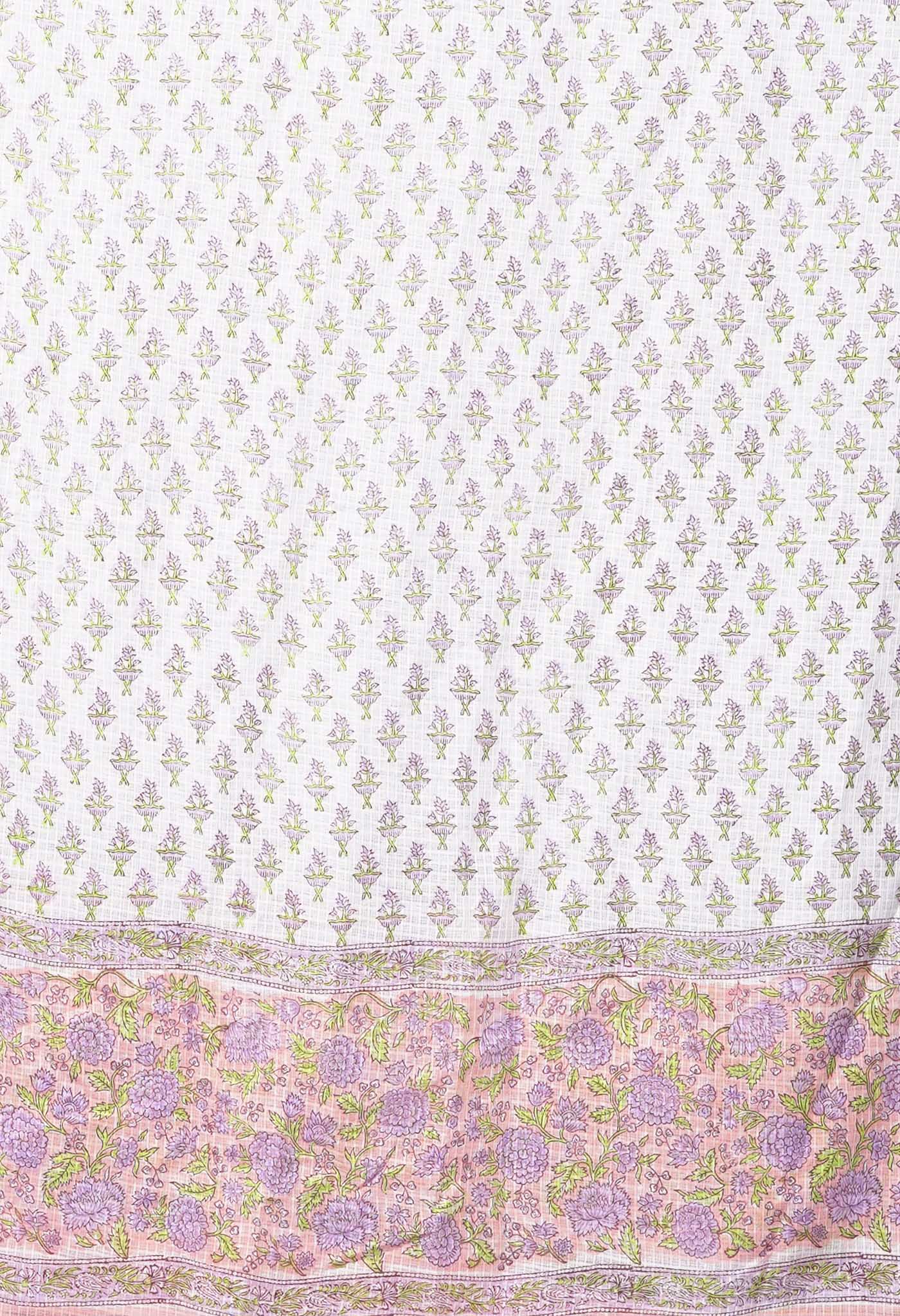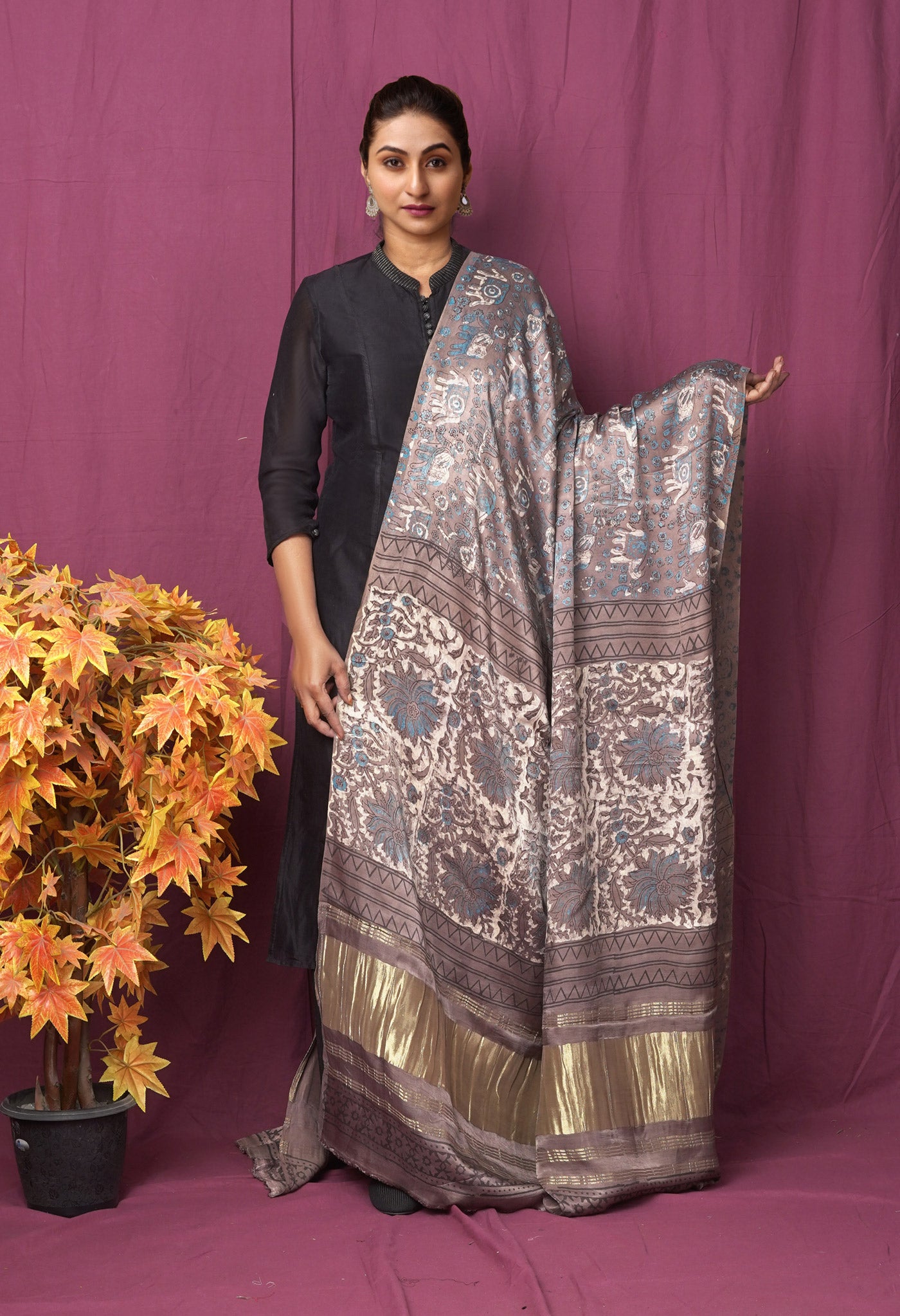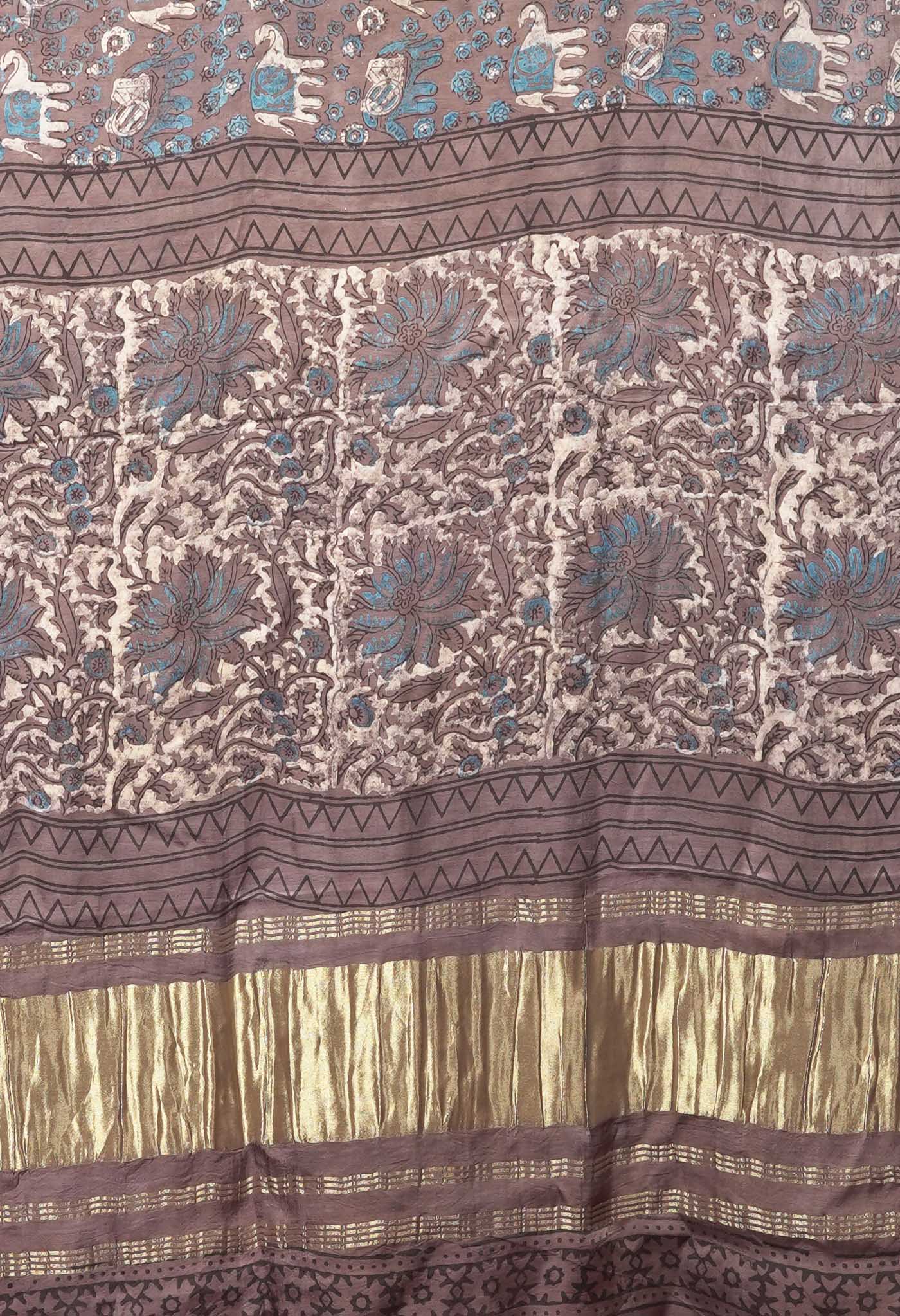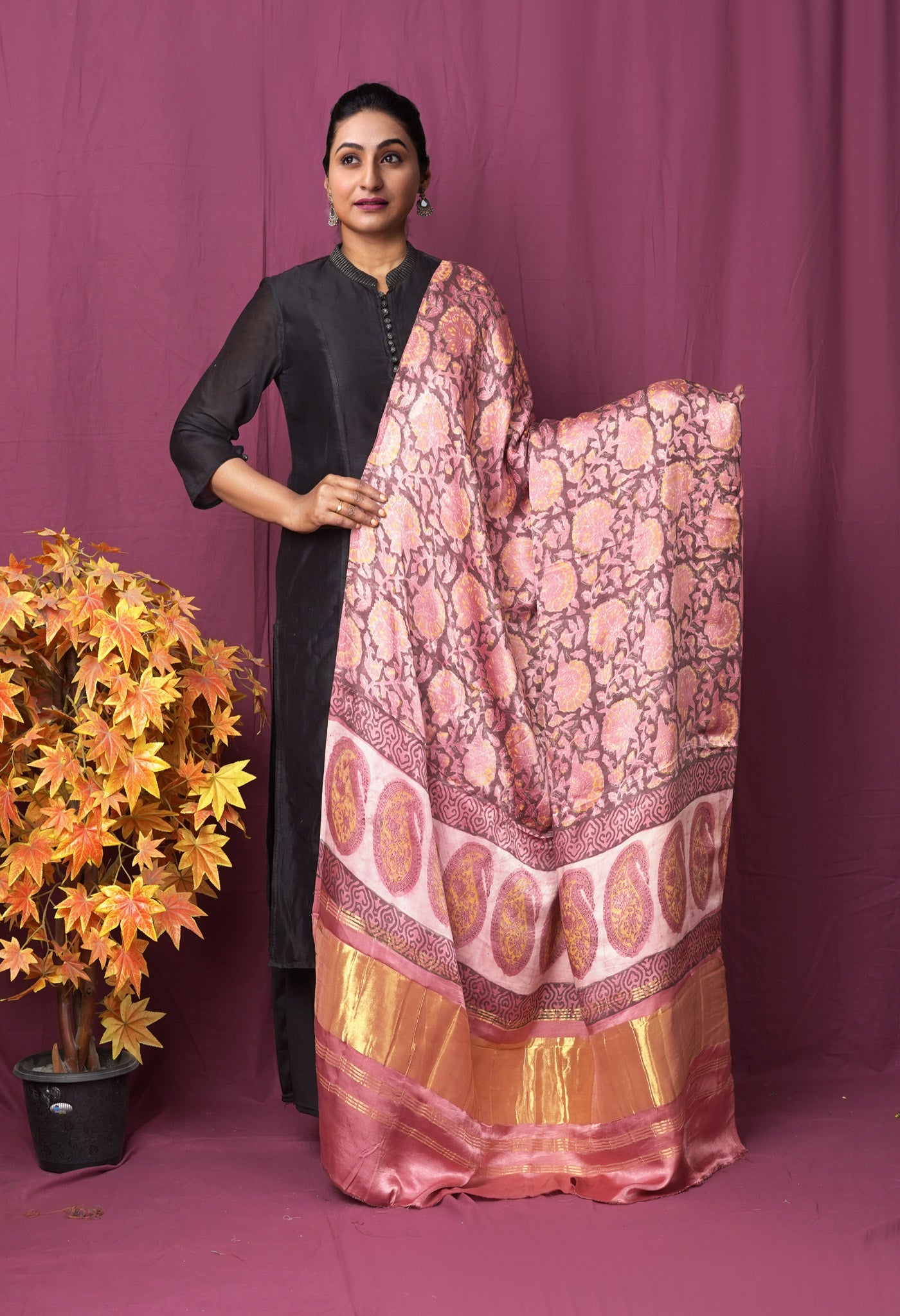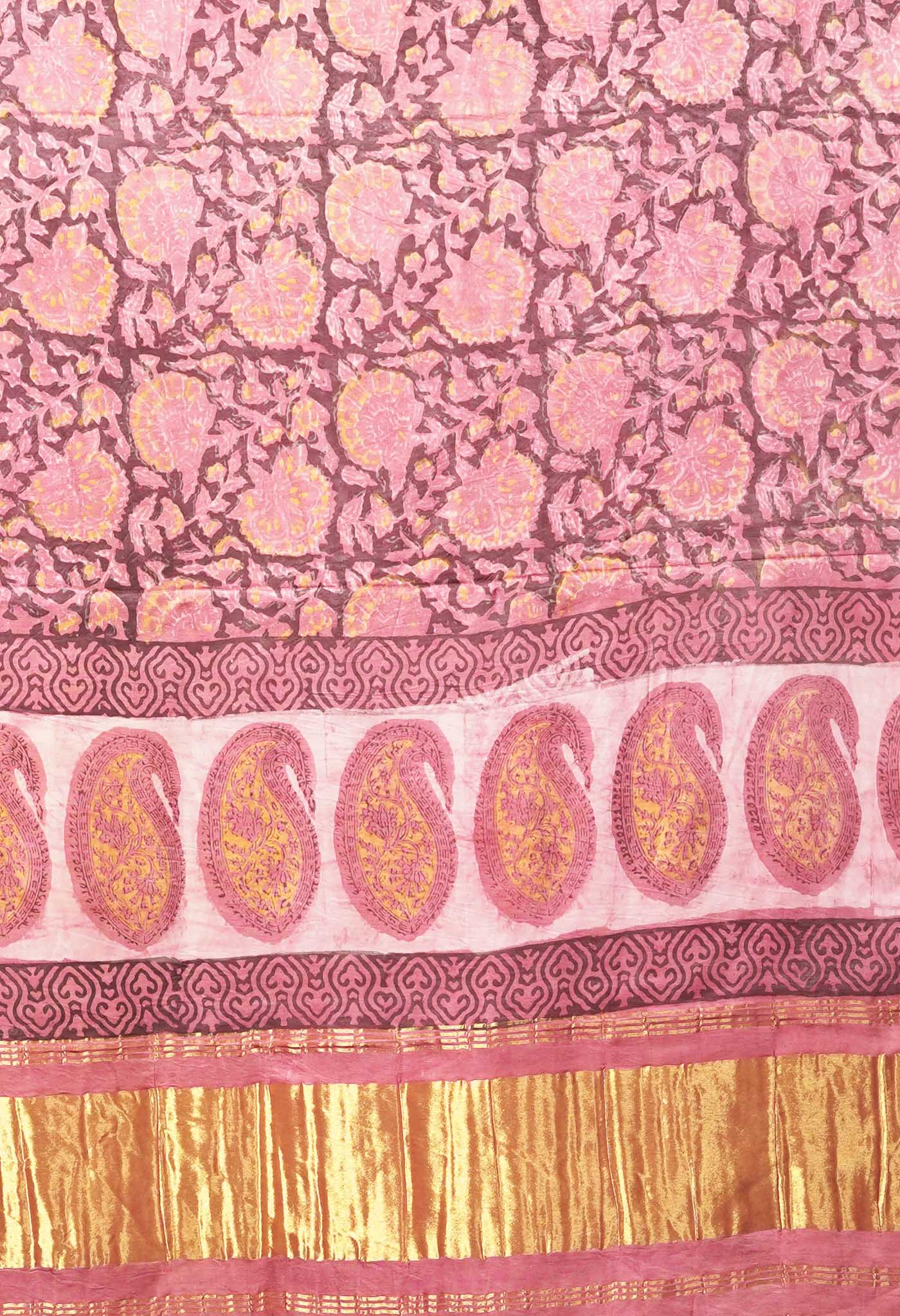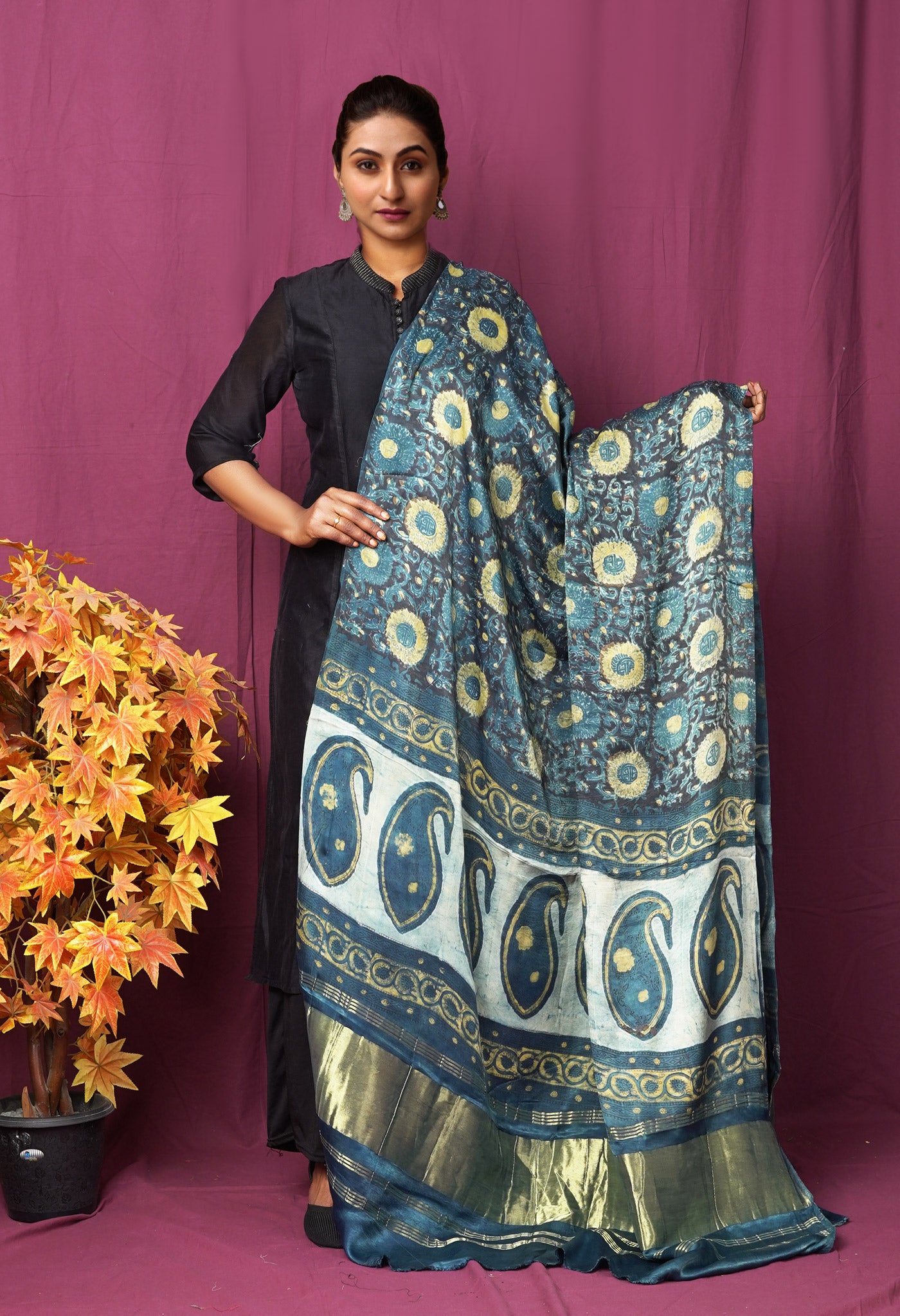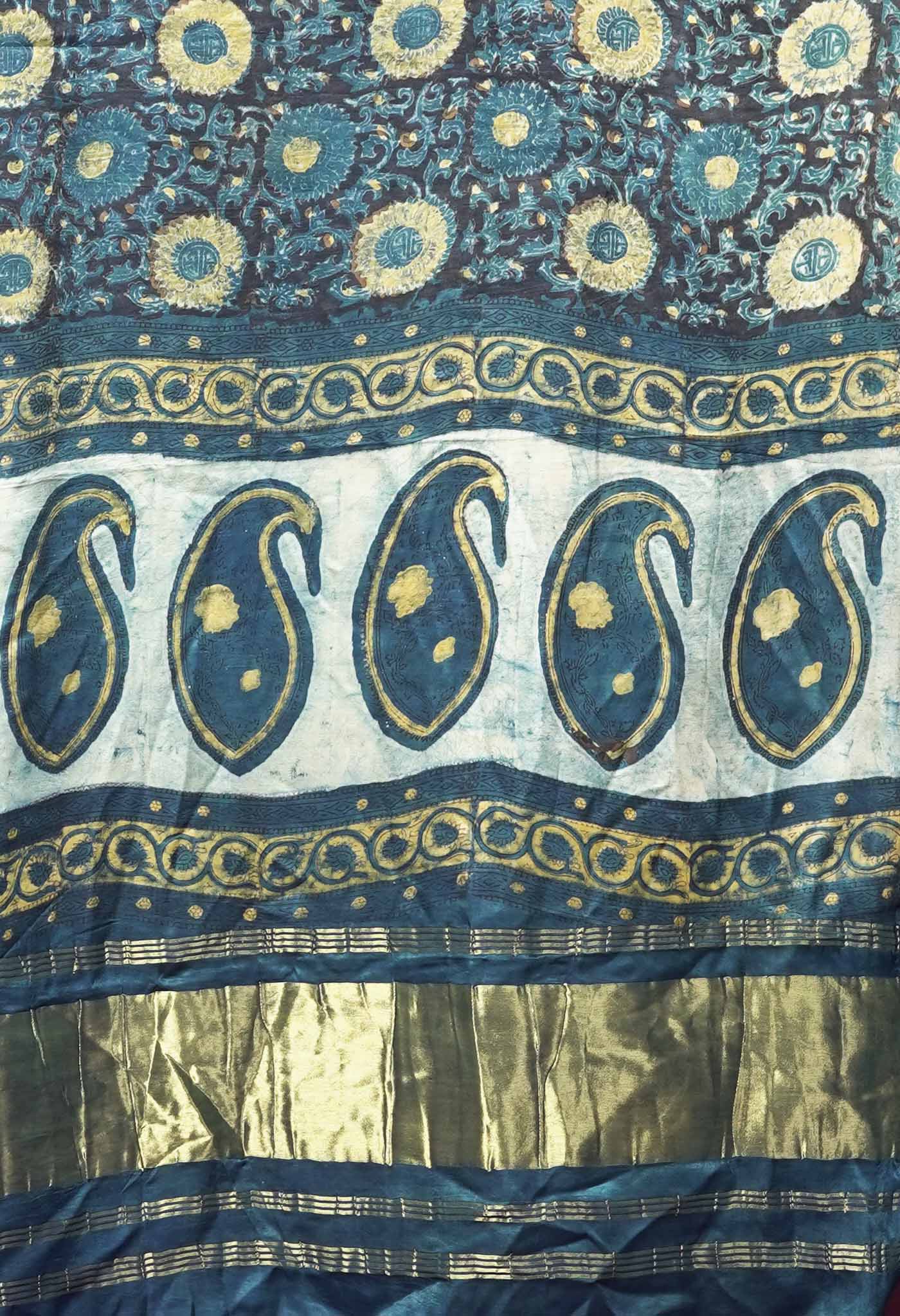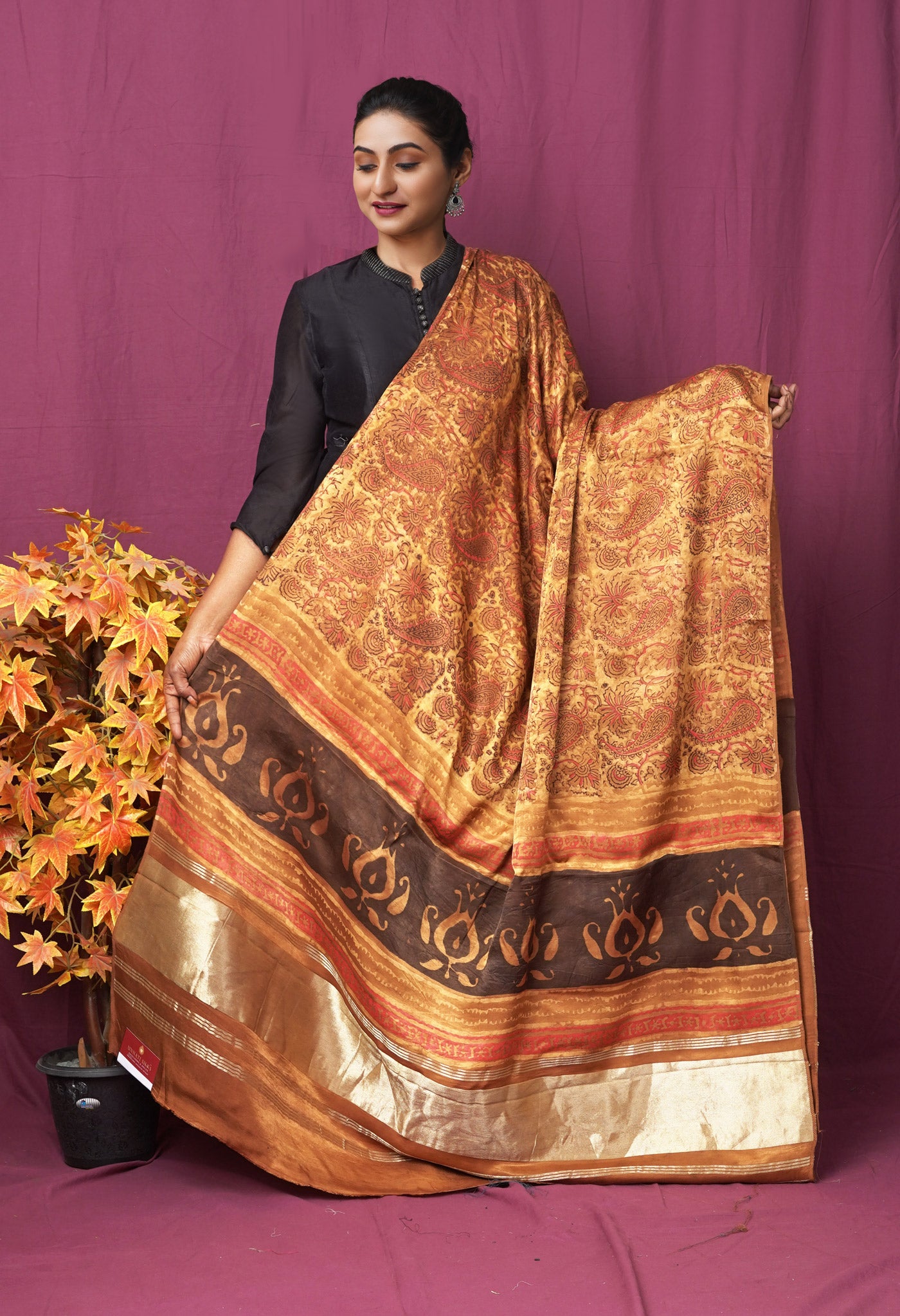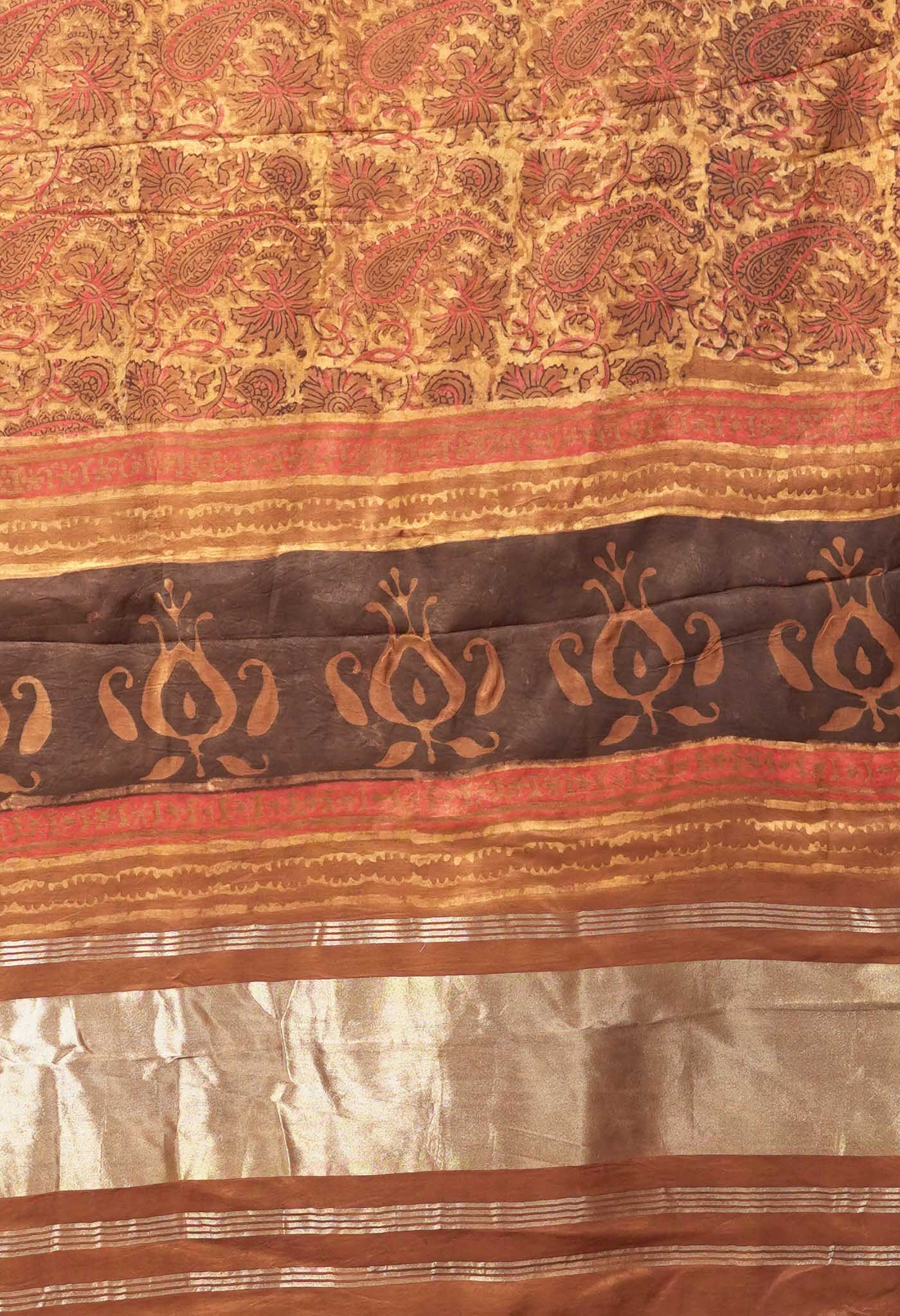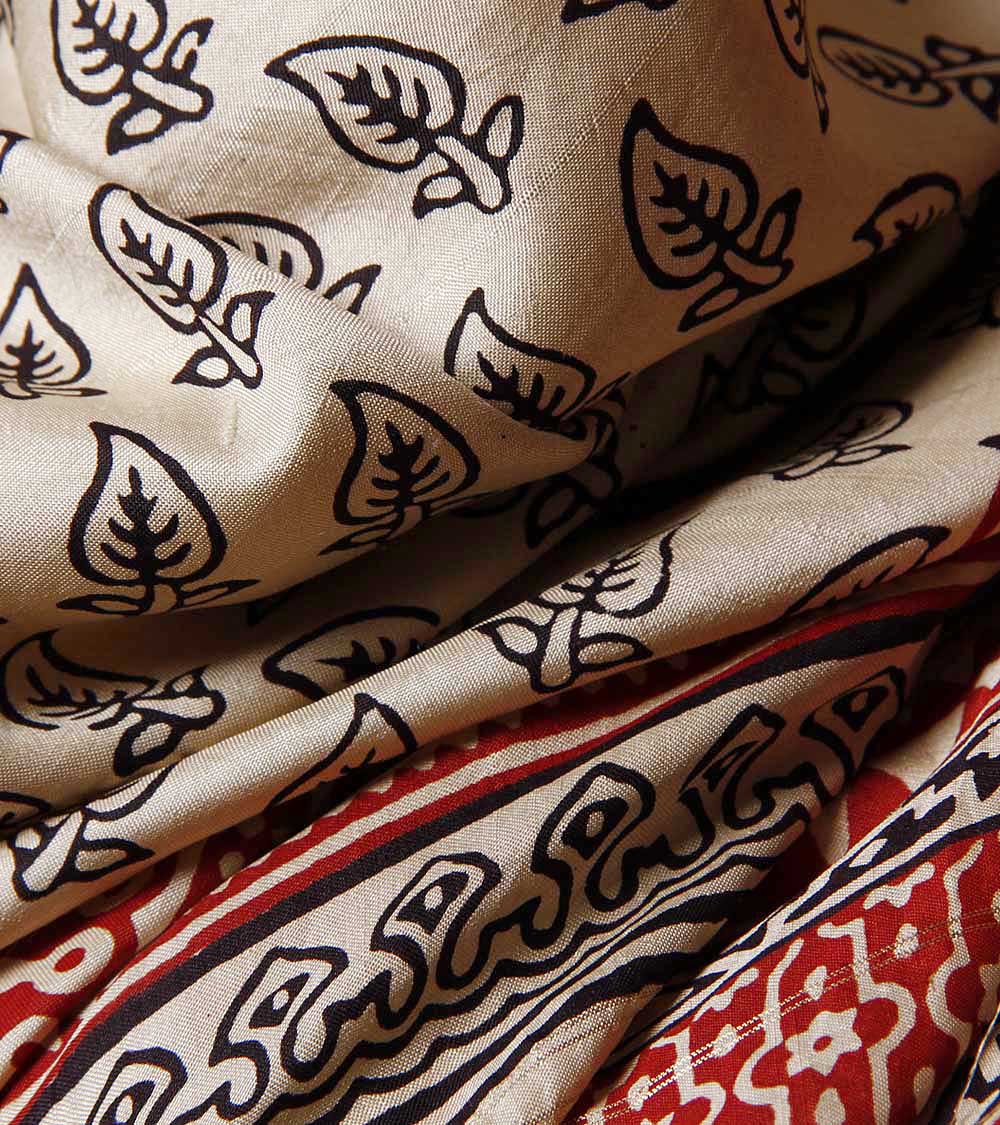
The inimitable & fascinating block prints of Bagh
Bagh is a unique style of block printing on handloom fabrics, the name coming from its origin in the current form in Bagh village of Madhya Pradesh, India. Despite the art being from another region brought by travelers who happened to settle in Manawar, the present style of Bagh printing is said to be from the early 60s when some Muslim Khatris migrated from Manawar to settle in this village.

[/vc_column_text][/vc_column][/vc_row][vc_row][vc_column width="1/1"][vc_column_text]
The specialty of Bagh Prints
 The initial print subjects of the Bagh Prints were geometrical patterns and floral prints. Ismail Khatri of Bagh village in his successful experimentation and implementation has revolutionized the meaning of block prints. He happened to get 200 year and 300 year old blocks which were based on traditional motifs that had been inspired by the 1500 year old cave paintings of nearby regions.
The initial print subjects of the Bagh Prints were geometrical patterns and floral prints. Ismail Khatri of Bagh village in his successful experimentation and implementation has revolutionized the meaning of block prints. He happened to get 200 year and 300 year old blocks which were based on traditional motifs that had been inspired by the 1500 year old cave paintings of nearby regions.
The Nariyal zaal, ghevar zaal motifs (Designs from Taj Mahal paintings), and others like Saj, Dakmandwa, Chameli or Jasmine flower, Maithir or the mushroom, leheriya or jurvaria (designs of small dots on a field) were experimented as block print designs. He also had blocks made based on the Jaali work found in the Tajmahal and local forts. Initially he made use of Red and Black colors from alum and corroded iron and discovered green and yellow from vegetable dyes.
corroded iron and discovered green and yellow from vegetable dyes.
Never before had such beautiful, exotic and captivating designs been seen on fabrics and by the use of these fast colors he got Bagh Prints to be noticed and accepted as a new form of adorning fabrics. To prove his point that handloom fabrics were well-suited for such prints, he printed 1230 different blocks on a single bed cover with imagination and logic. This fetched him the National Award and then on appreciation nationwide for the Bagh Printed sarees. Today Bagh side by side incorporates modern day designs, involving geometrical patterns, captivating bootis, floral scapes interspersed with those historical images, to keep in the race.
[/vc_column_text][/vc_column][/vc_row][vc_row][vc_column width="1/1"][vc_column_text]
Brief historical background of the Bagh Prints
Bagh Prints was practiced by the tribal muslims who had migrated to Manavar from across the border and settled there. The print subjects were mainly geometrical prints and floral compositions. There was a lull in between that led to many of these traditional practitioners deserting the art and being lured away to the production of synthetic fabrics that also came up at that time. It was Ismail Khatri who in Bagh village gave it the present form by staying on in the practice of this art and experimenting with designs. In a brave move he altered the concept, the process and the look of these printed fabrics and brought the turnaround of a doomed art. Till then it was an art of drawing and designs on paper. With his transfer of the block designs to fabrics he revolutionized the art.
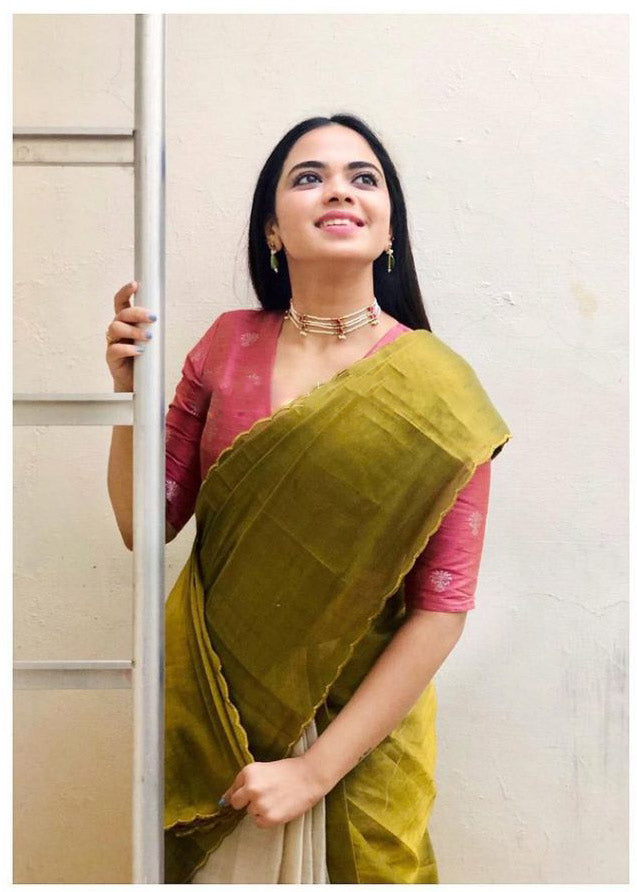
[/vc_column_text][/vc_column][/vc_row][vc_row][vc_column width="1/2"][vc_column_text]
Elaborate process of the Bagh Printed sarees
Bagh Prints were initially made on handloom cotton fabrics. Looking to the successful outcome Bagh was also tried out on tussar silk and crepe to the same end. The Bagh process seems simple but is quite elaborate and with a lot of washes for the fabric.
The fabric is soaked overnight in water and dried. Next a paste of goat droppings, raw salt, castor oil and water is made and the fabric is put in it, stamped upon till it is completely soaked. The fabric is laid out on a layered slope surface so that the water runs down and it dries. Again washed by water it is ready to be printed upon. A wooden tray with a bamboo ‘Jaali’ fitted has red and black paste applied on it. Layers of thick wet cloth placed on these colors soak them up. The block is dipped in the colors and placed lightly on the stretched out fabric on a flat surface like a smooth stone slab table with seven layers of jute on it.
Printing of the designs done similarly across the length of the fabric, the sari is dried and kept aside for some days. Then it is washed in the nearby flowing Baghini river, dried, put in a cauldron containing a mix of Dhawadi flowers, Alzarin, and Tapai and dried one last time. The Bagh Printed fabric is complete.
[/vc_column_text][/vc_column][vc_column width="1/2"][vc_single_image image="9206" img_link_target="_self" img_size="800*400"][vc_single_image image="9207" img_link_target="_self" img_size="800*700"][/vc_column][/vc_row][vc_row][vc_column width="1/1"][vc_column_text]
Unnati Silks and the Bagh Printed sarees
Bagh Prints are seen on the Maheshwari handloom cotton, georgette and chiffon fabrics as well as the Chanderi cotton and sico sarees. Single design motifs are printed on the field, the borders are matched with same color different shade or golden zari, but the pallu or end piece is like a designer affair. There are several block prints of different designs combined in a pattern and interspersed with large booti sections. Plenty of colors, lots of designer fare! This art has also been extended to fabrics like the Salwar Kameez, where it offers sufficient scope for a good resplendent display of the exotic Bagh Prints.
Bagh Prints is a tradition, a historical art that has evolved into present day fashion flair that people like Ismail Khatri and his lineage have faithfully kept alive and improved upon so that a truly magnificent and marvellous work of ethnic artistry would not be lost to the world merely on account of the lack of practitioners.
[/vc_column_text][/vc_column][/vc_row][vc_row][vc_column width="1/1"][vc_gallery type="image_grid" interval="3" images="9227,9220,9223,9224,9219,9221,9228,9222,9225,9226" onclick="link_image" custom_links_target="_self"][vc_column_text]The encouraging market and the trendy world of fashion fabrics by their overwhelming response to the Bagh Prints have certainly given a fillip to the continued propagation of this fine art.[/vc_column_text][vc_cta_button call_text="To shop Bagh Printed Saris From Madhya Pradesh" title="Shop Now" target="_blank" color="btn-success" icon="none" size="wpb_regularsize" position="cta_align_right" href="http://www.unnatisilks.com/catalogsearch/result/?q=bagh+print"][/vc_column][/vc_row]

